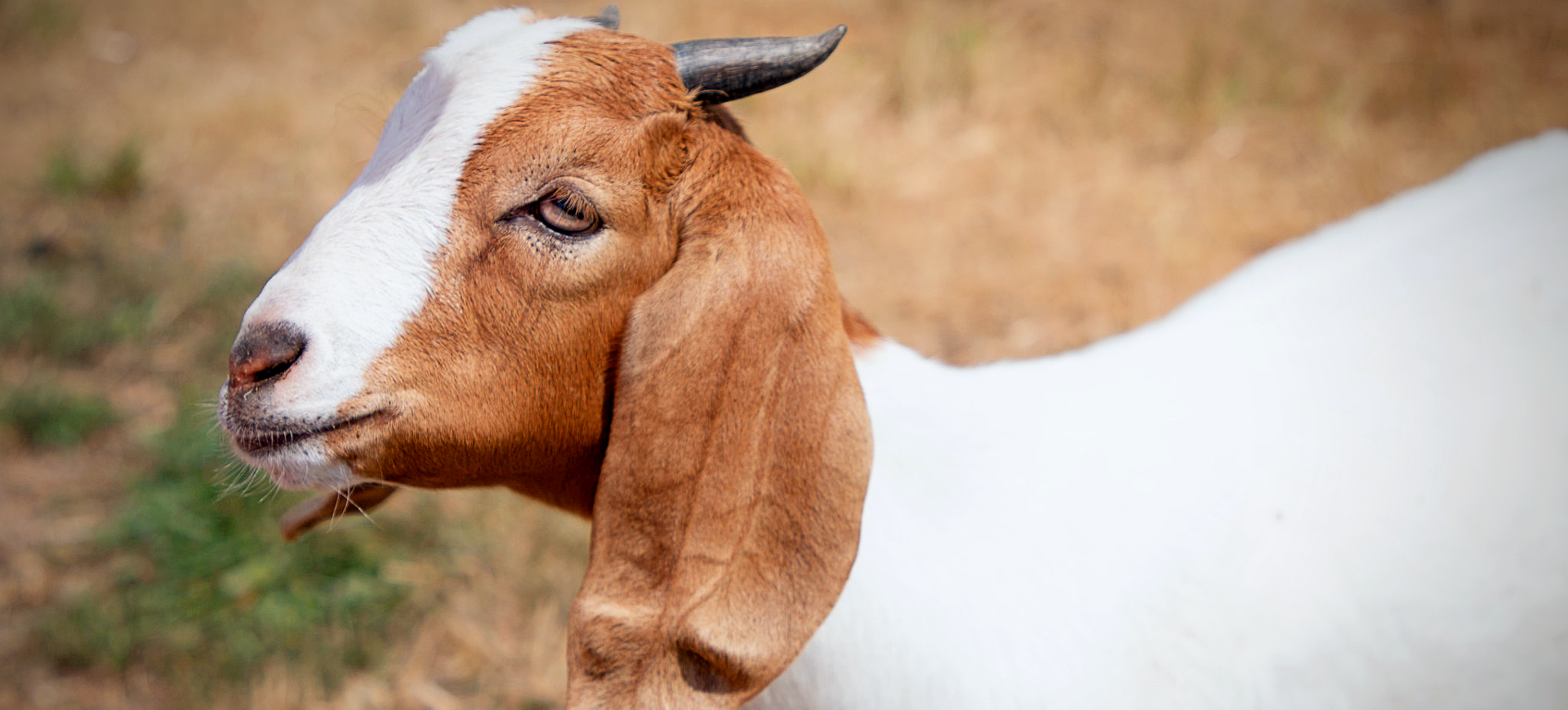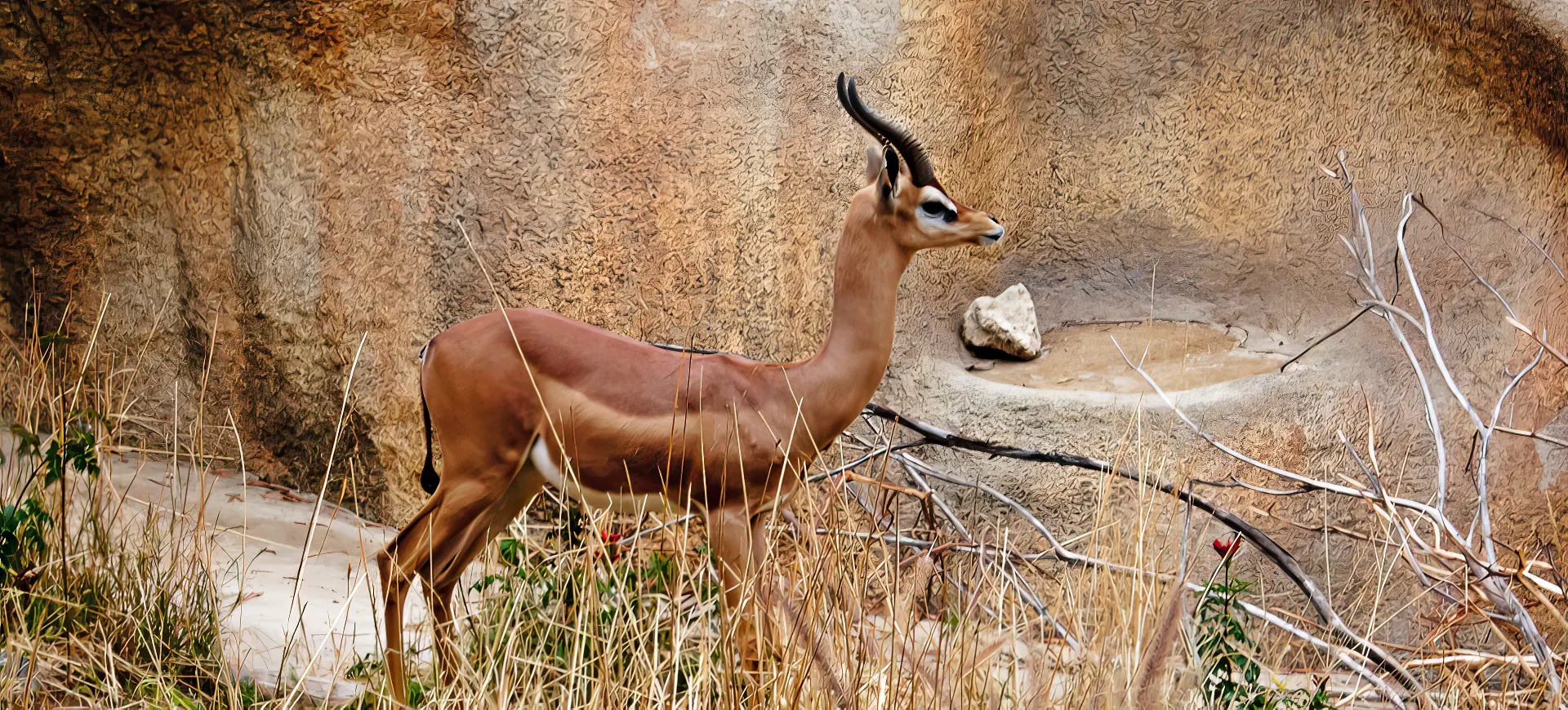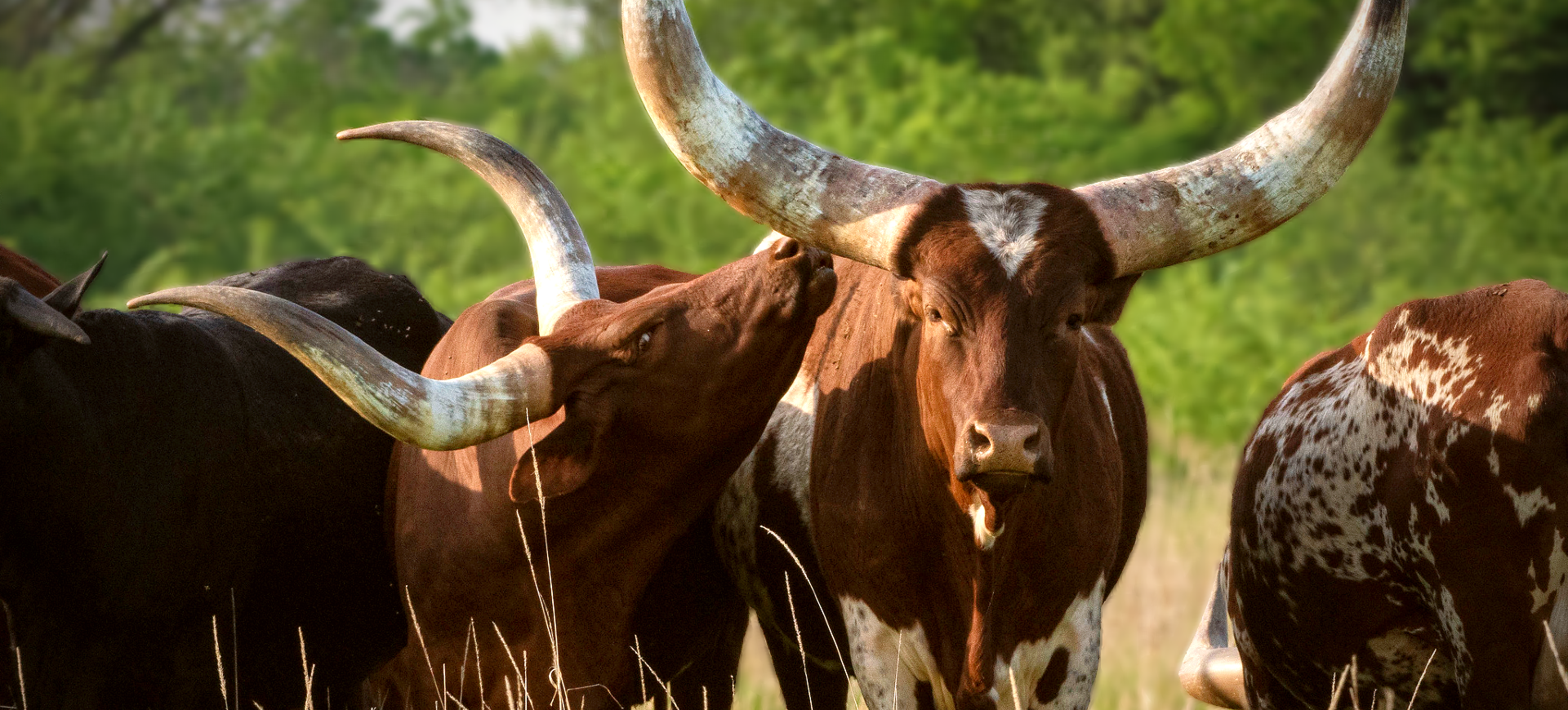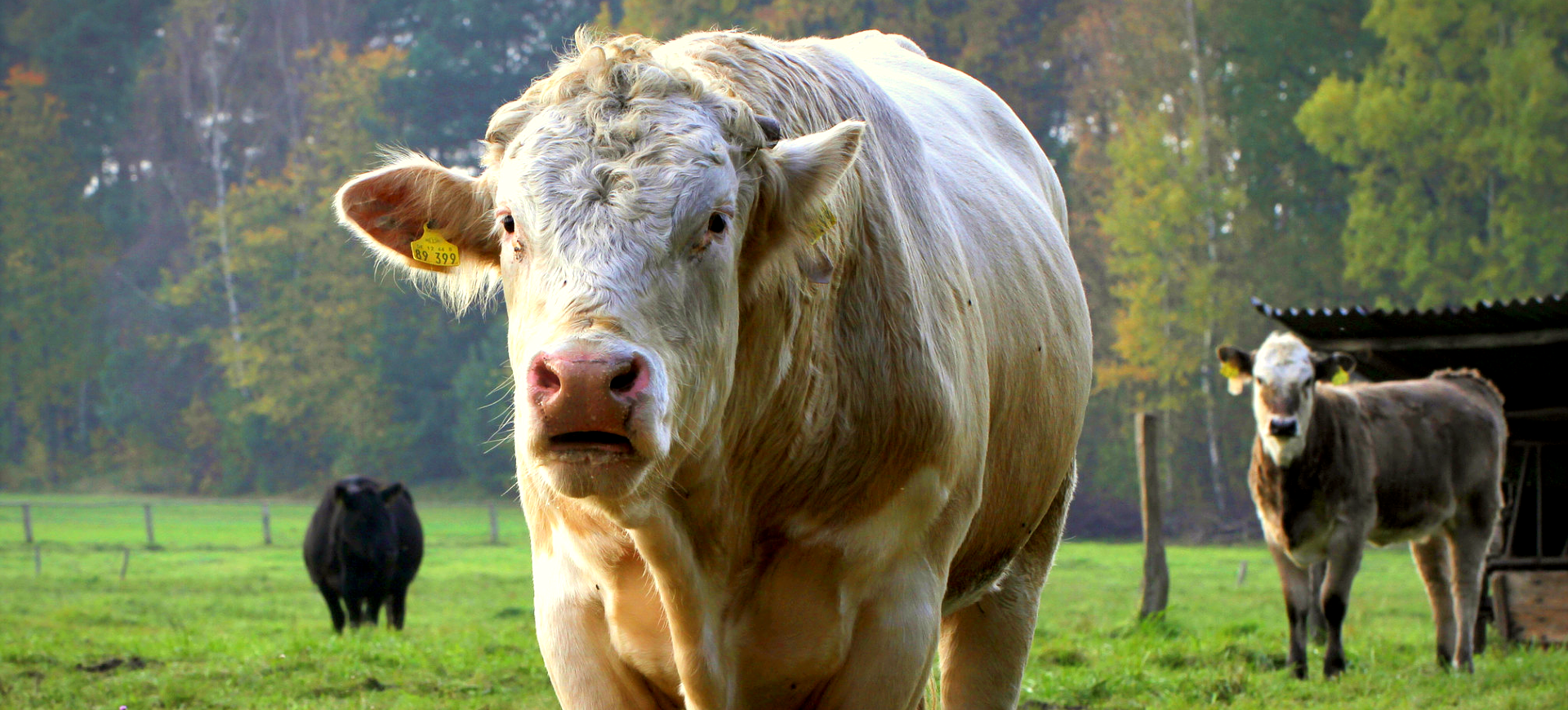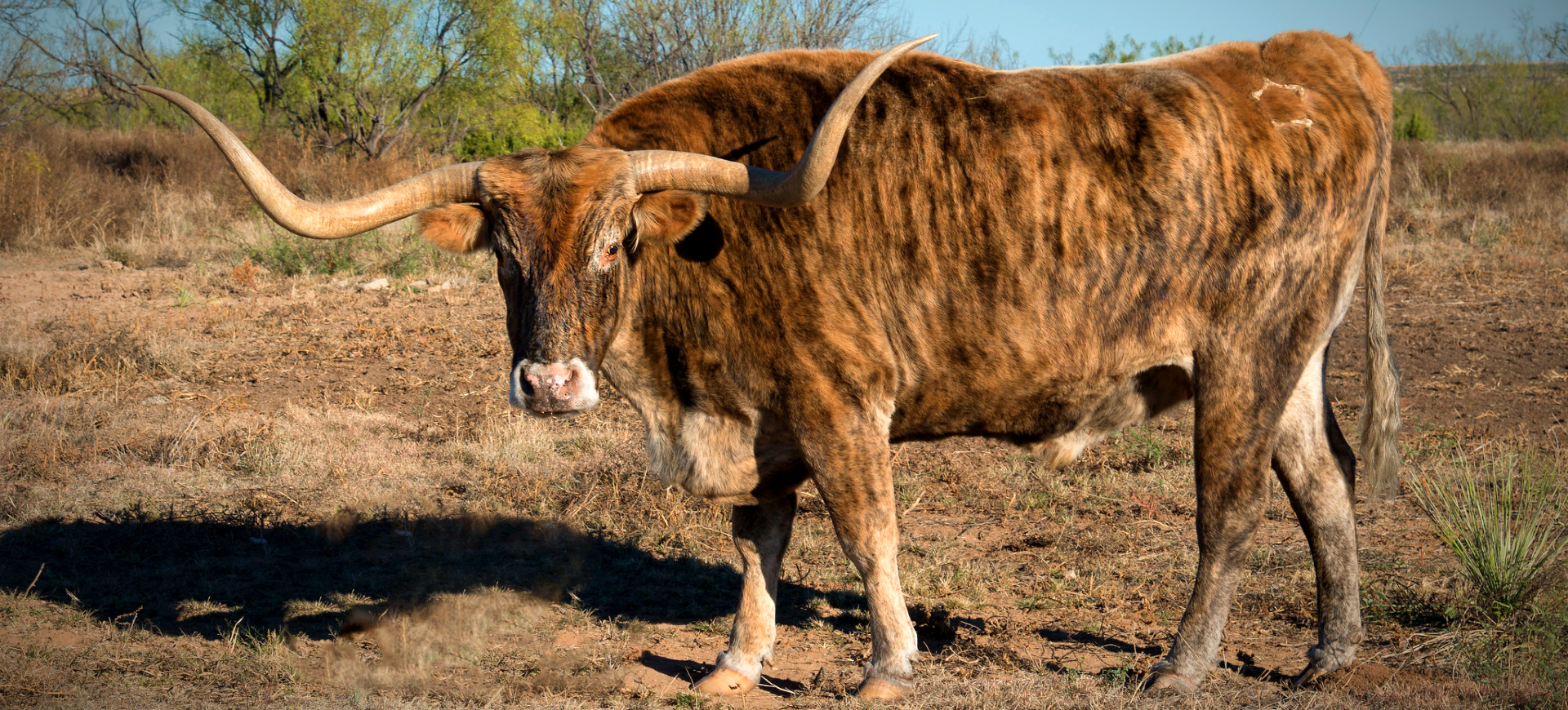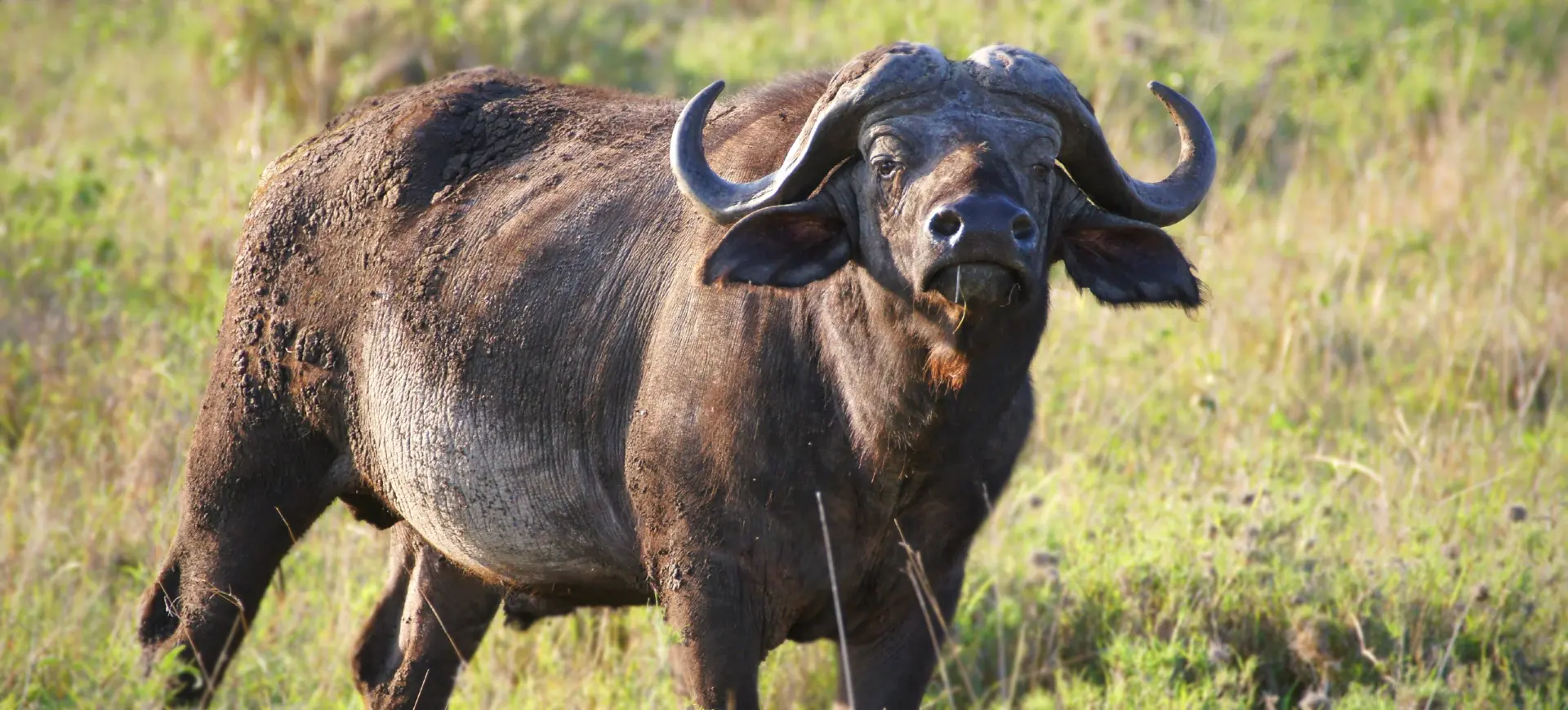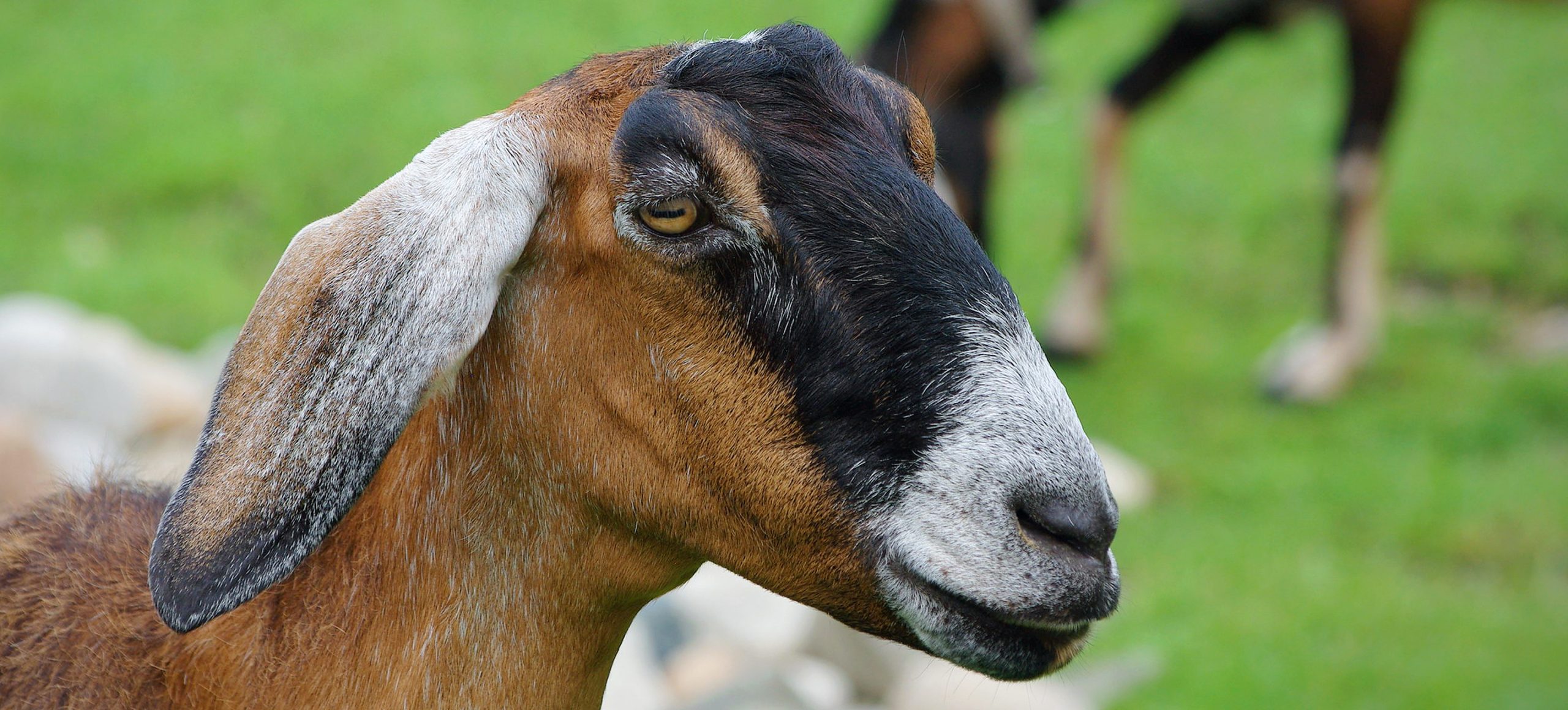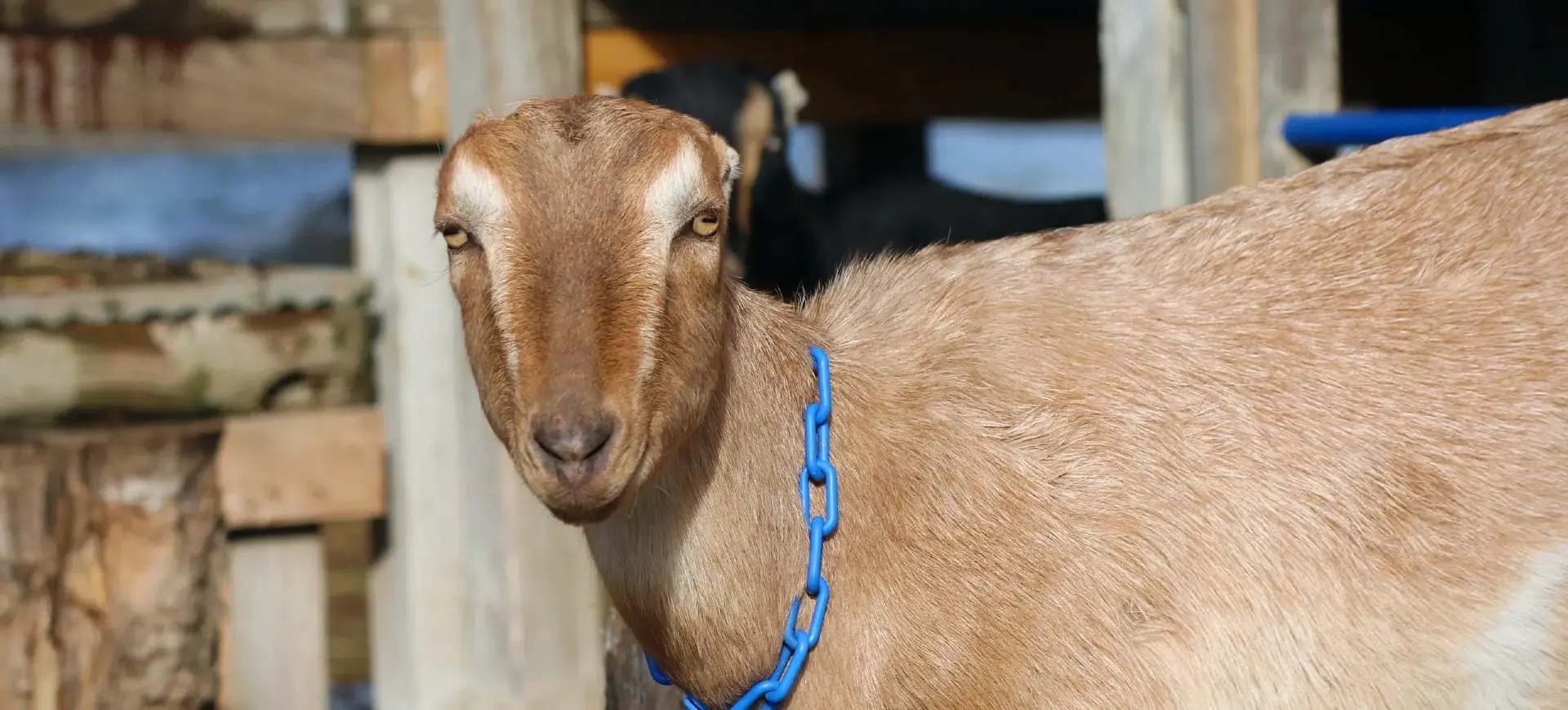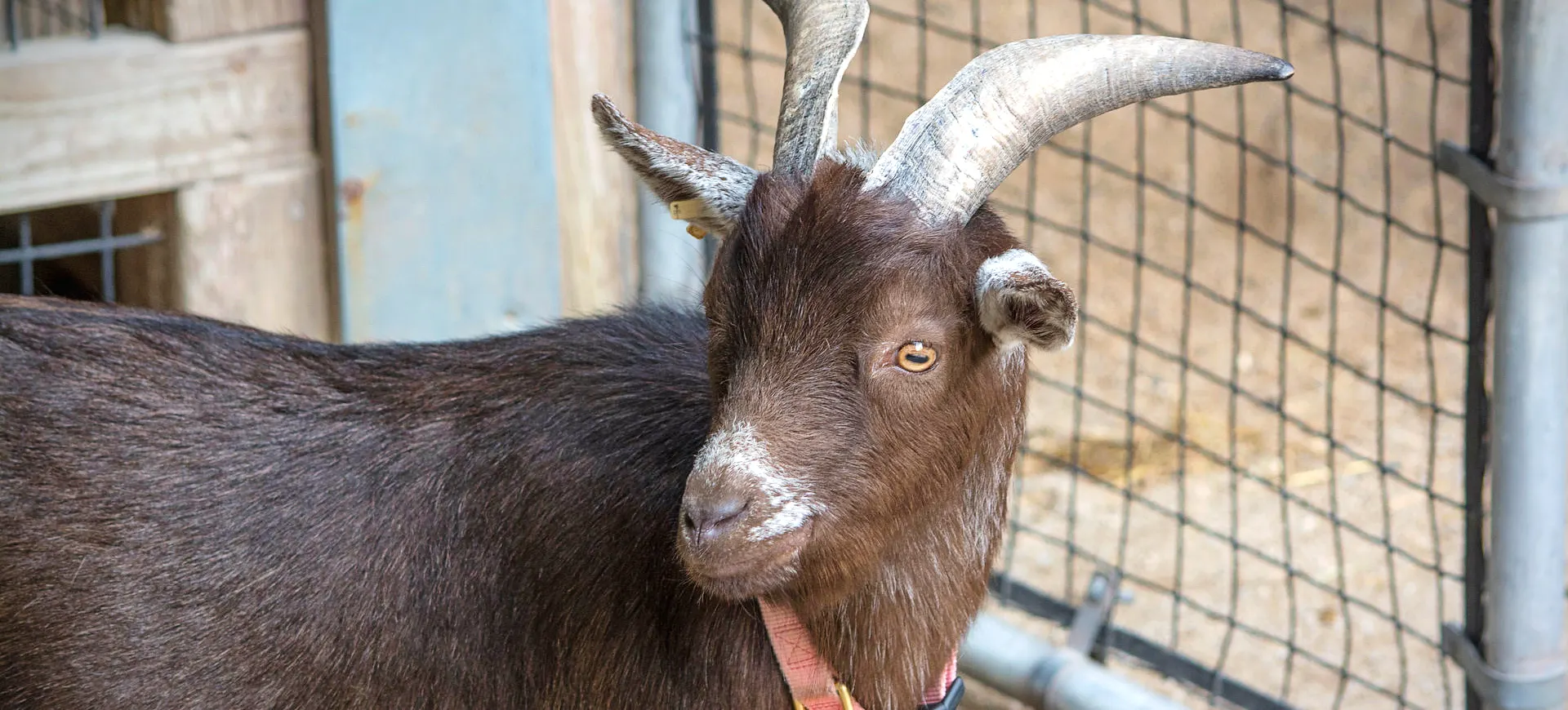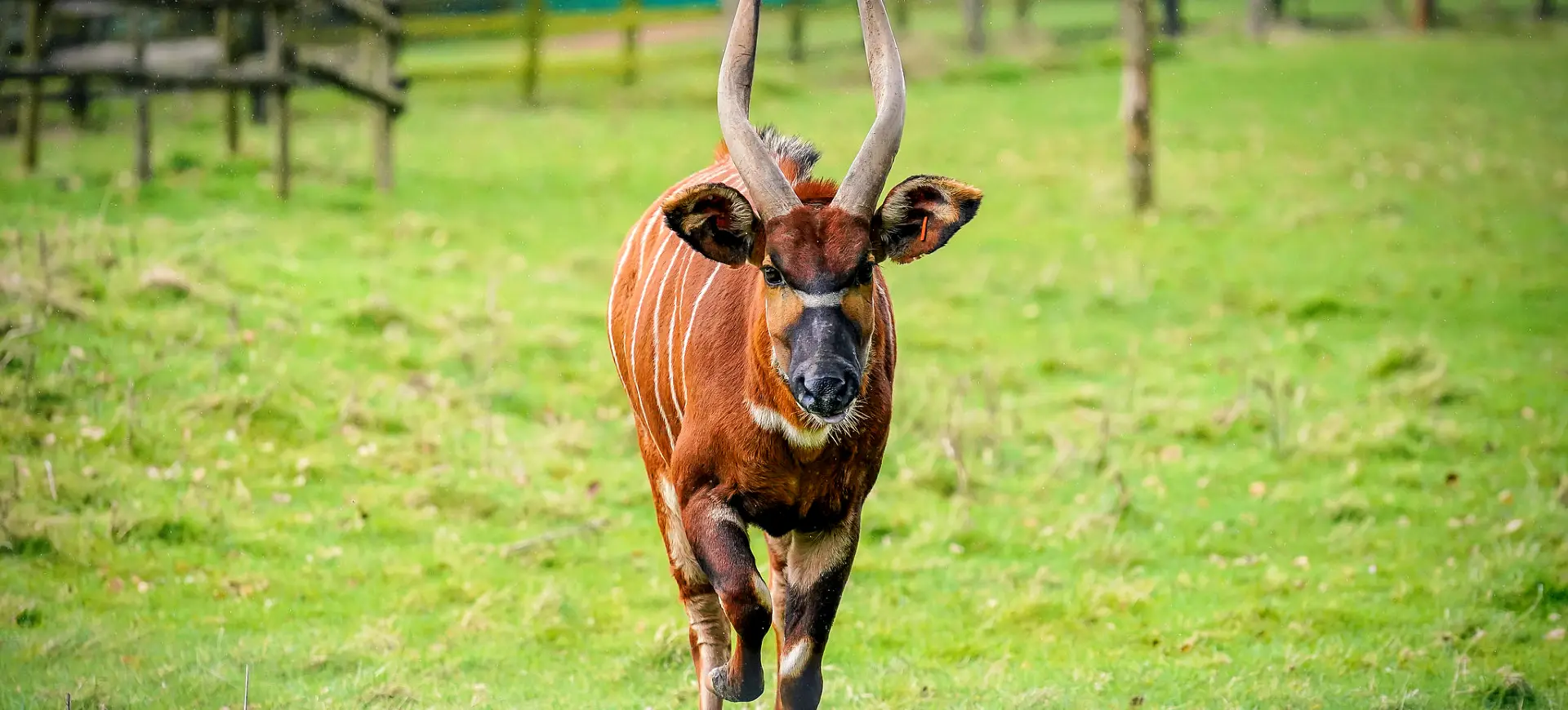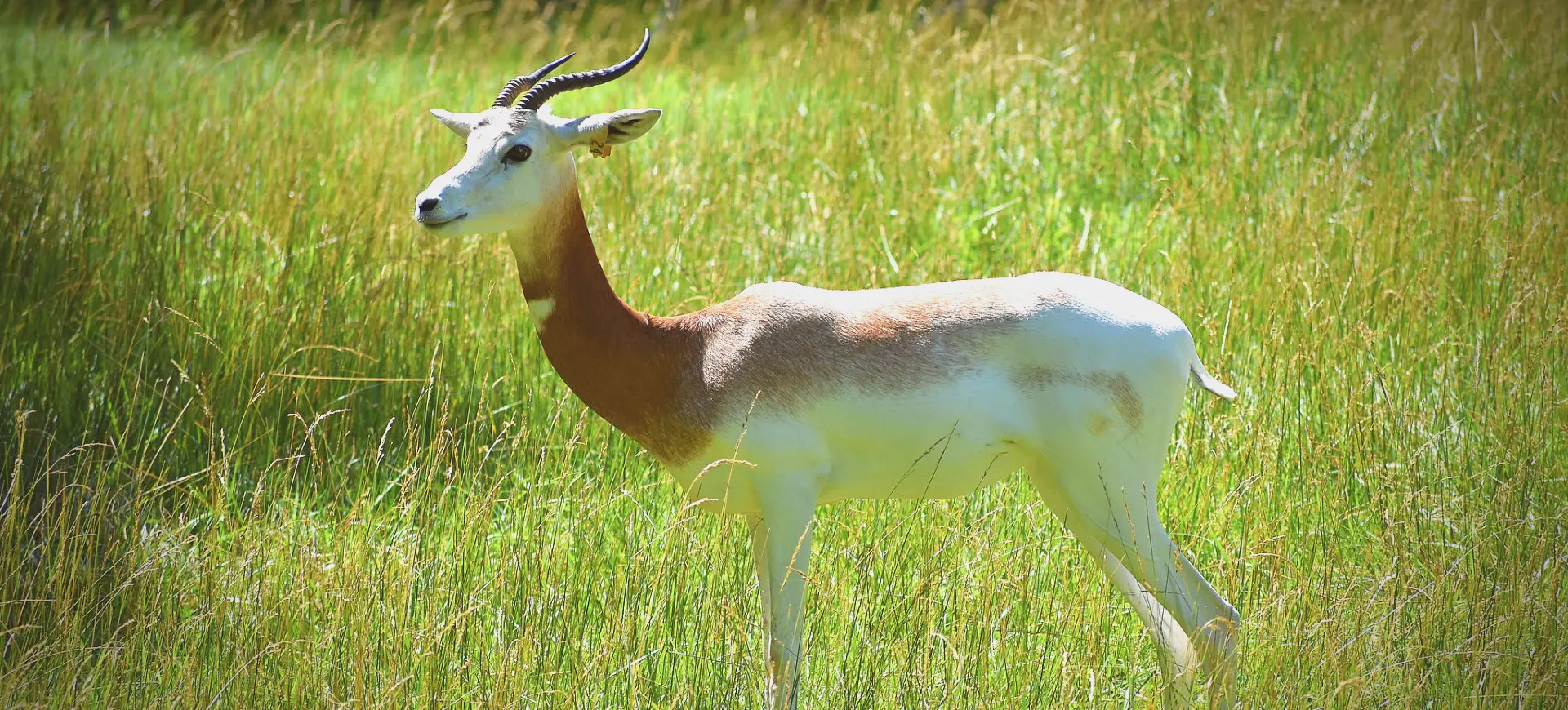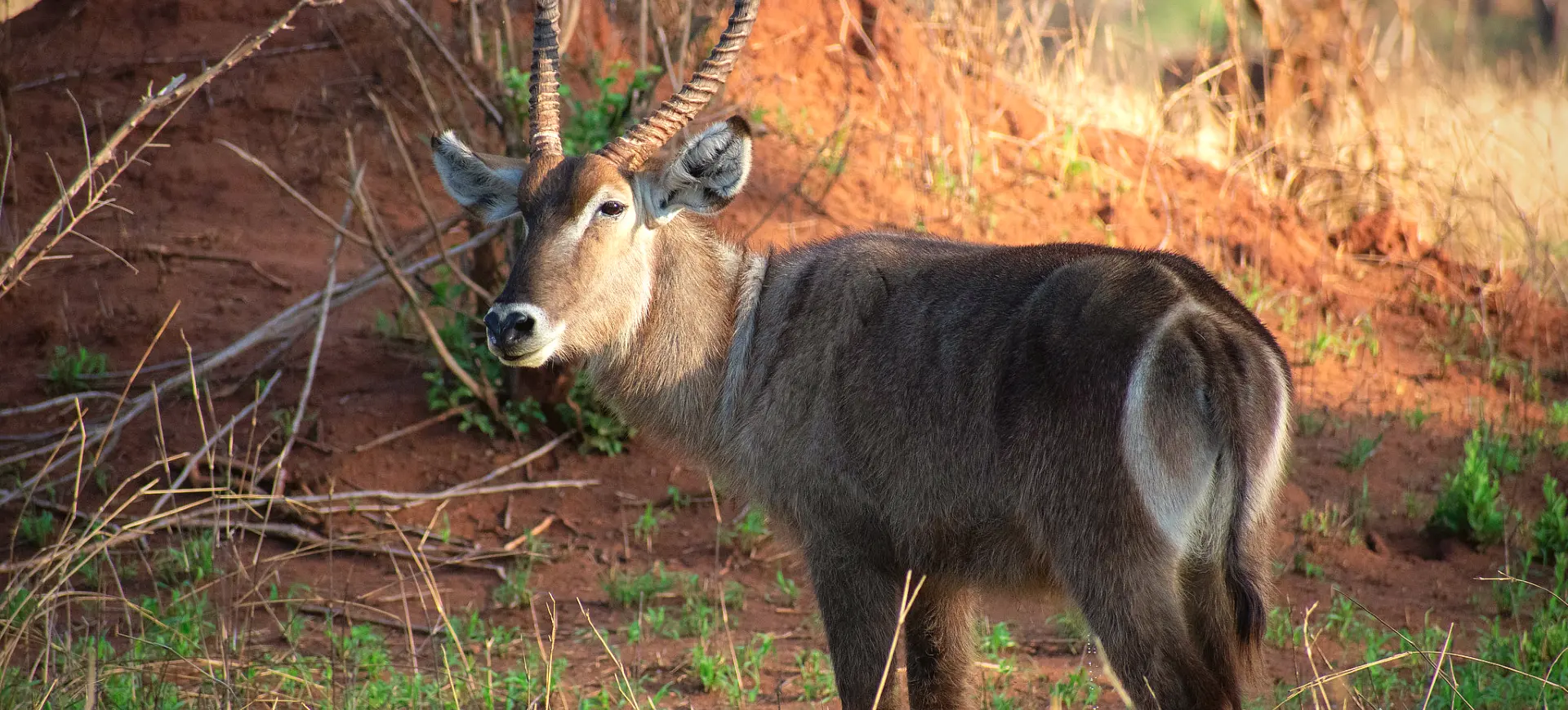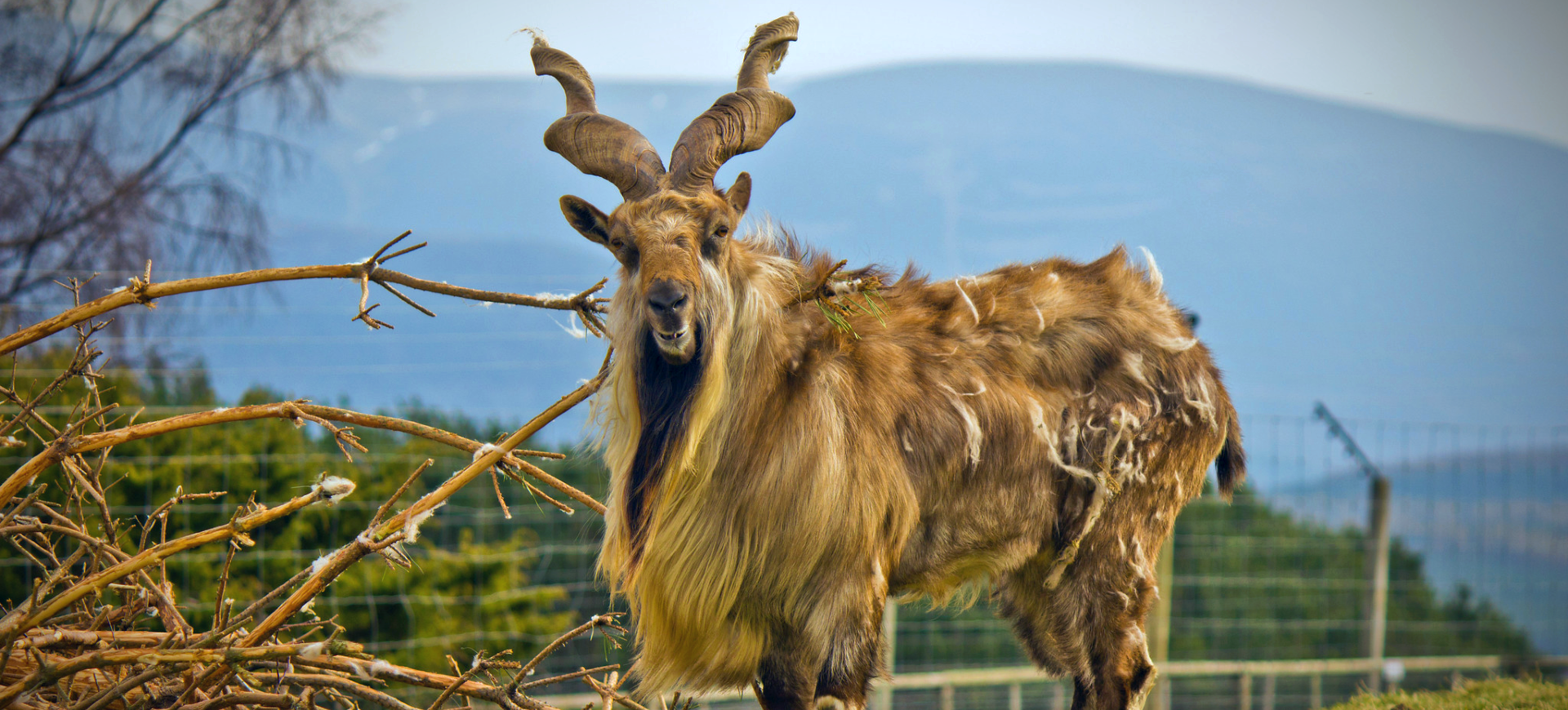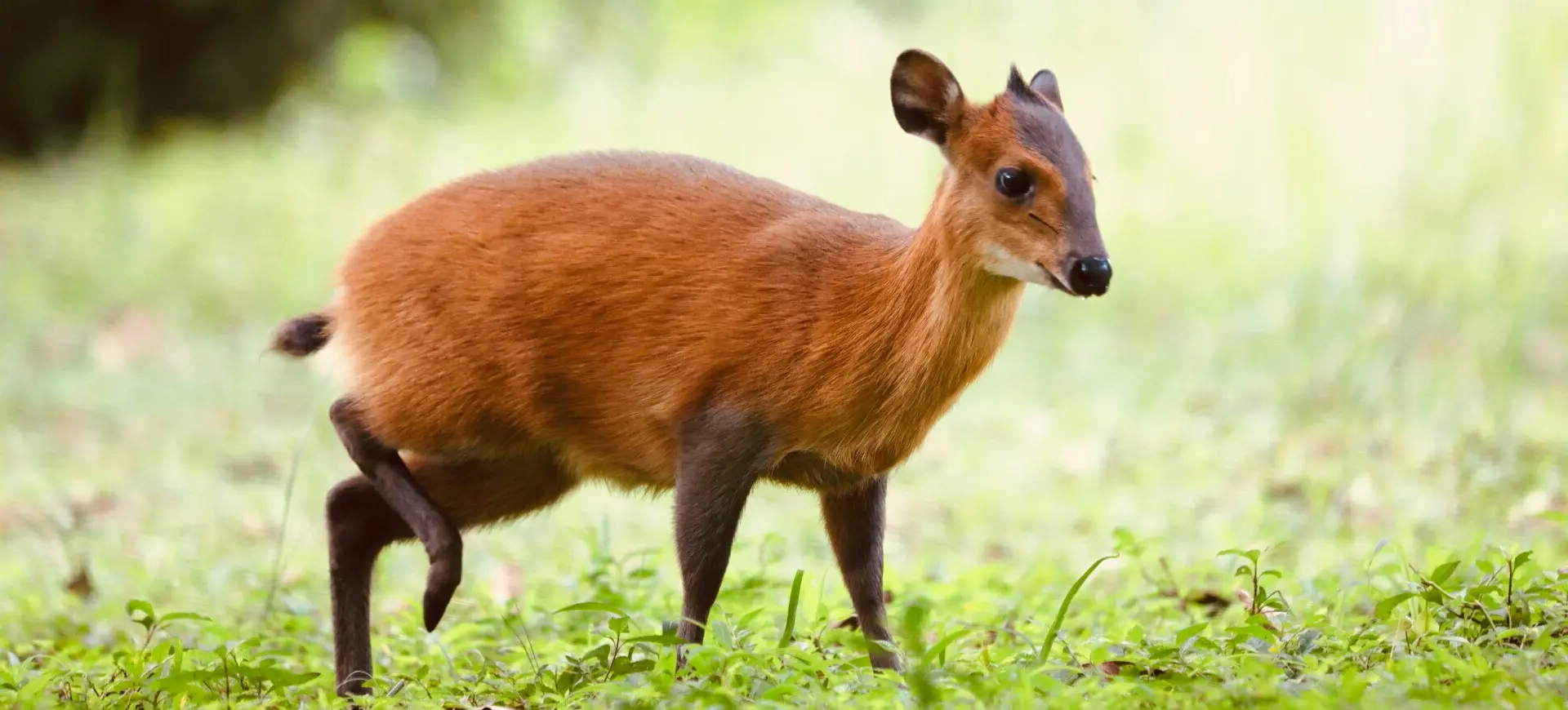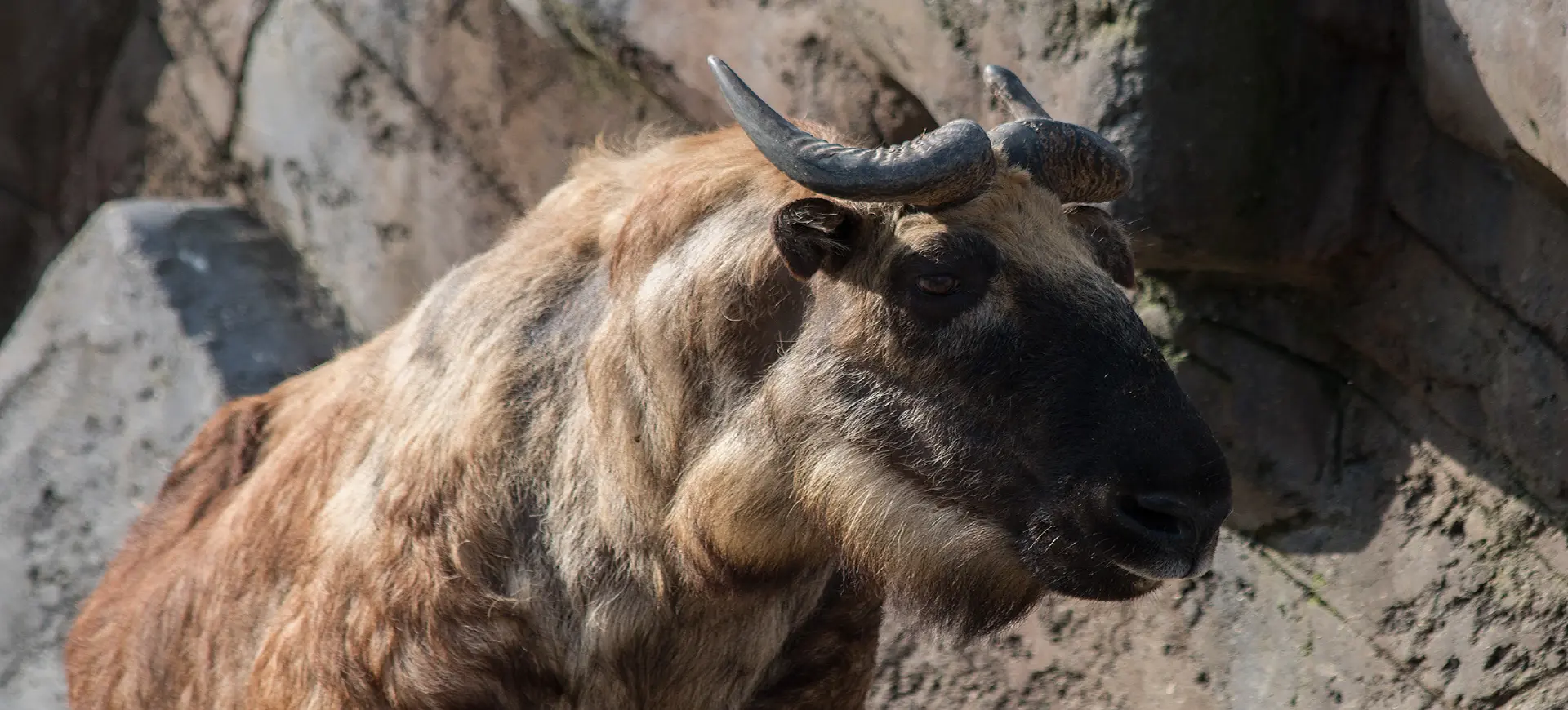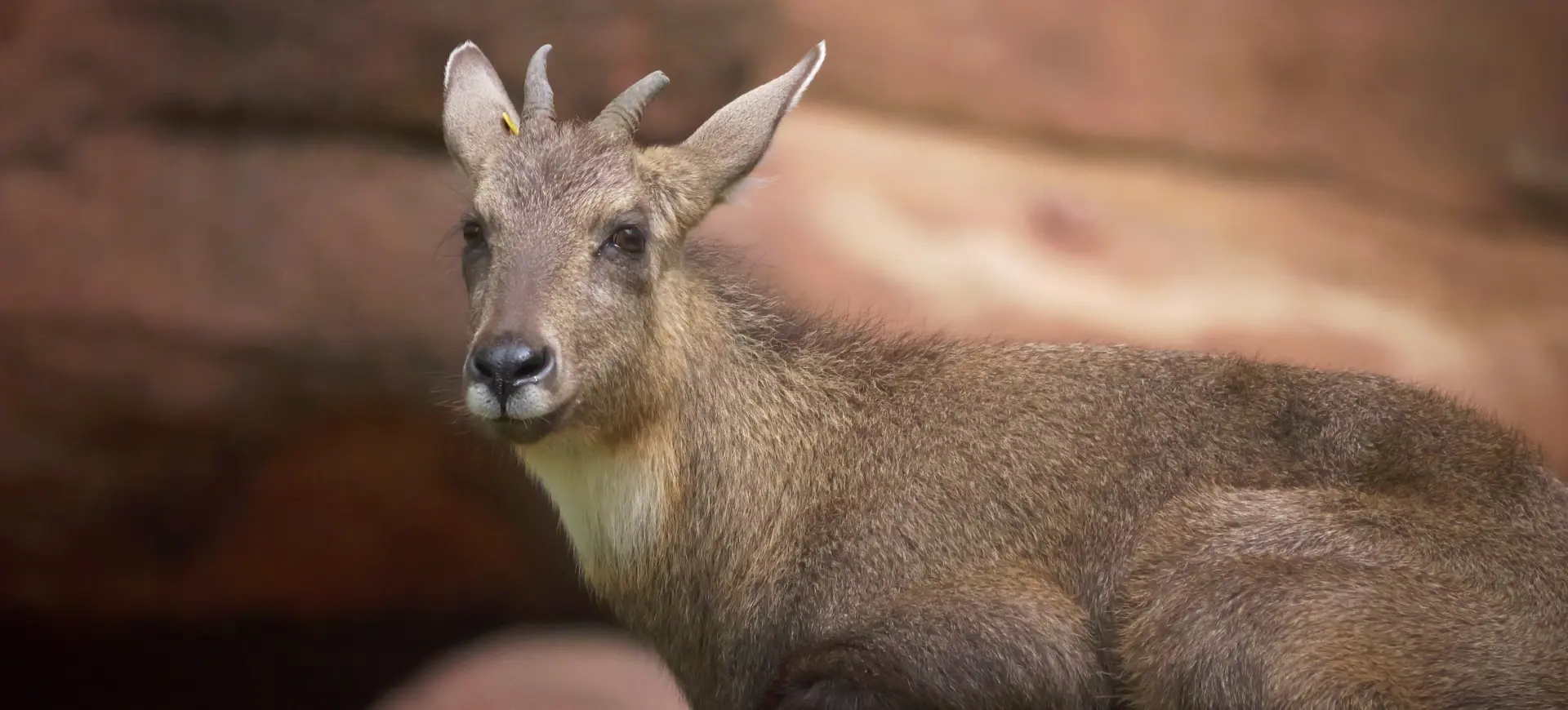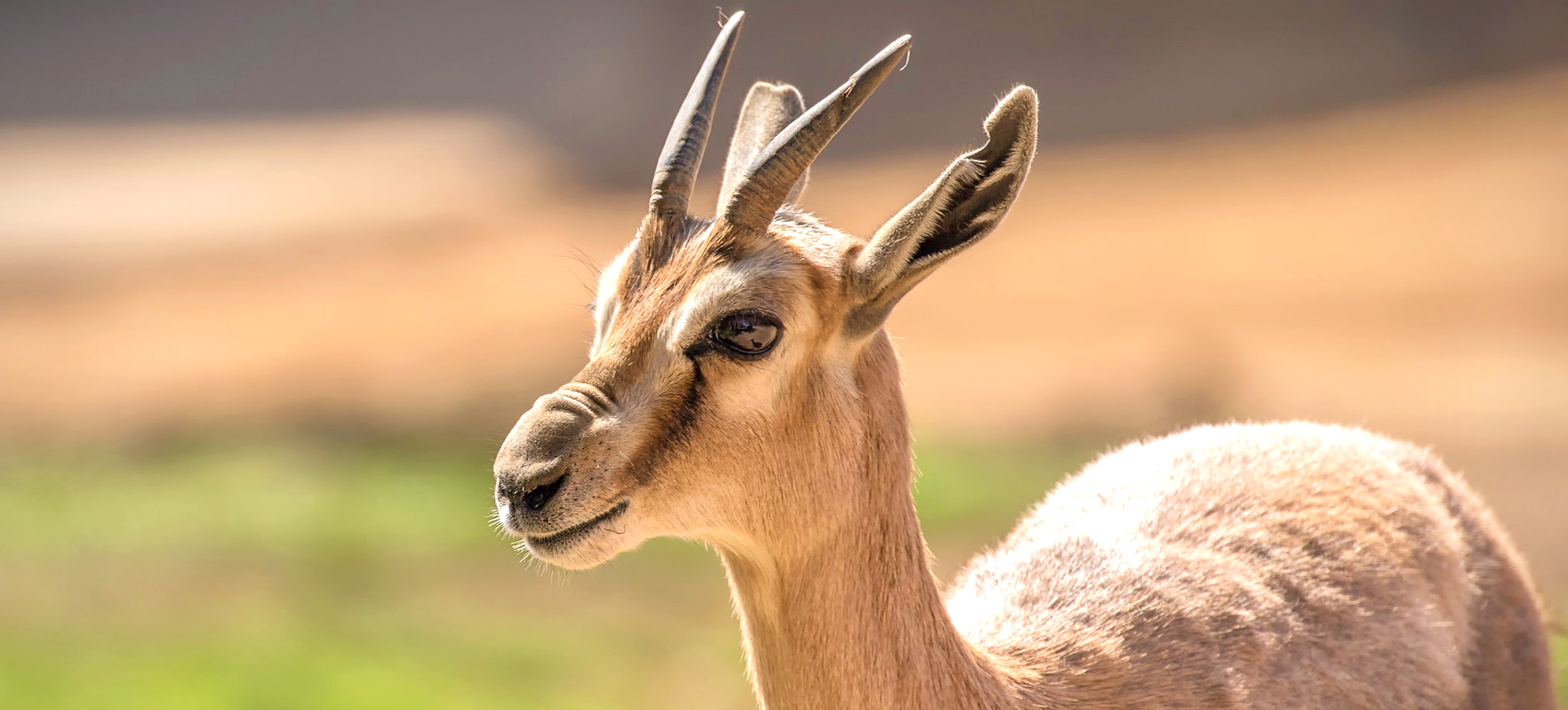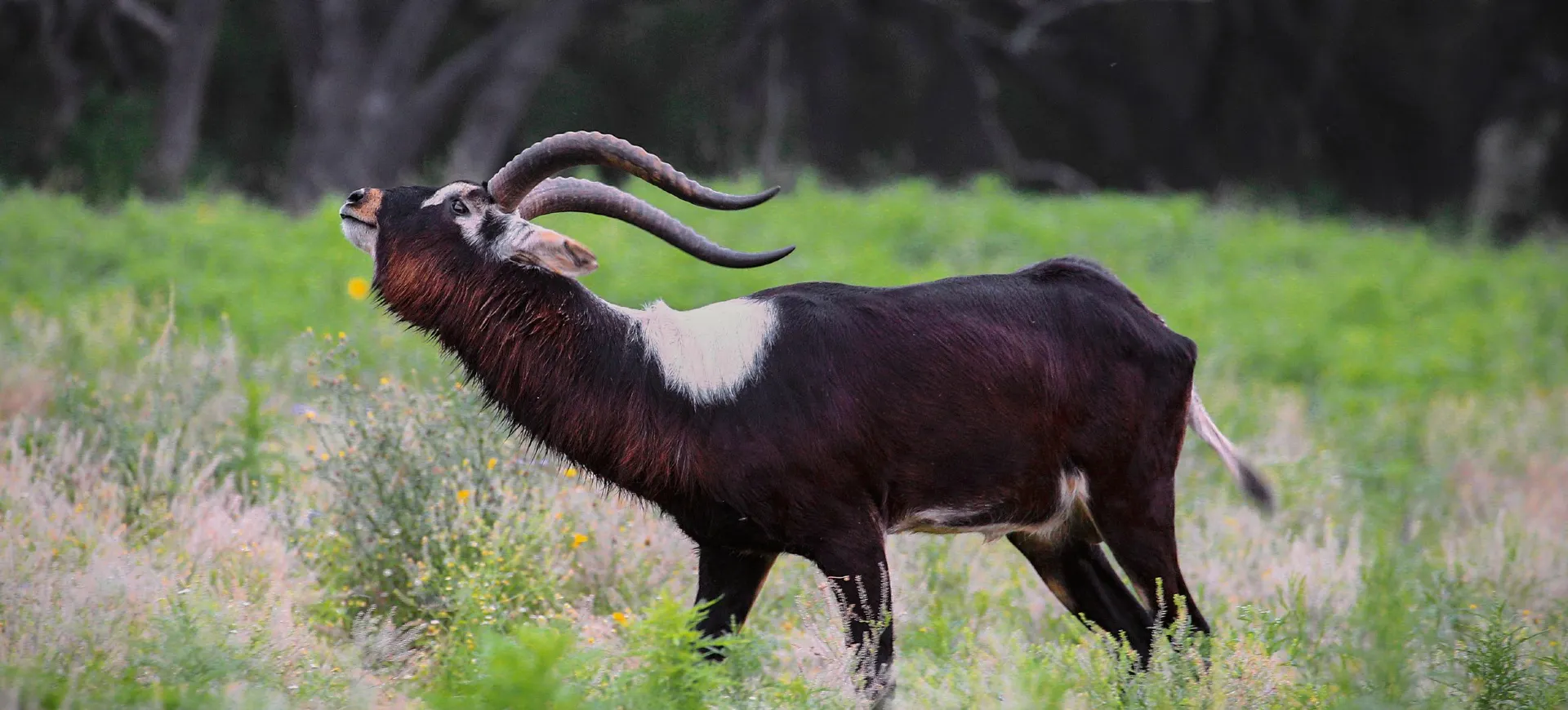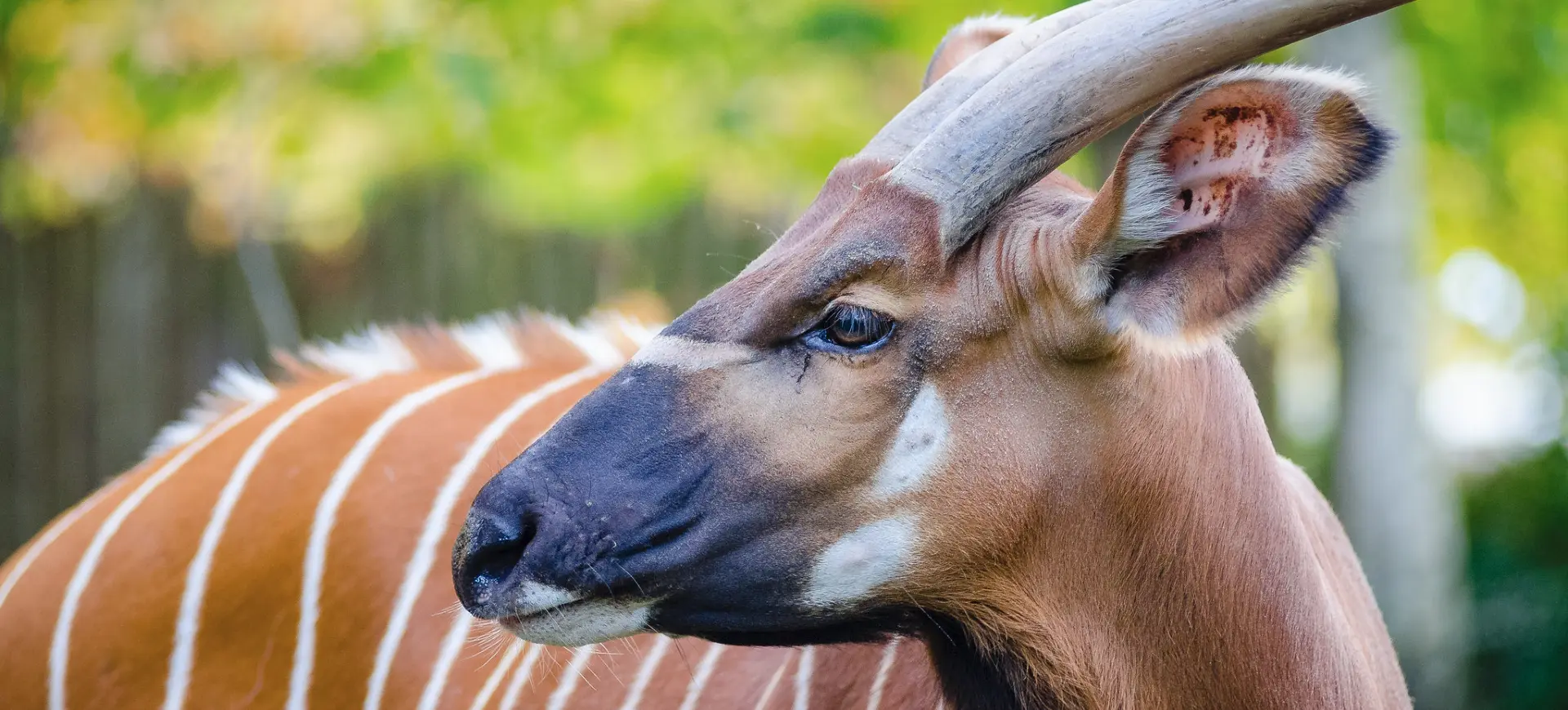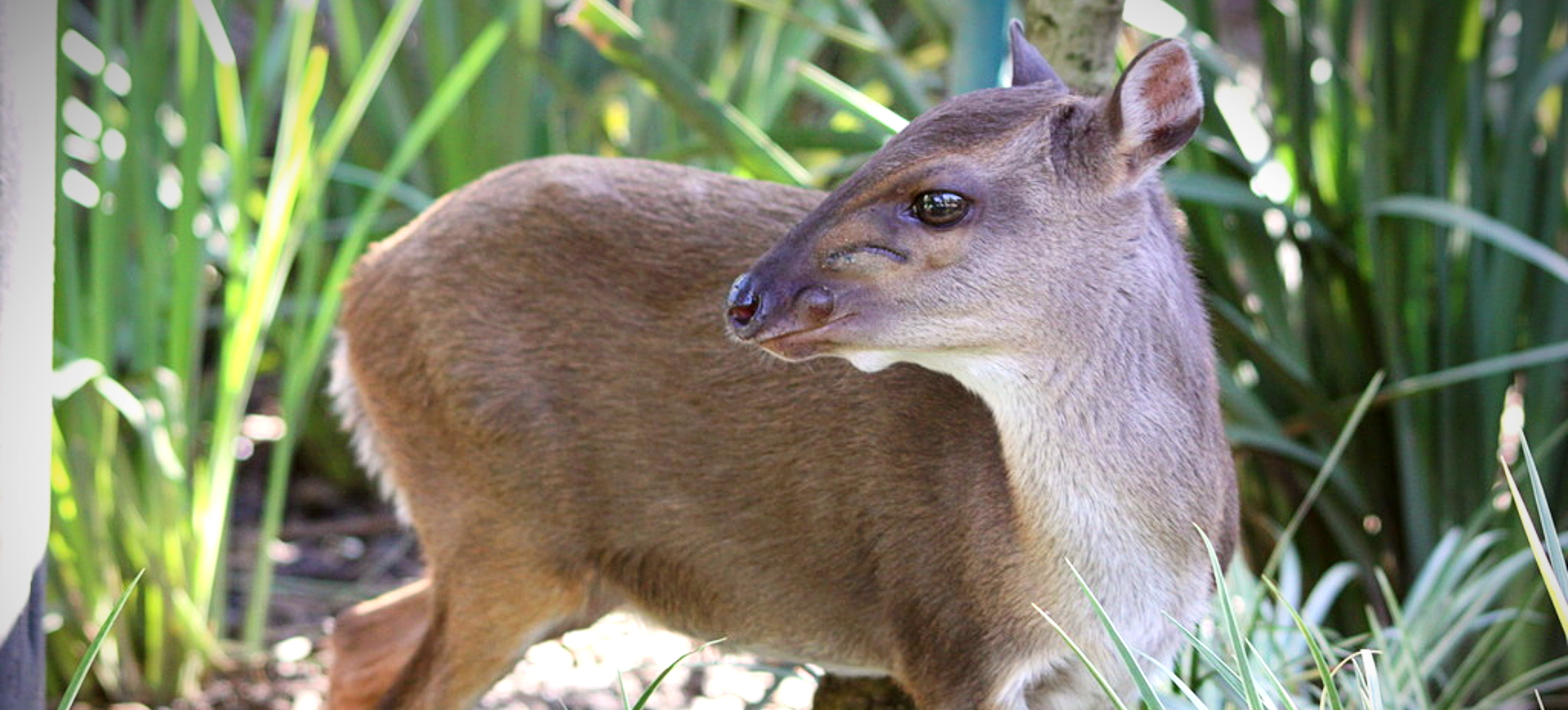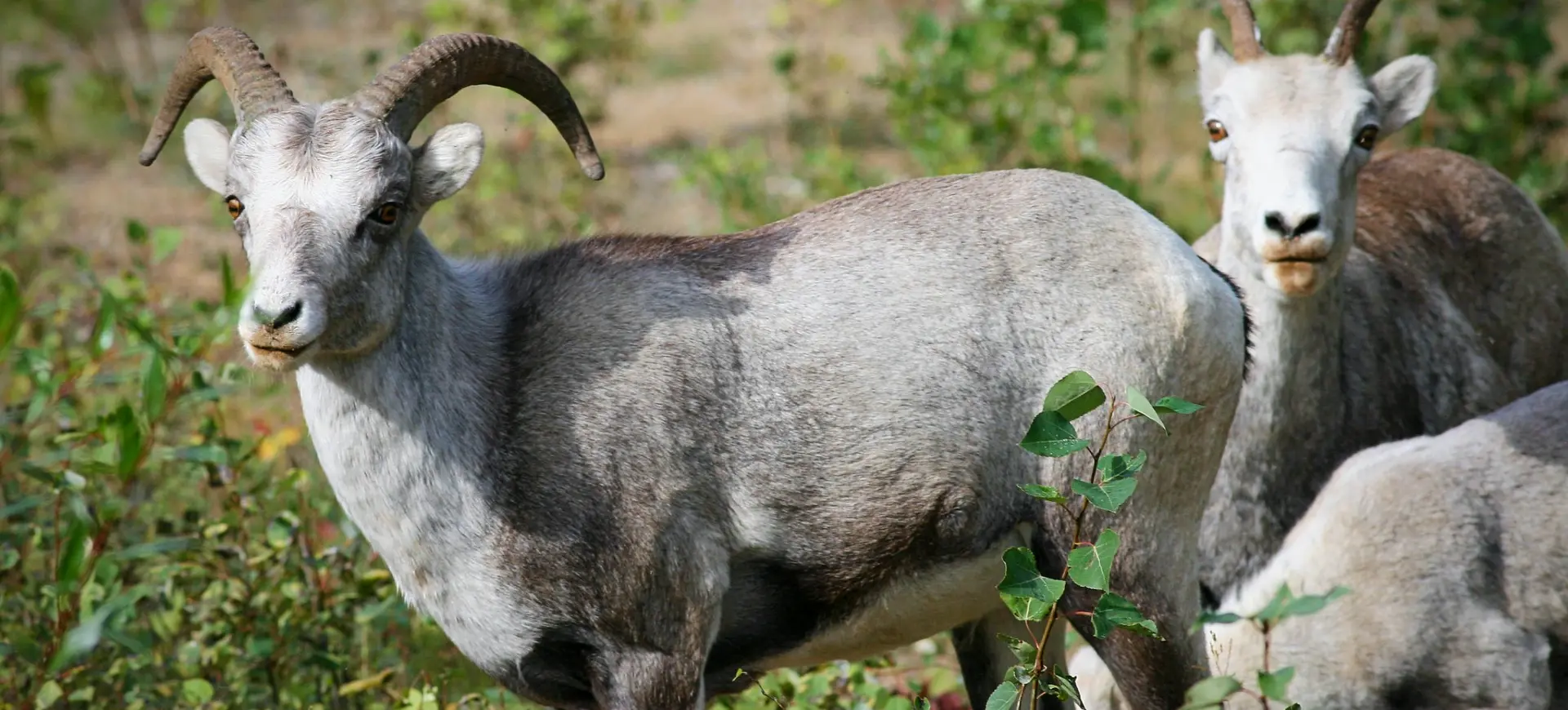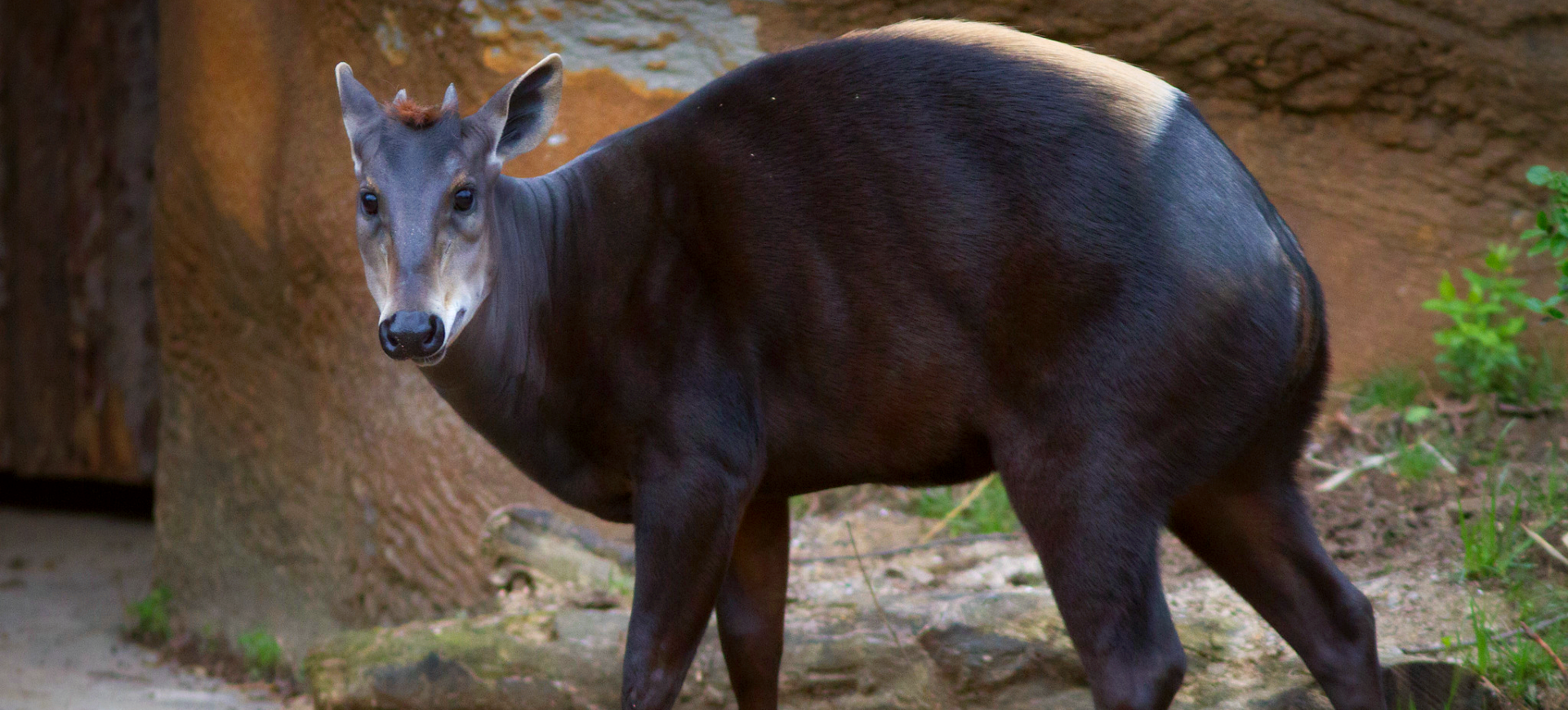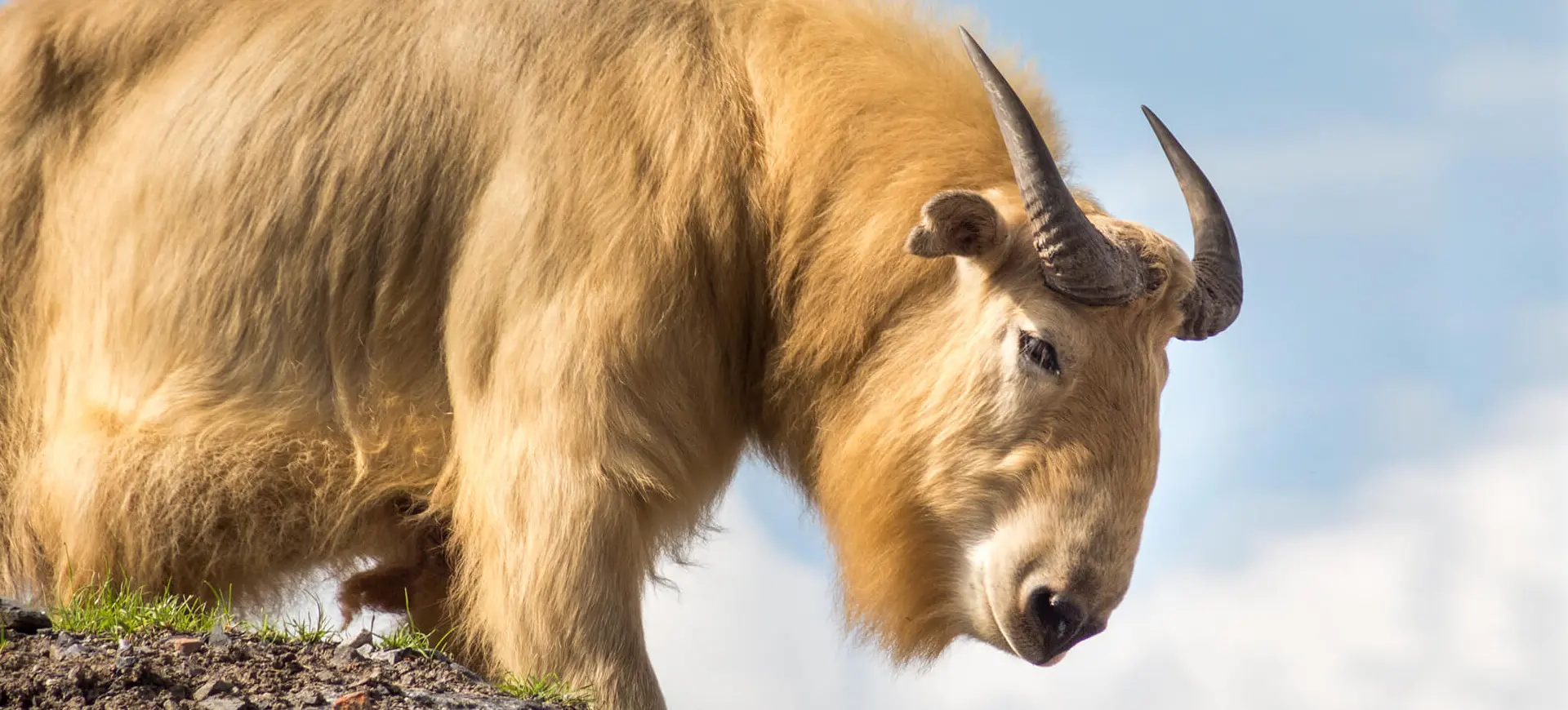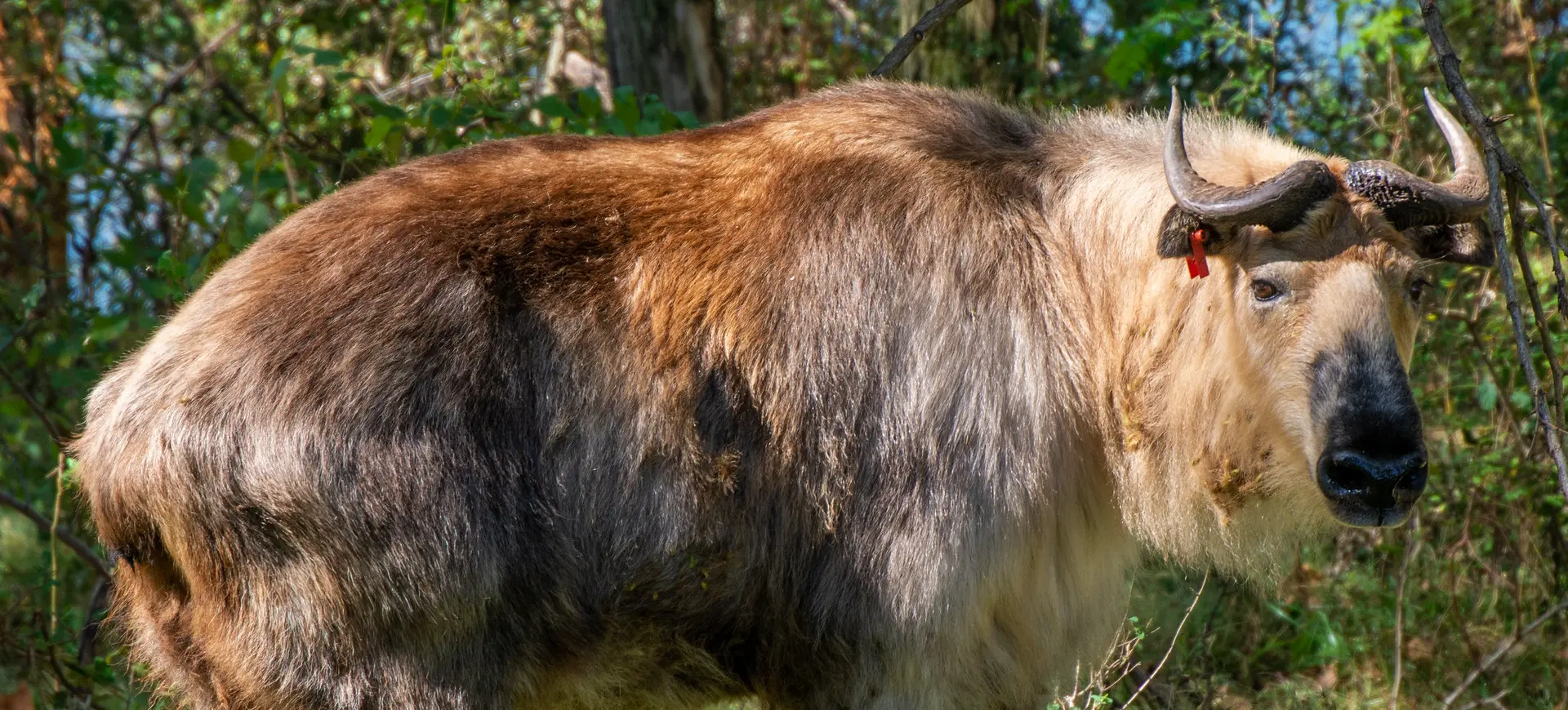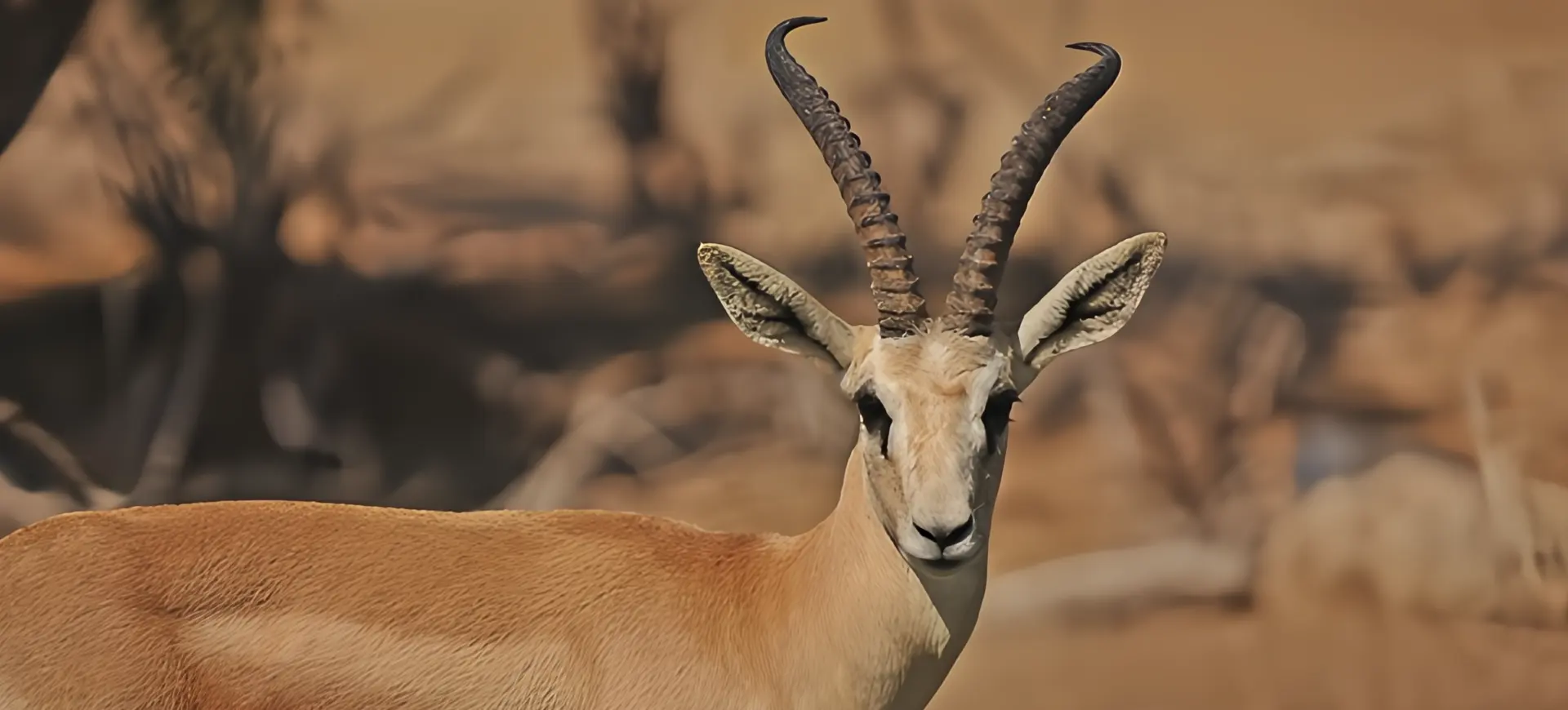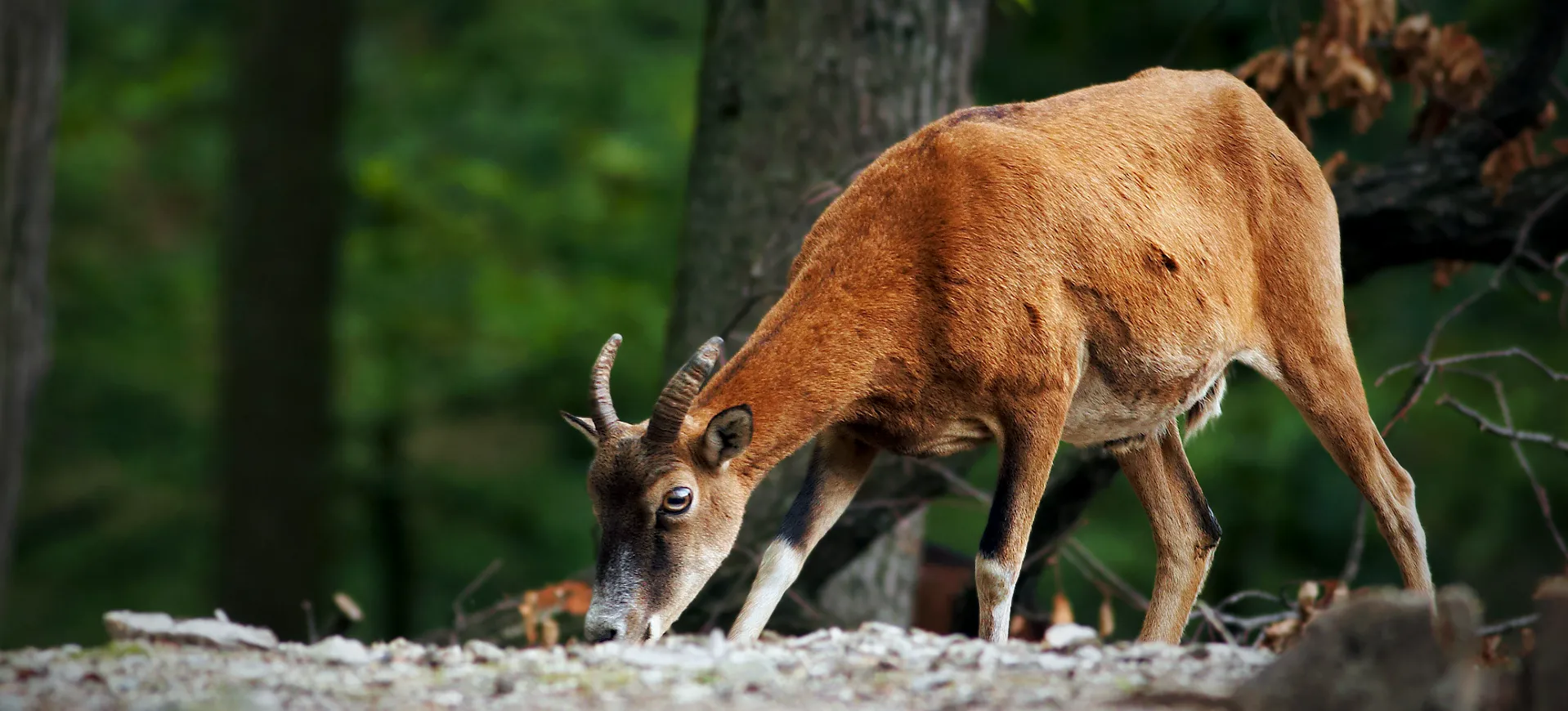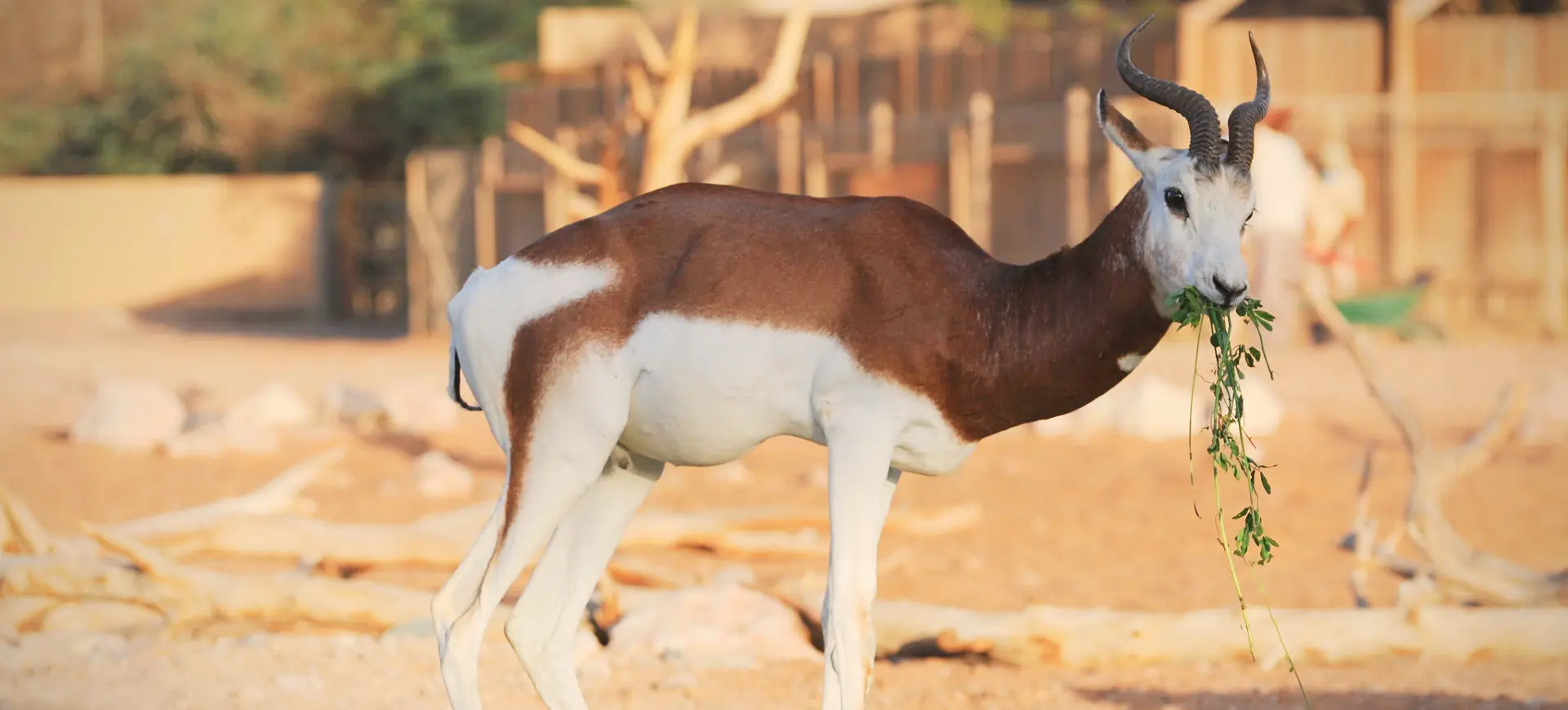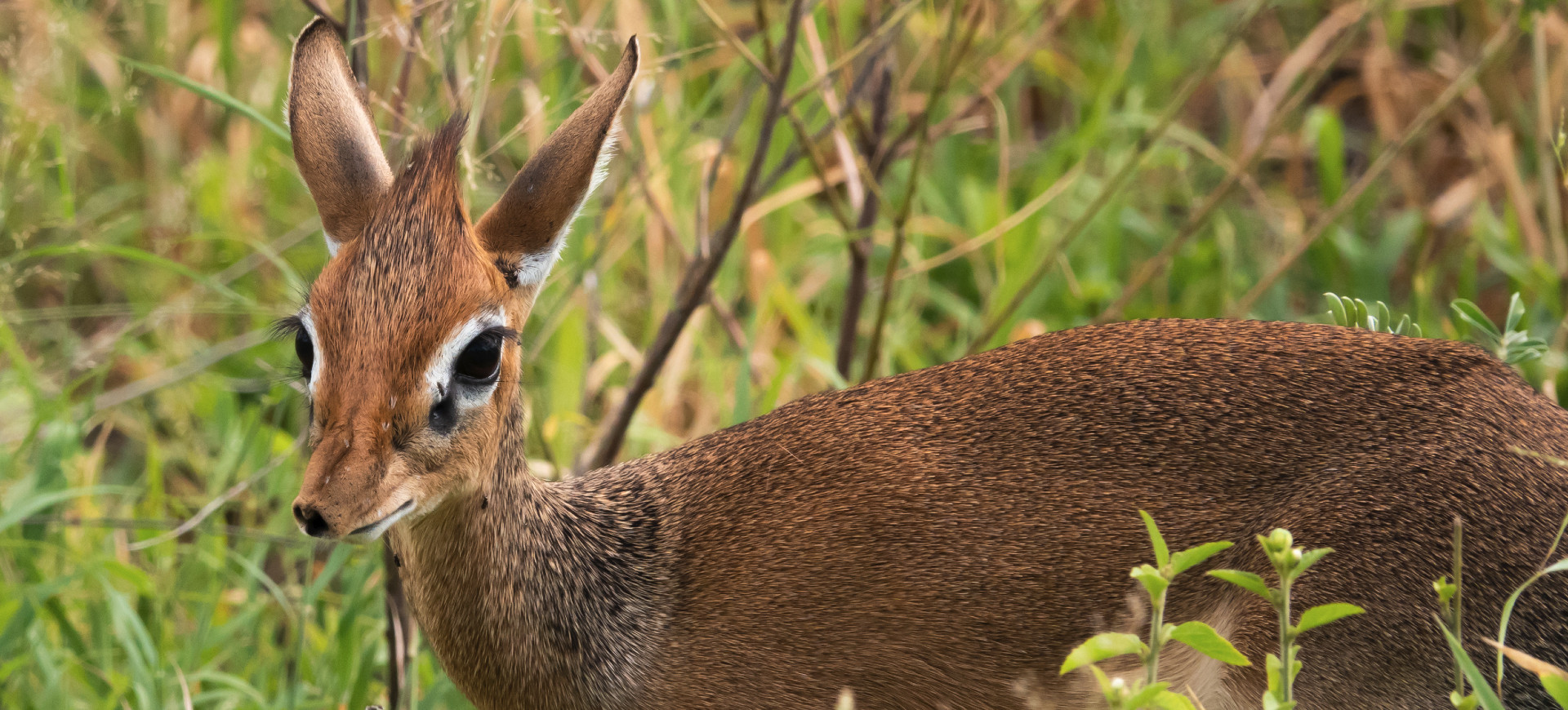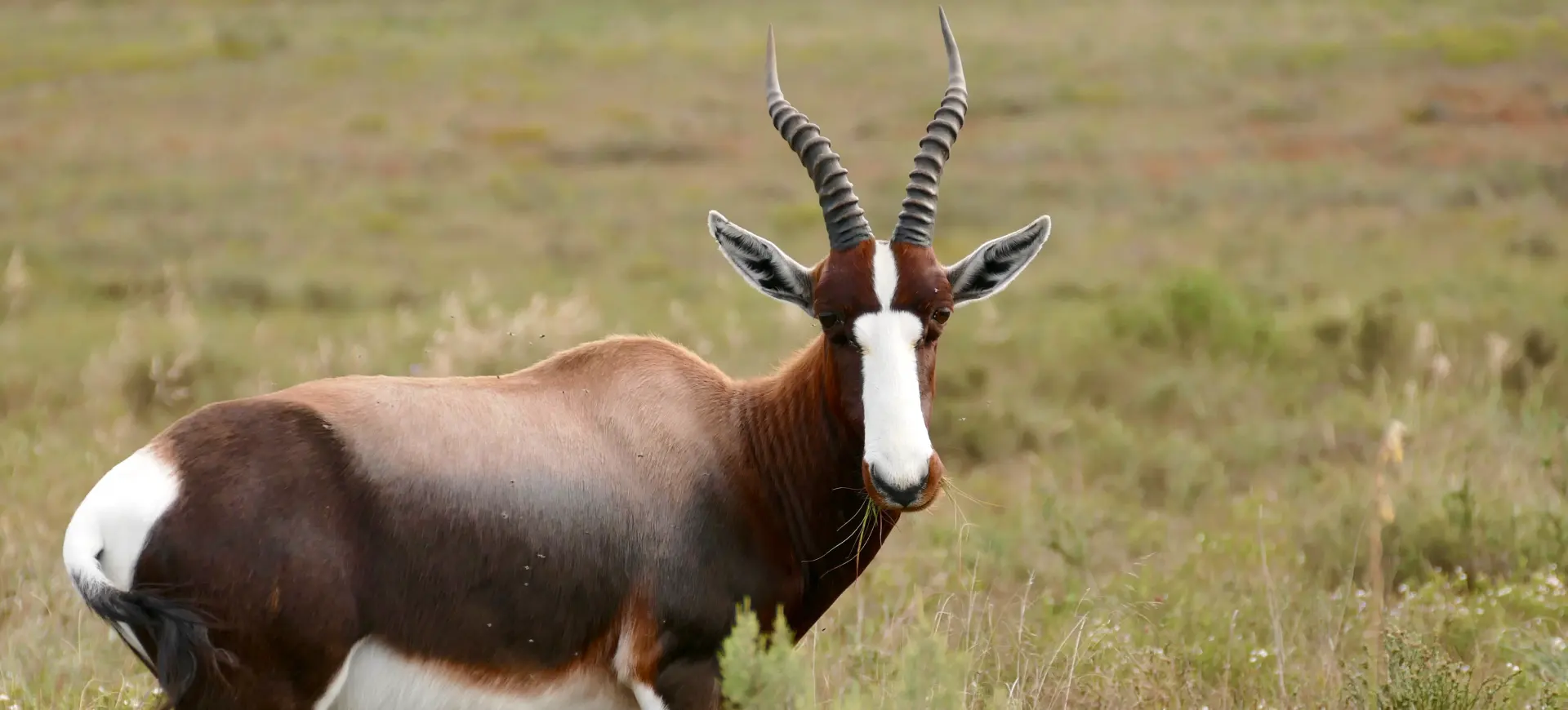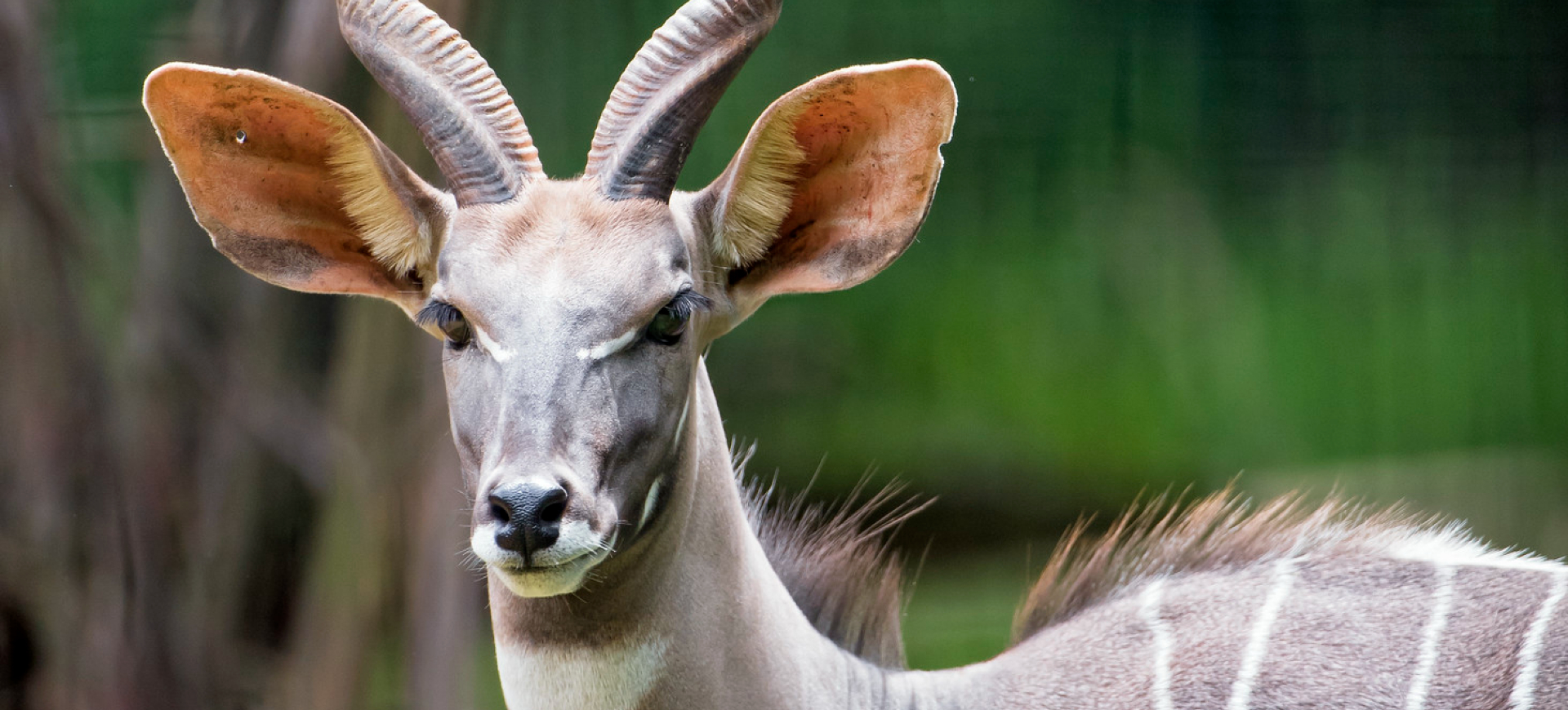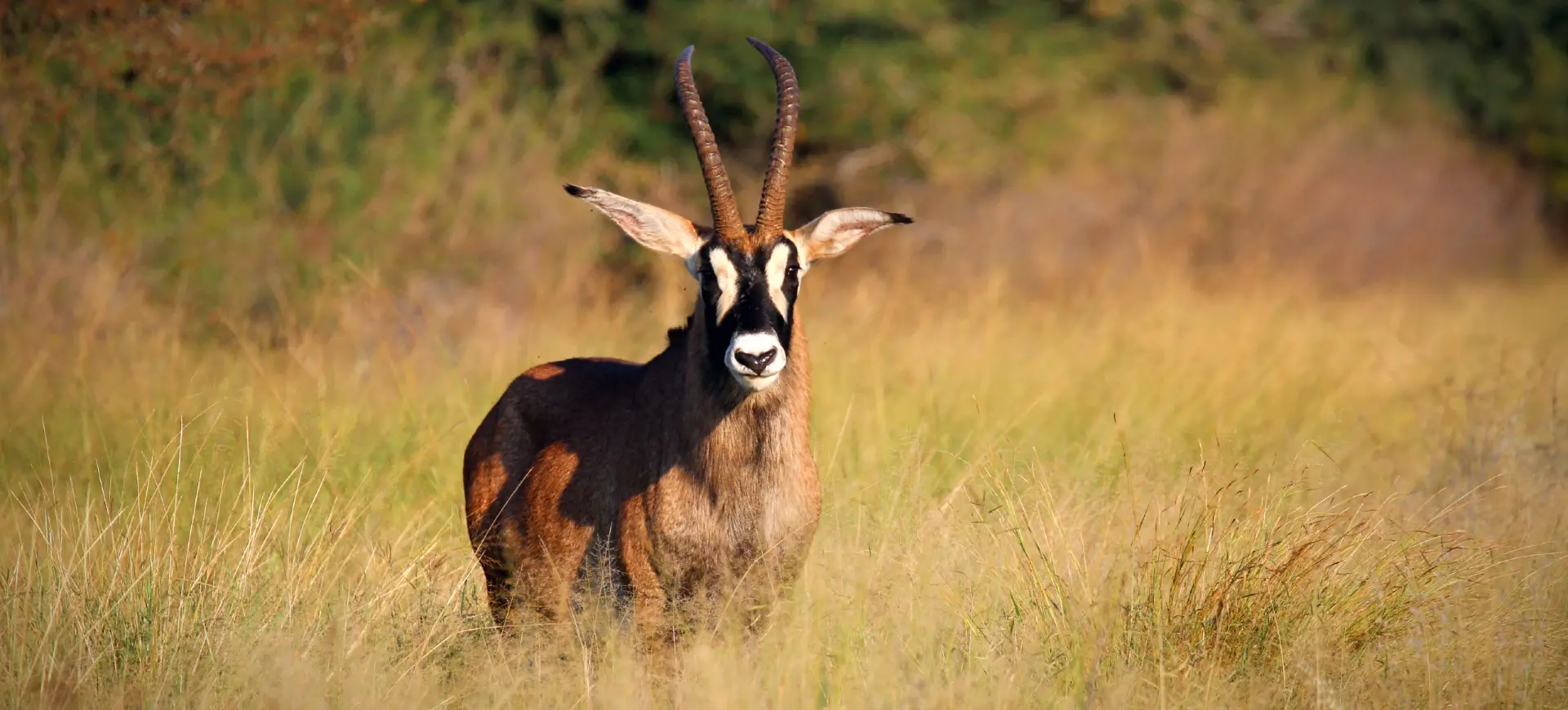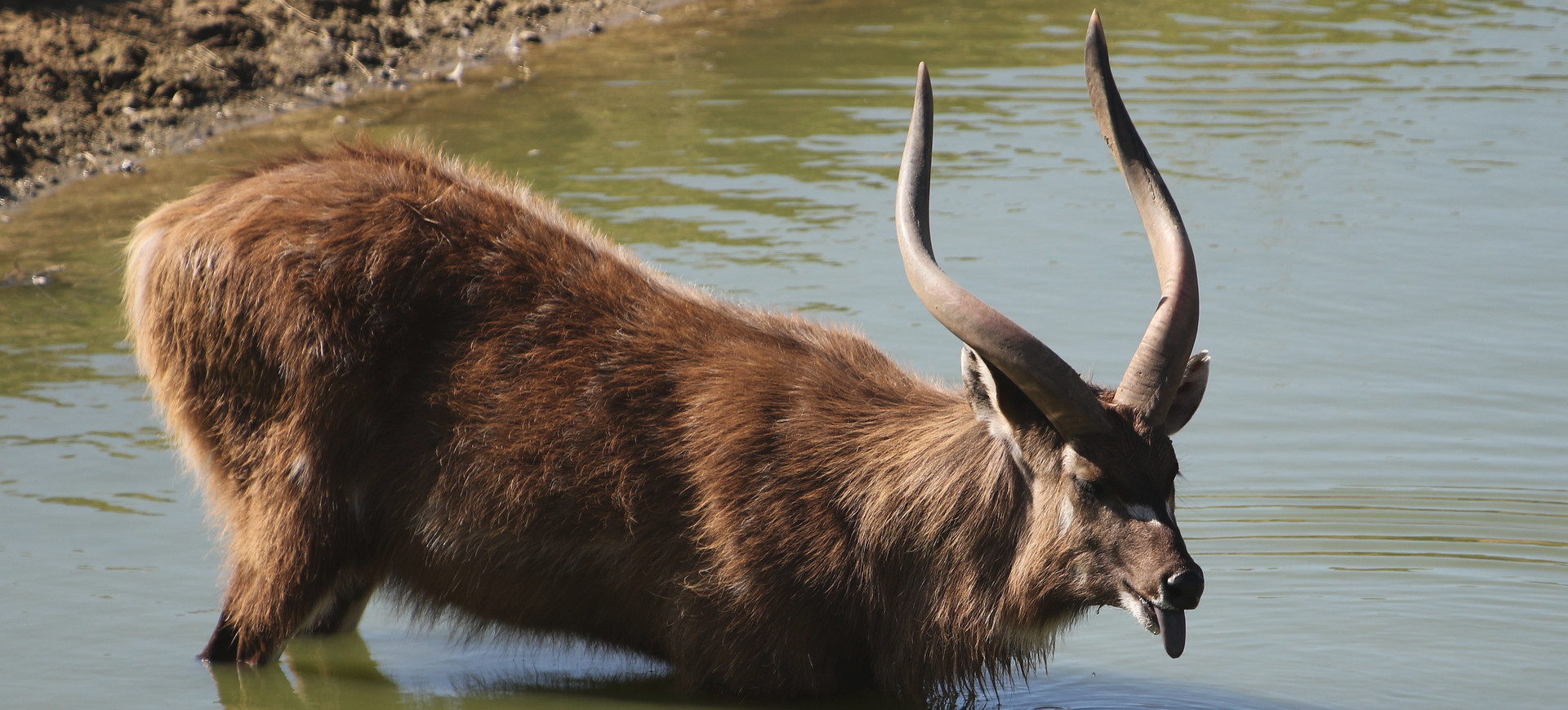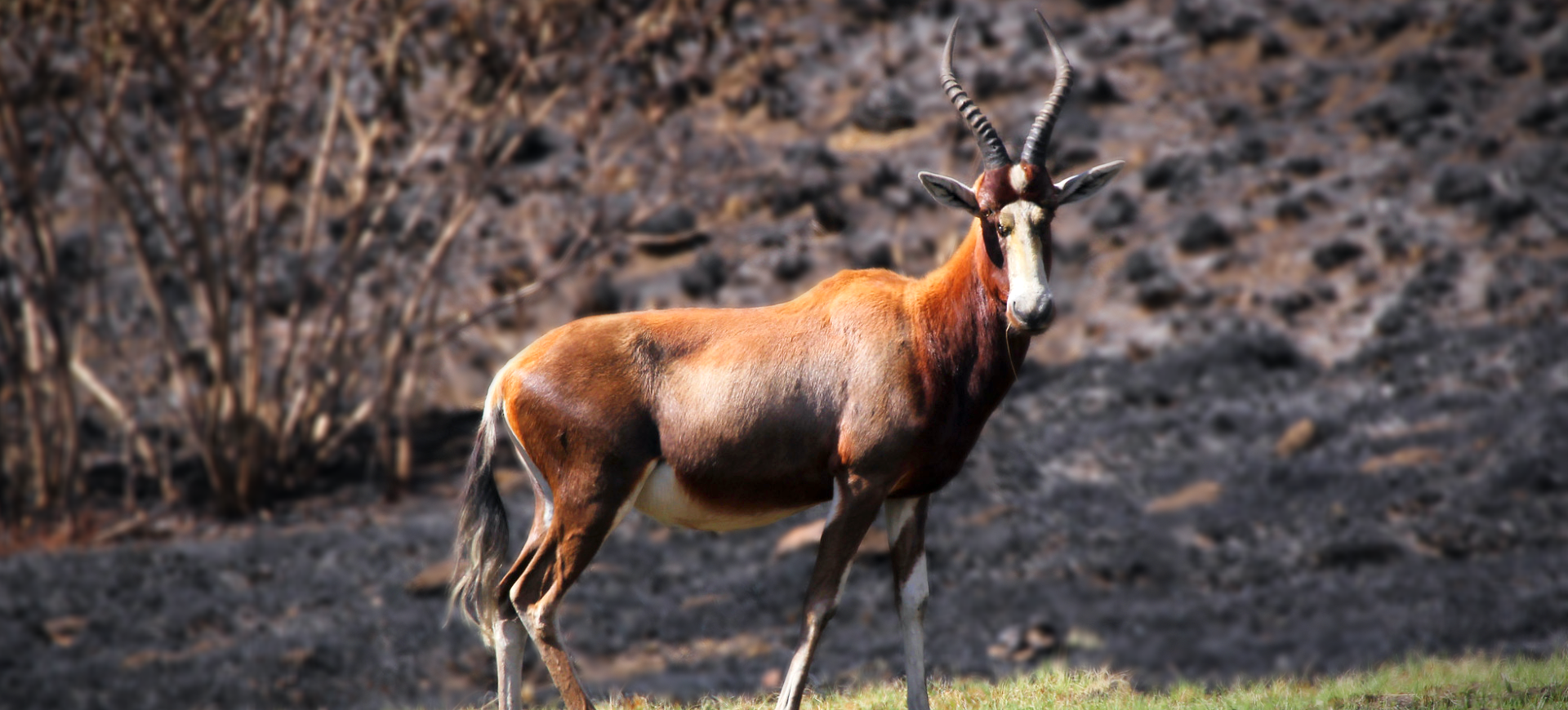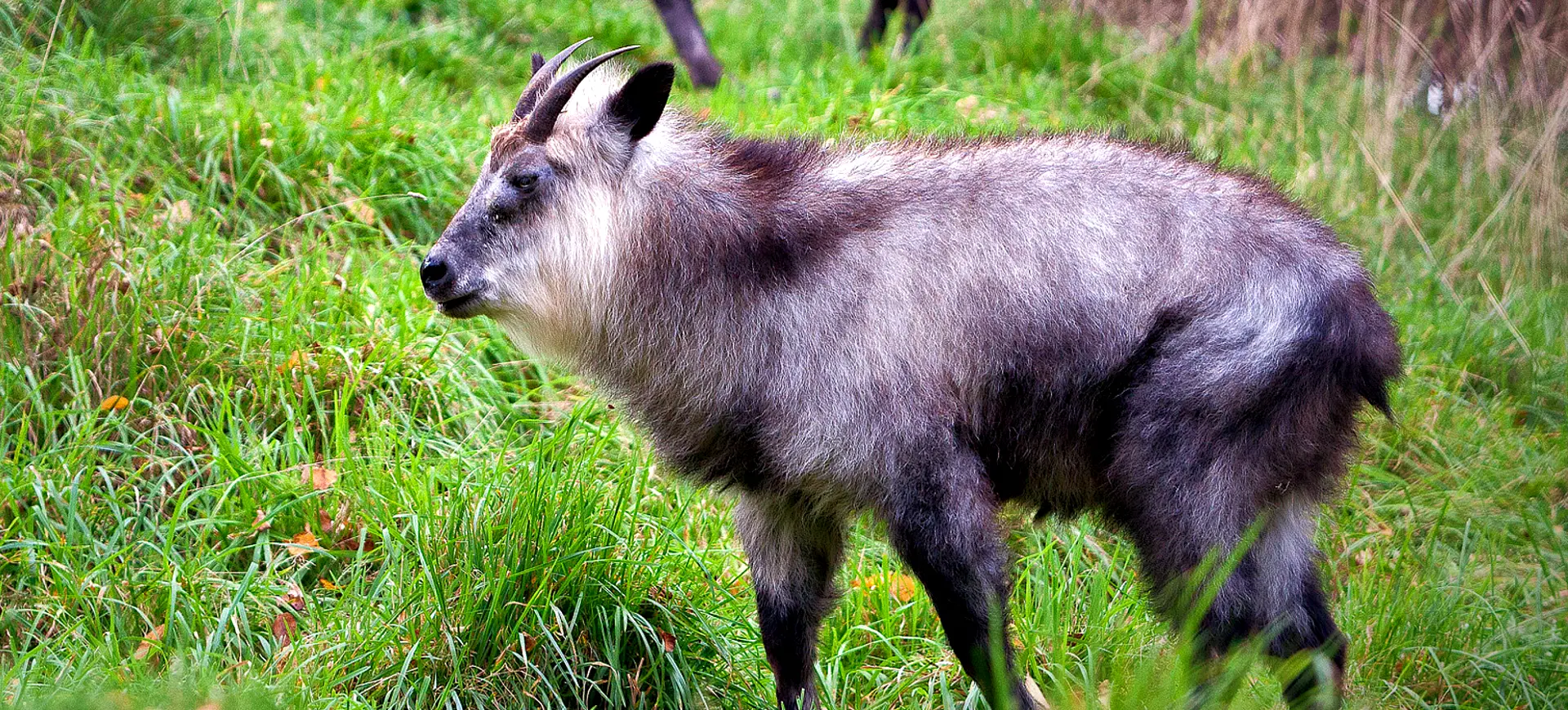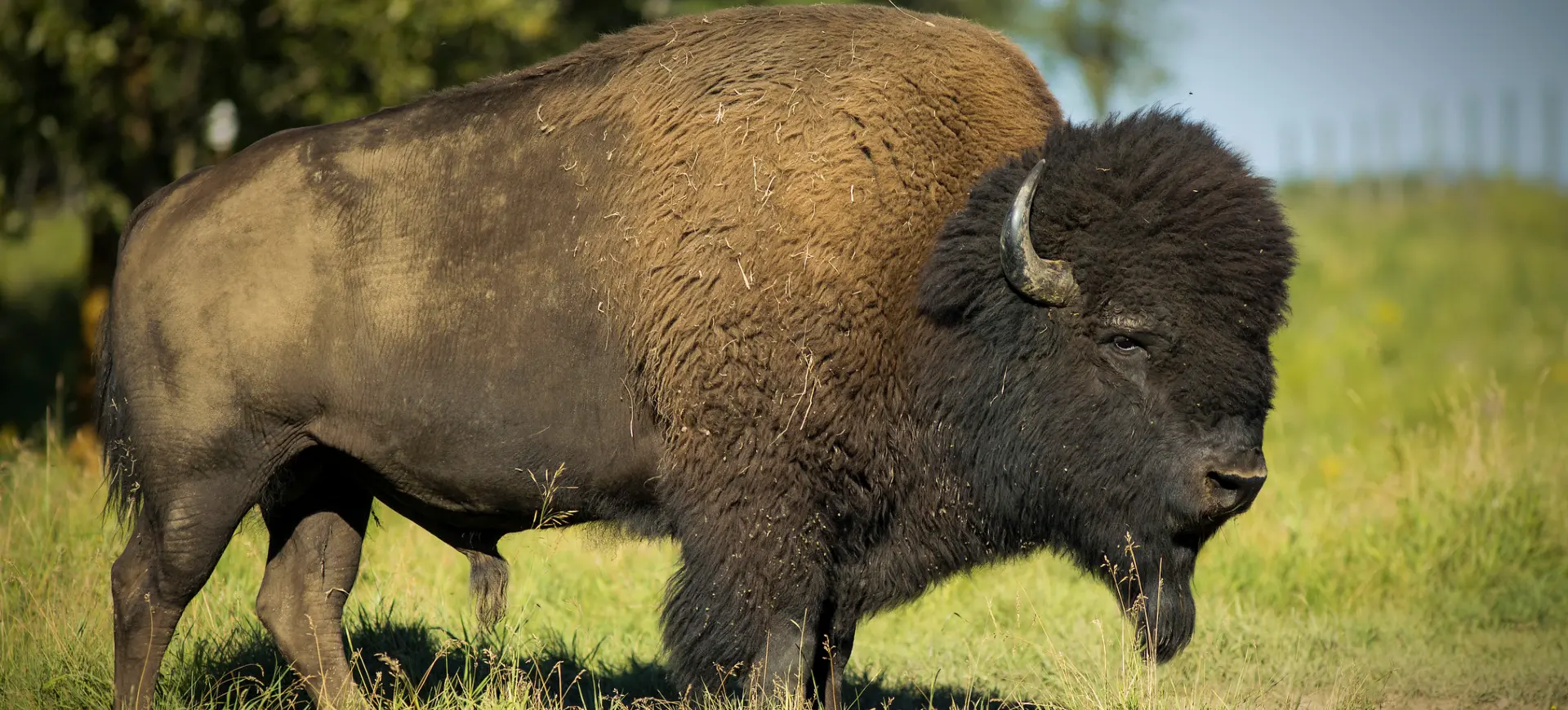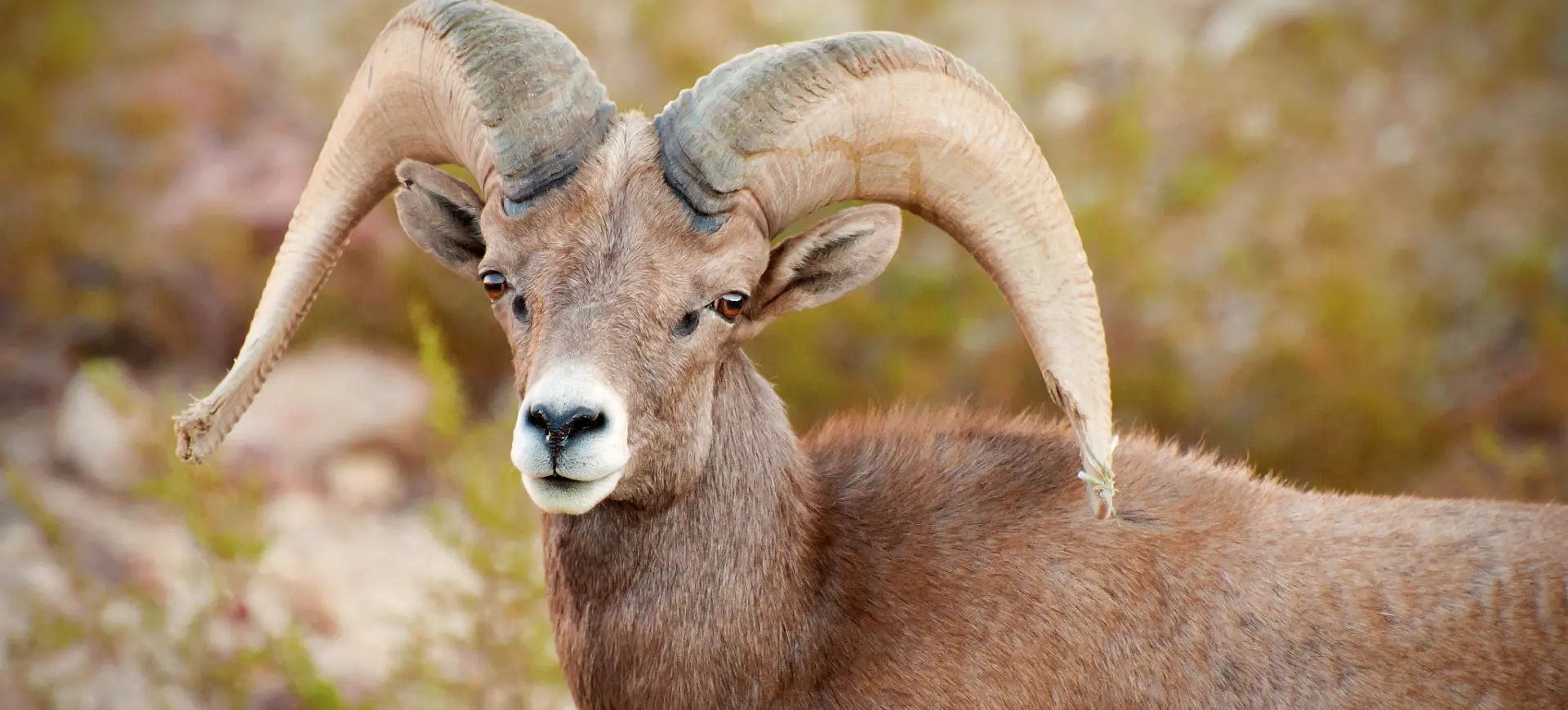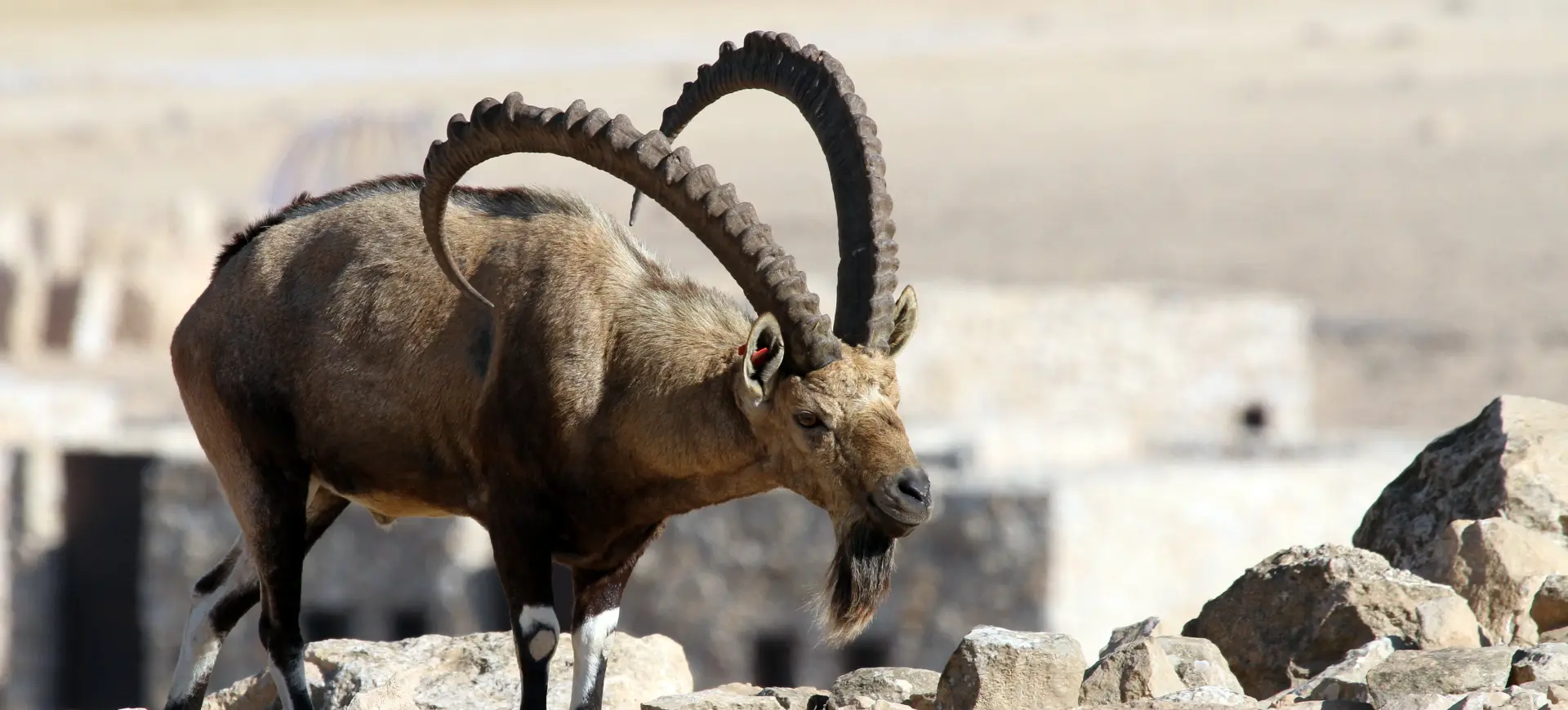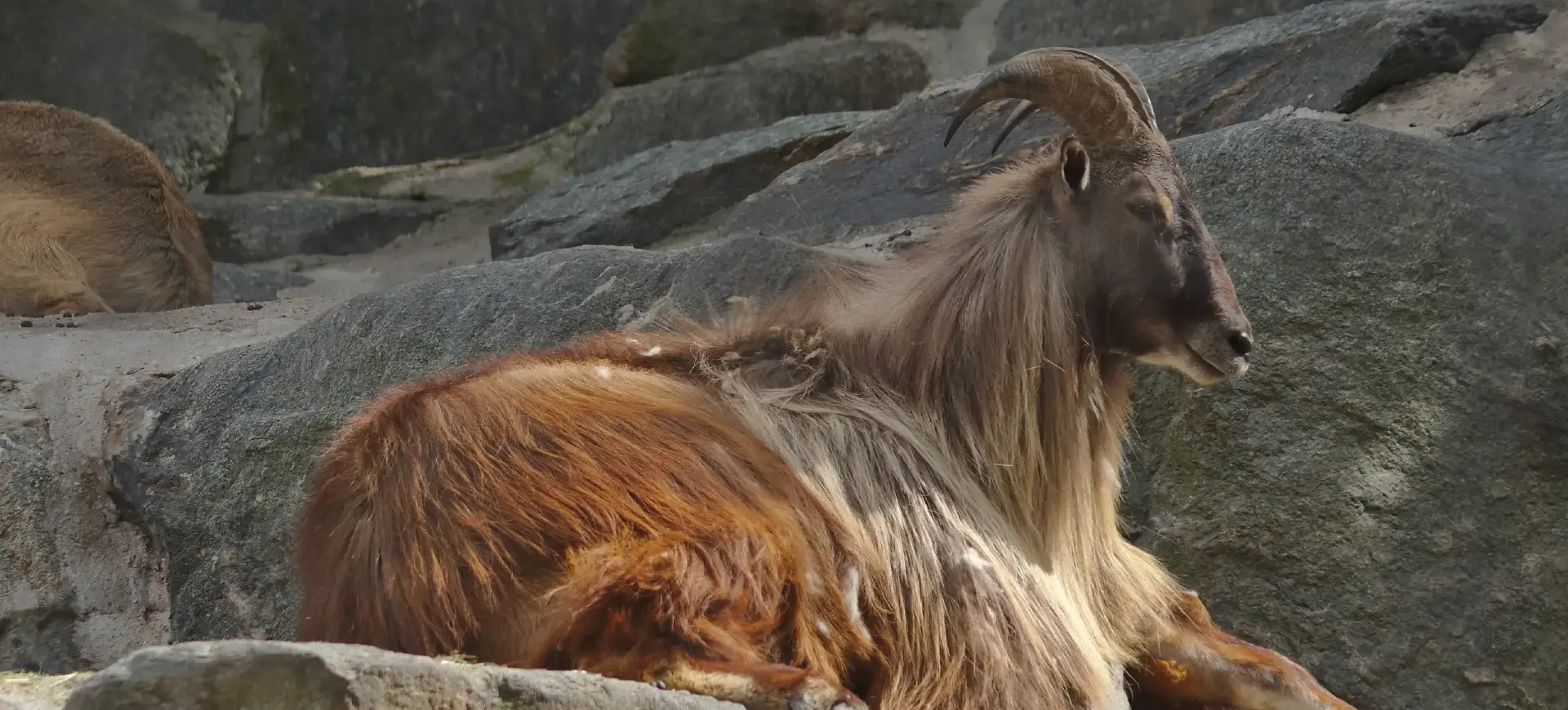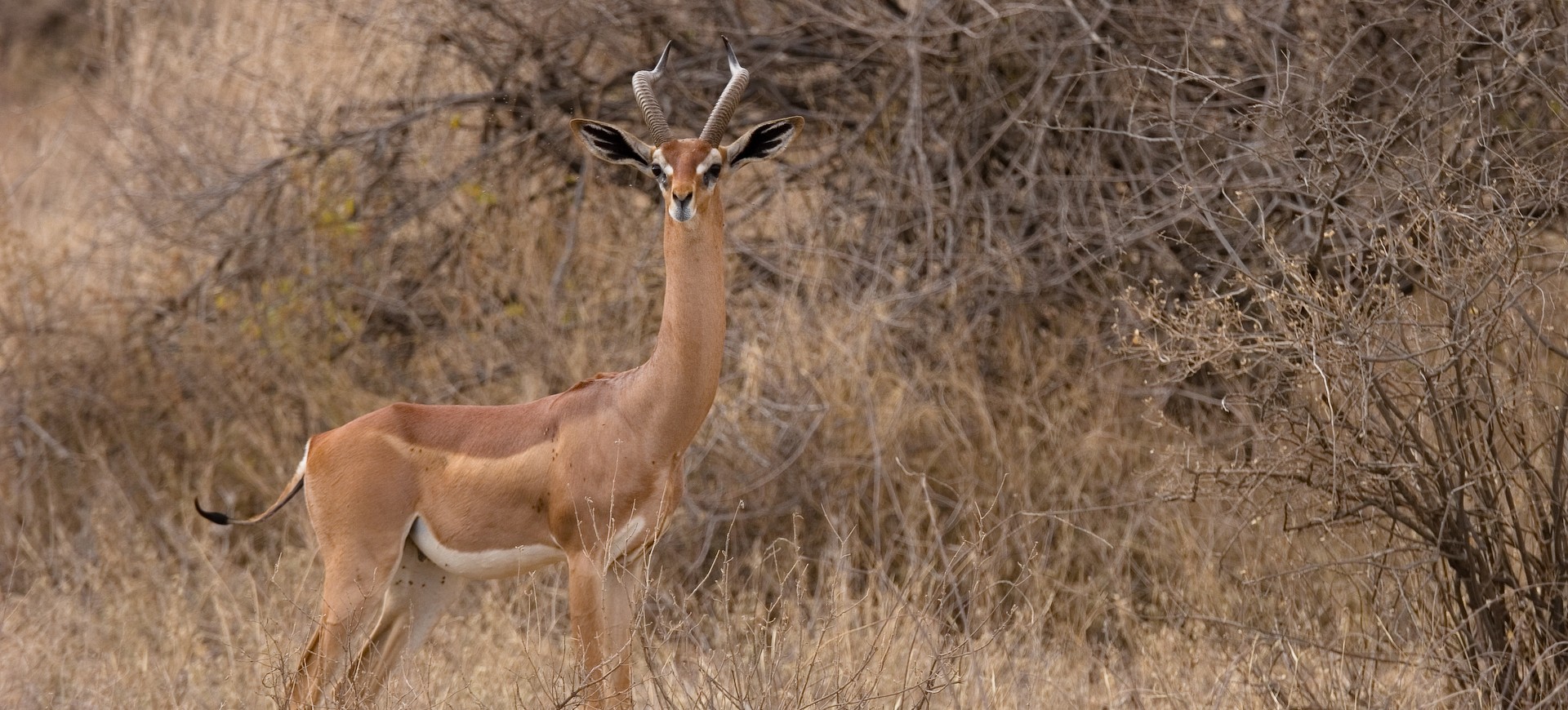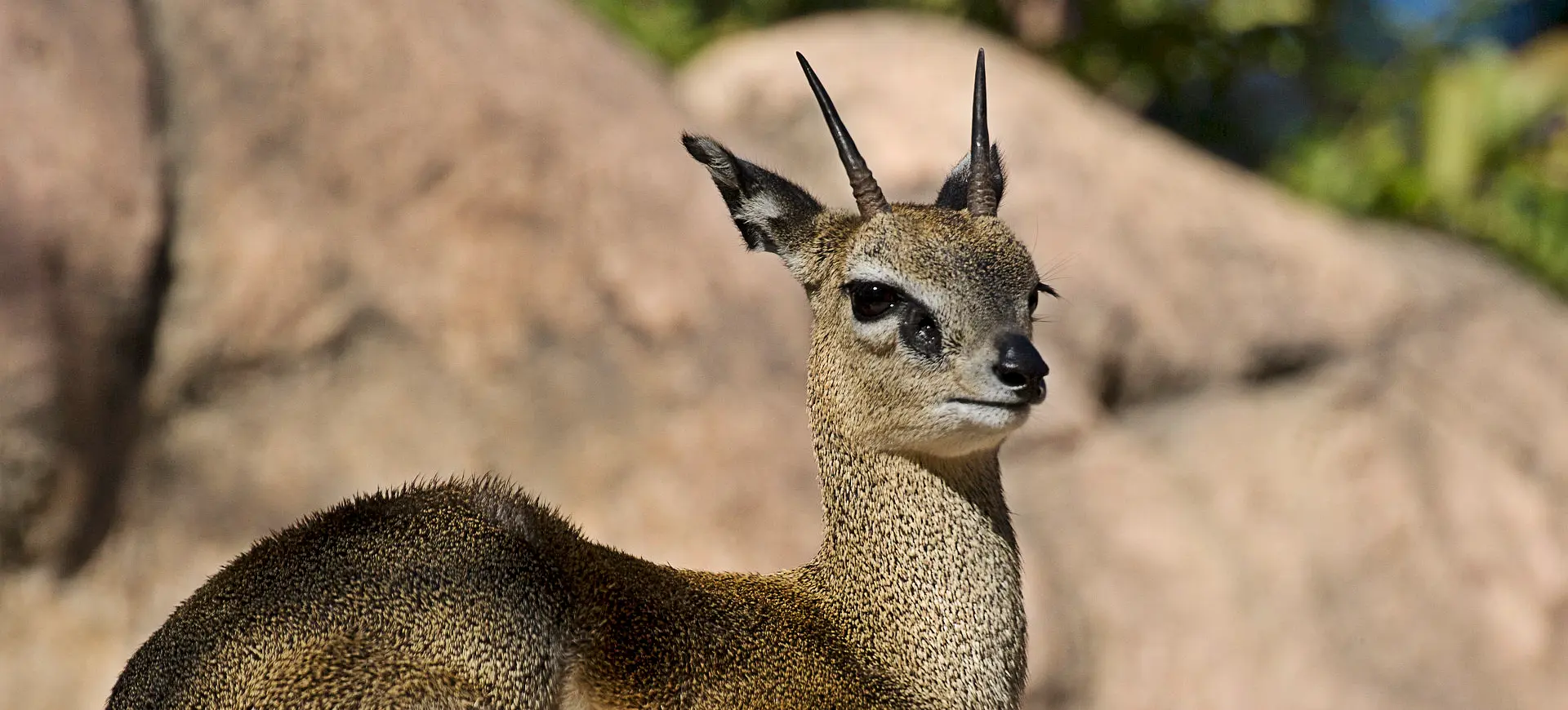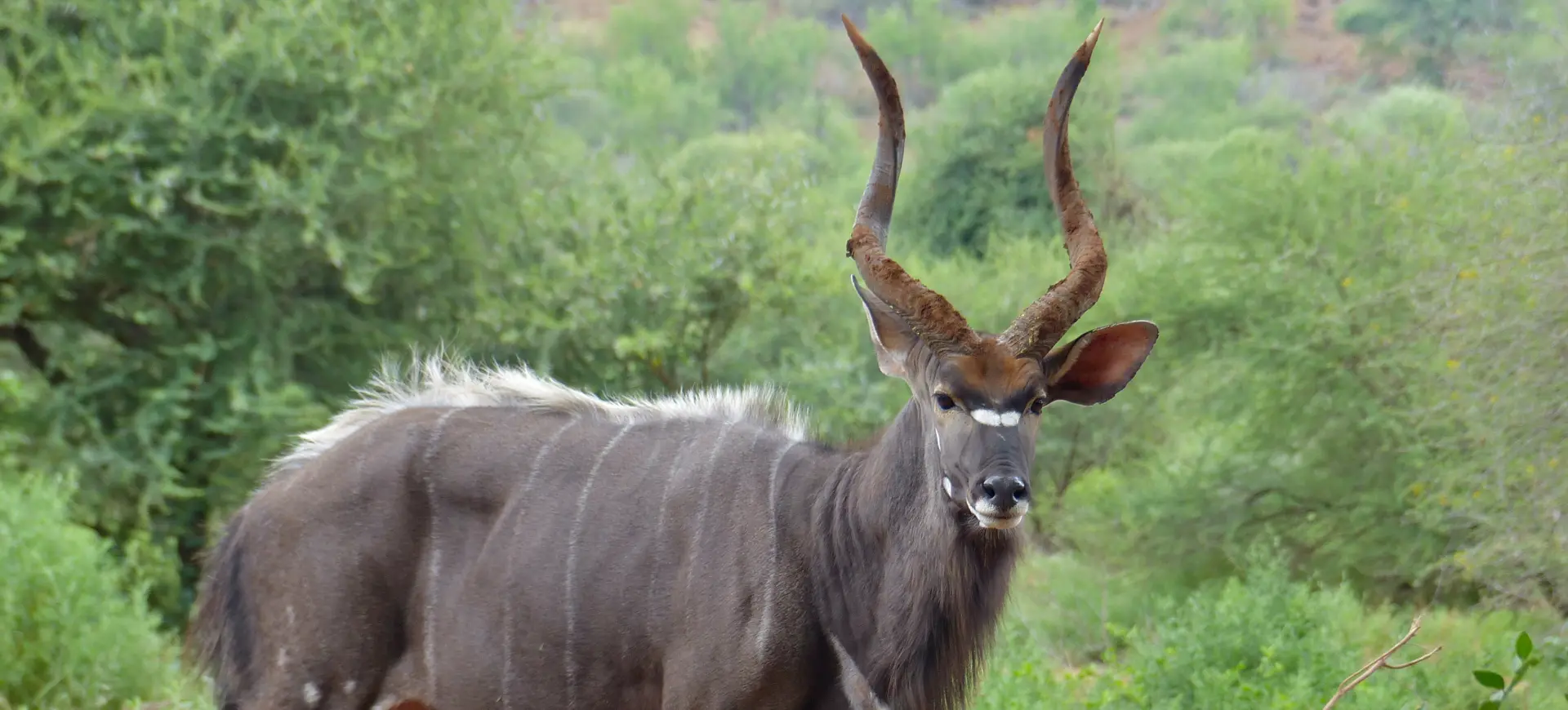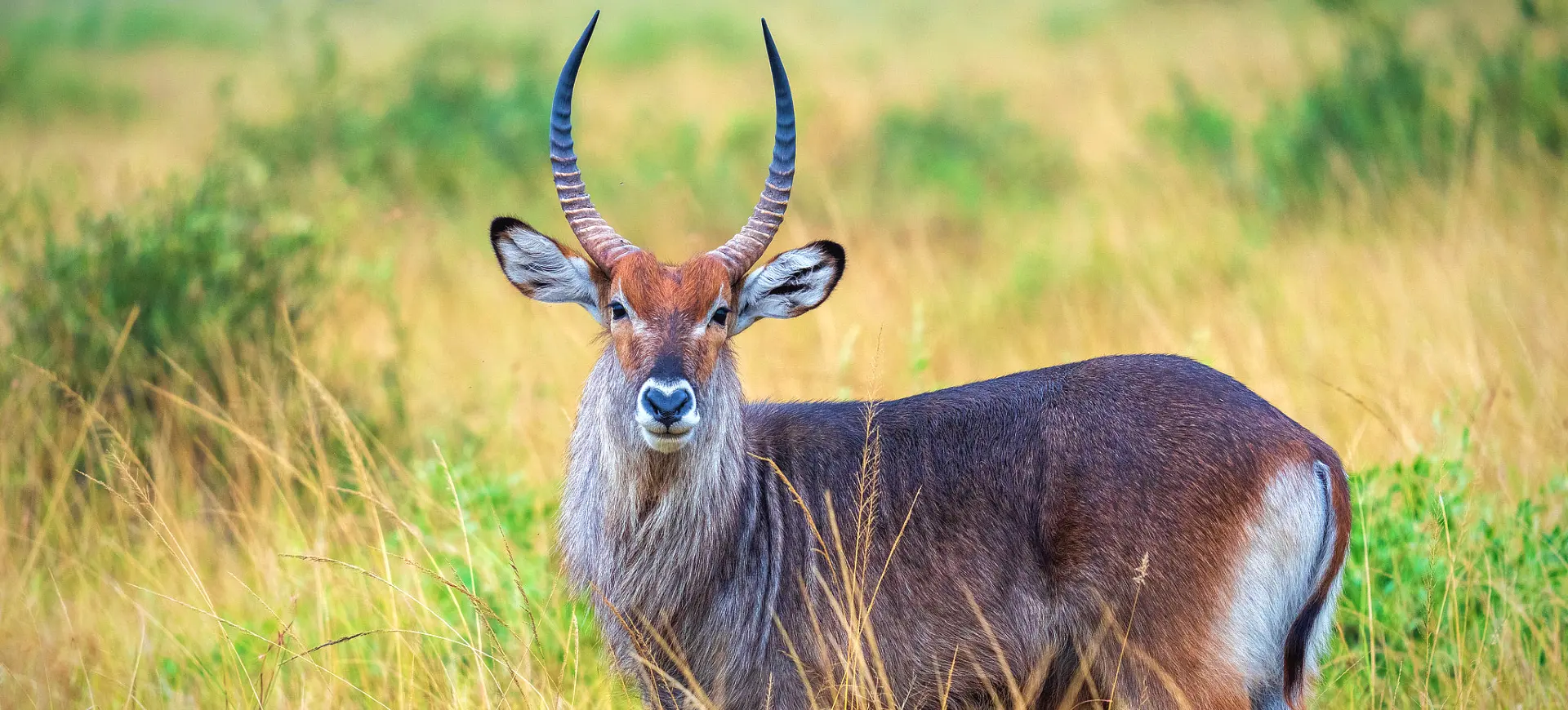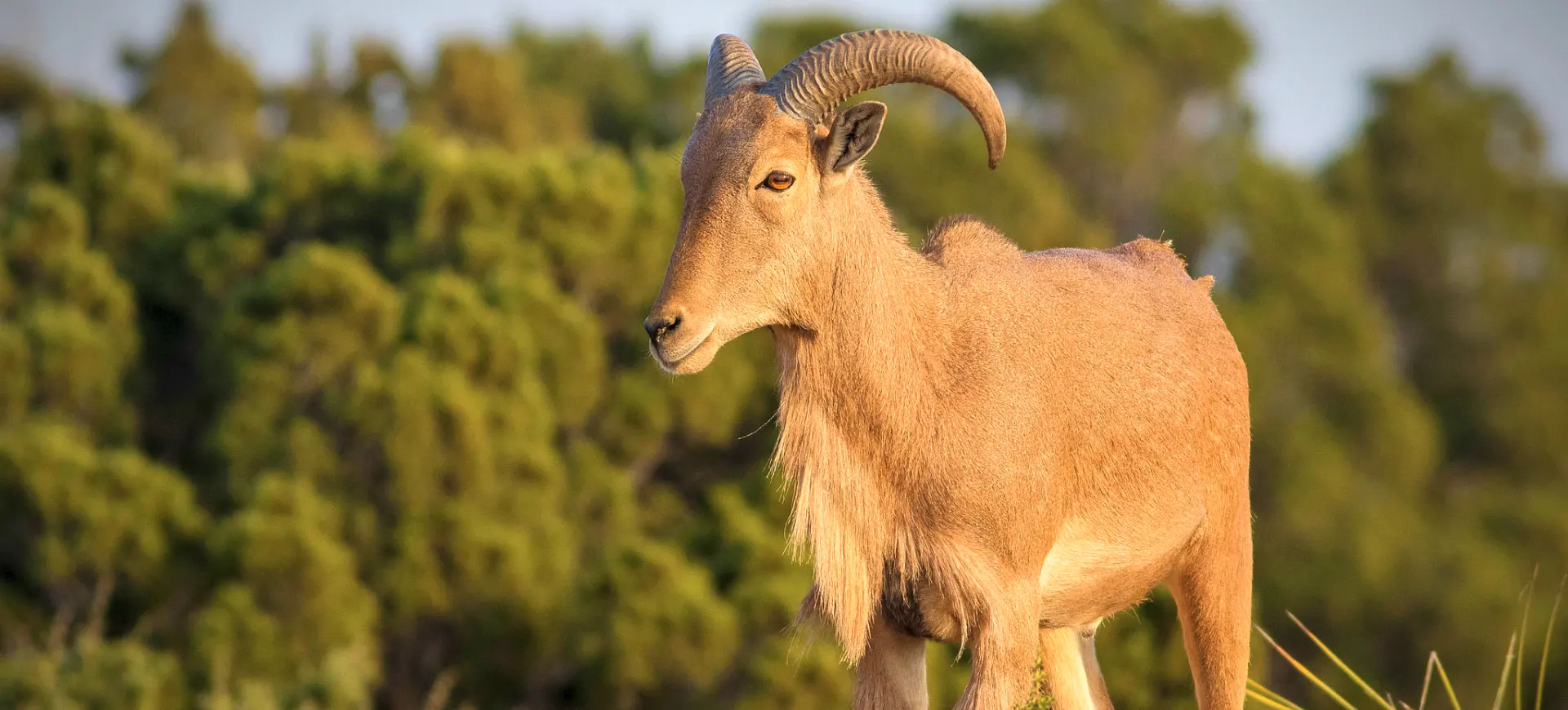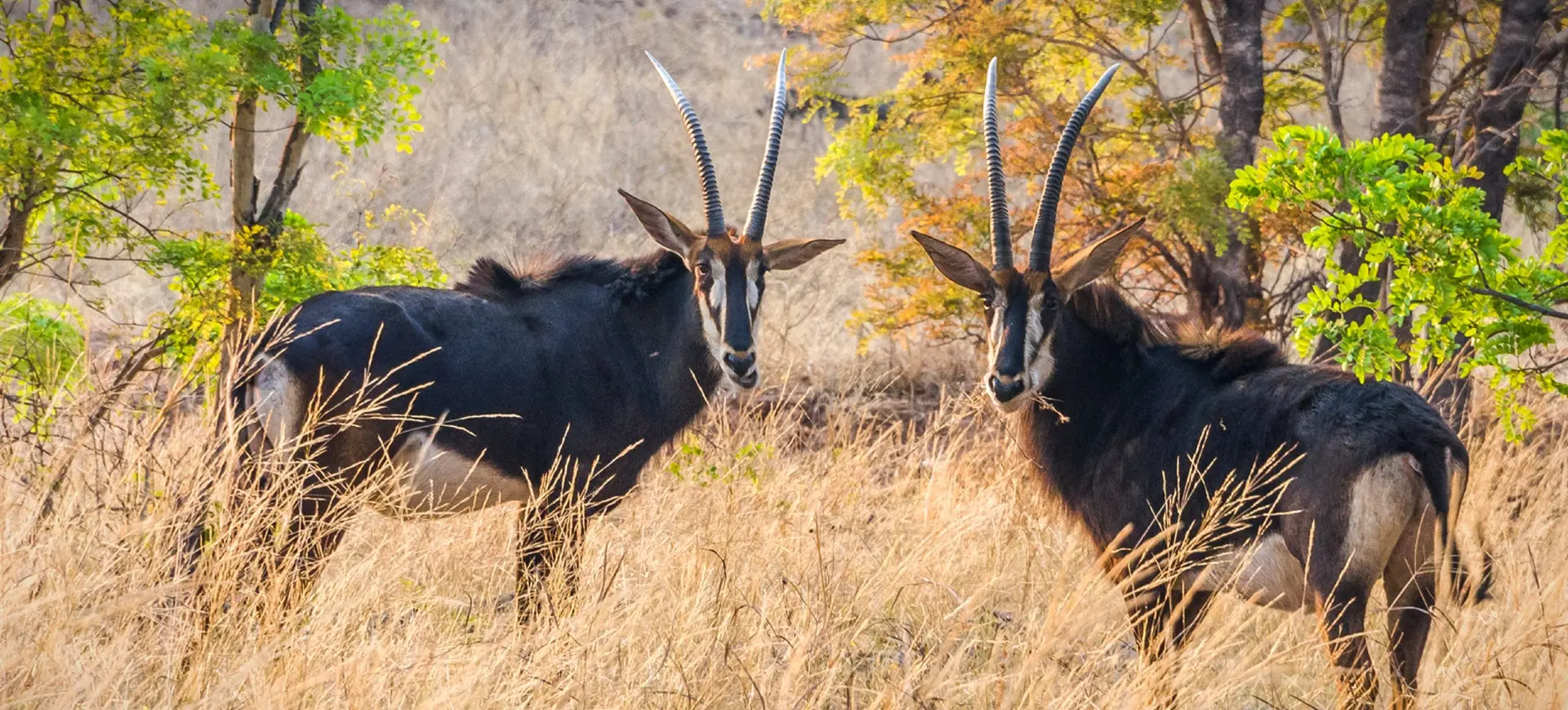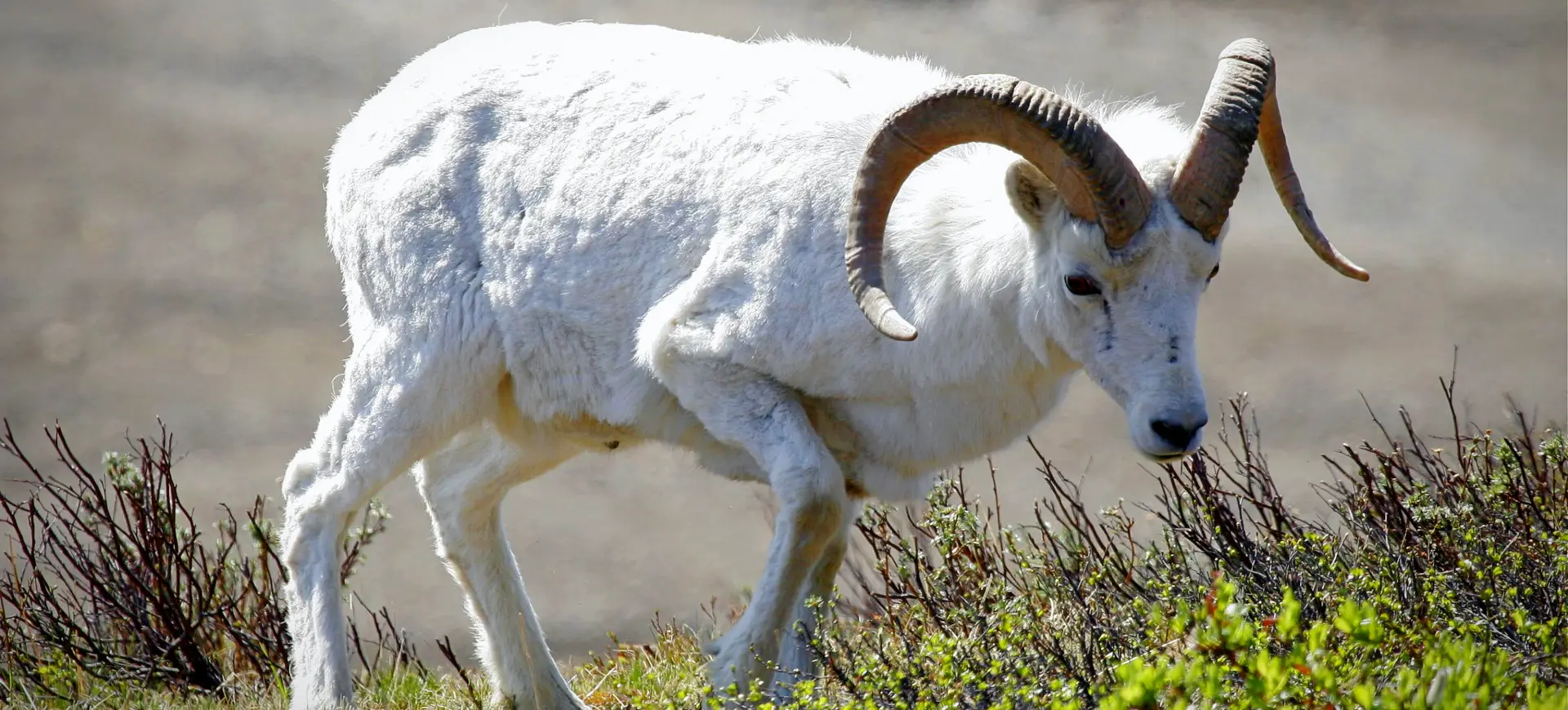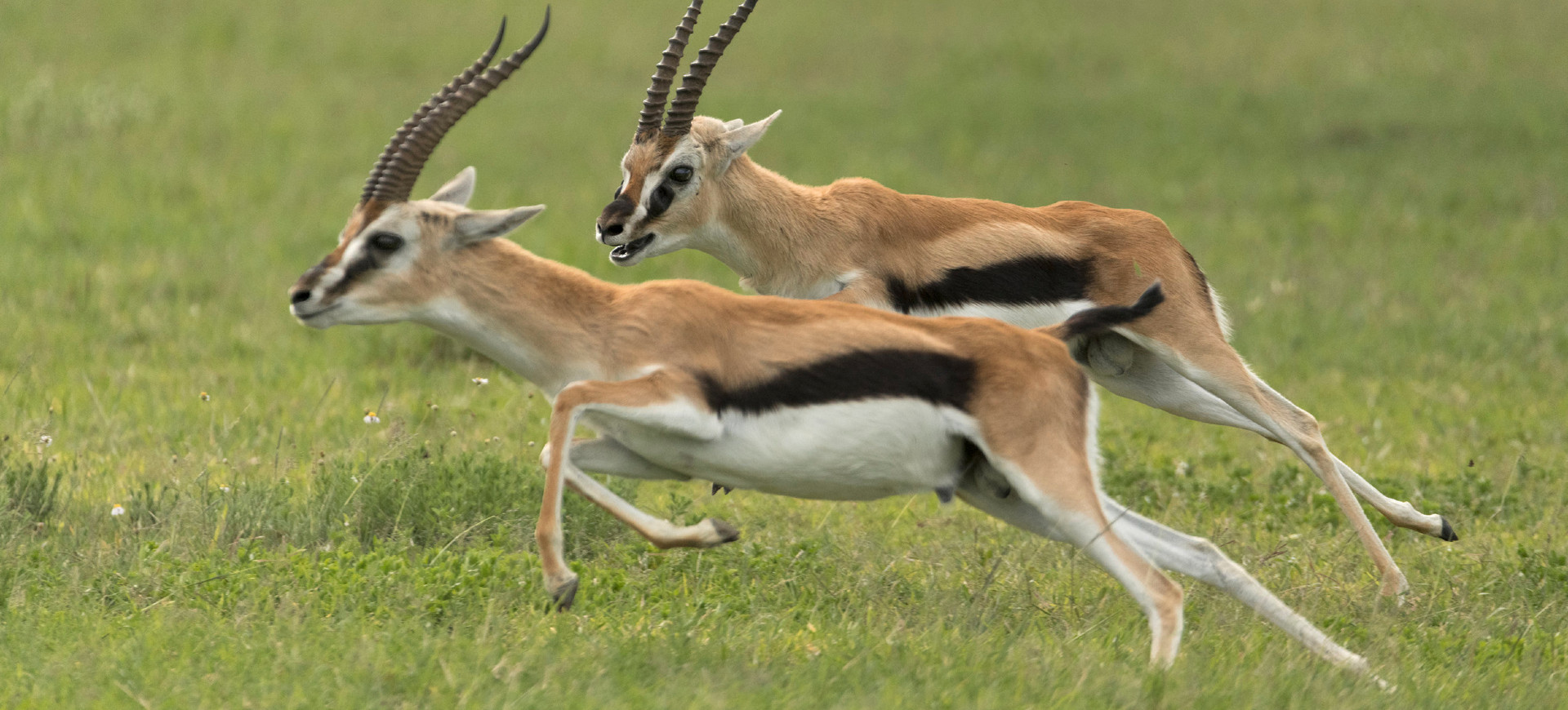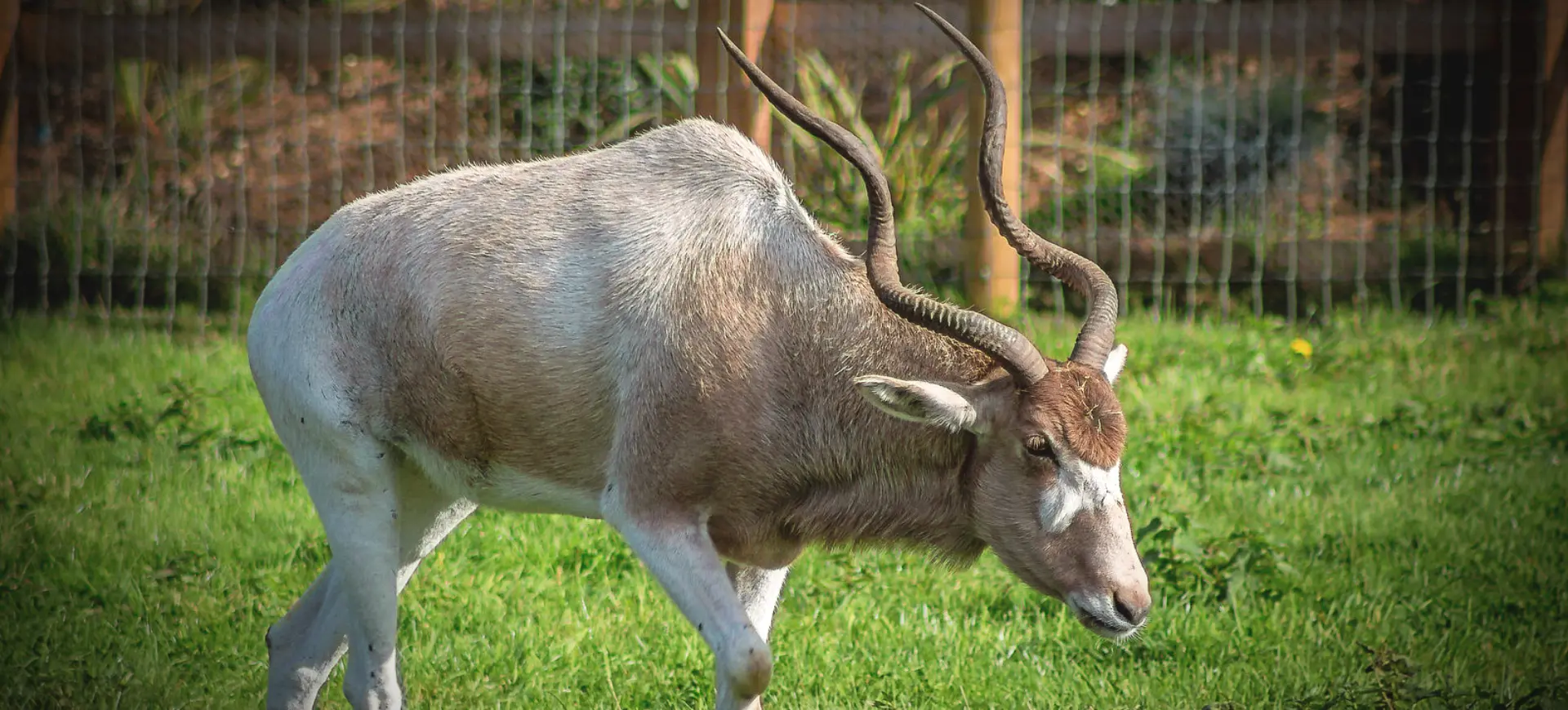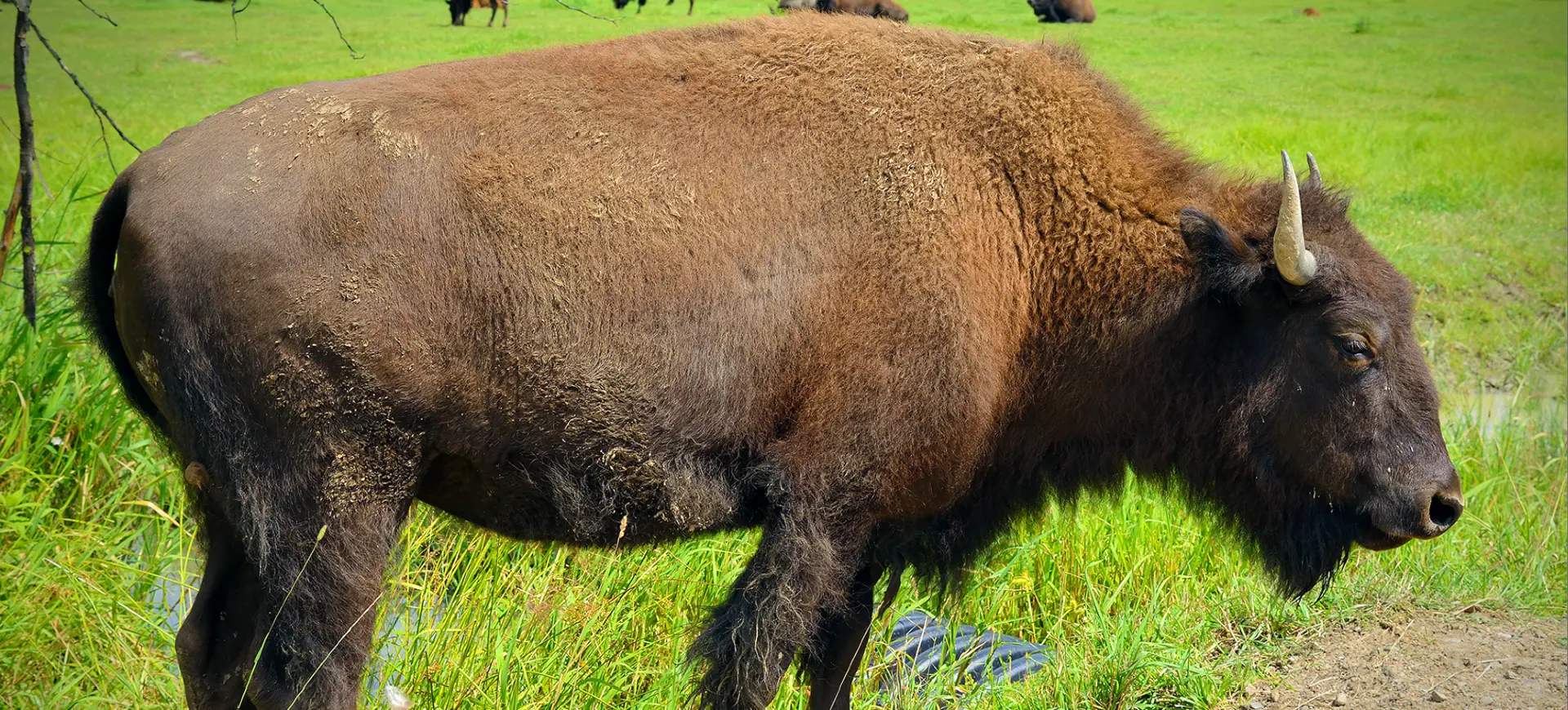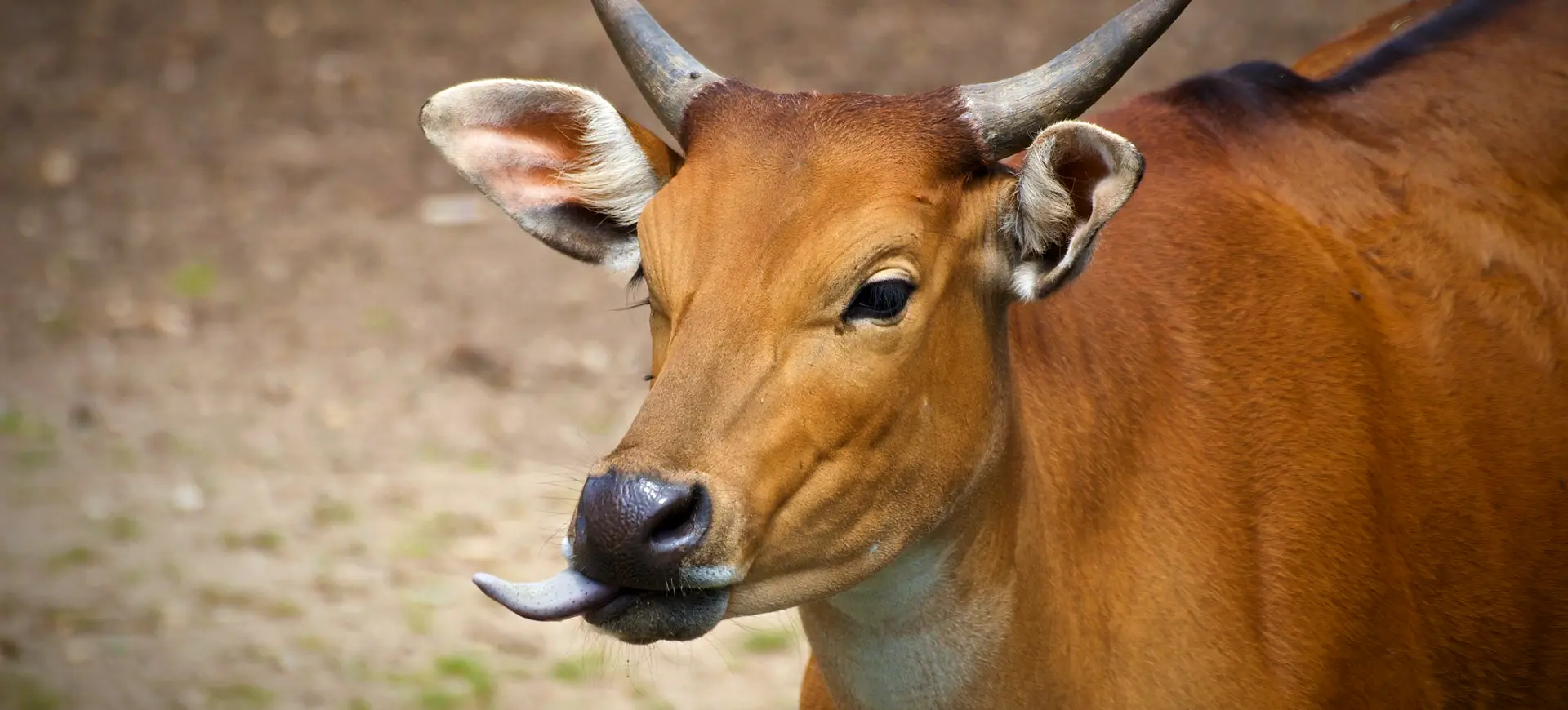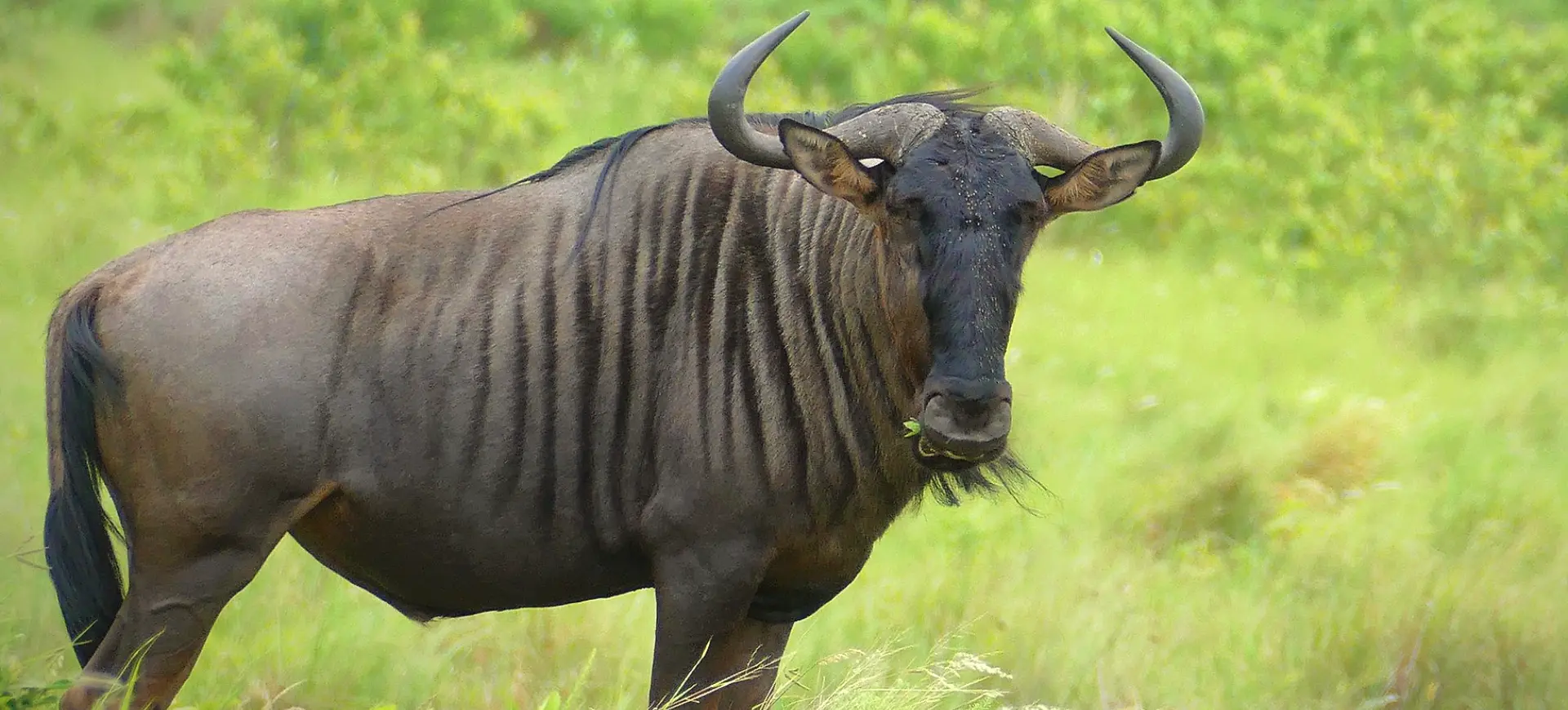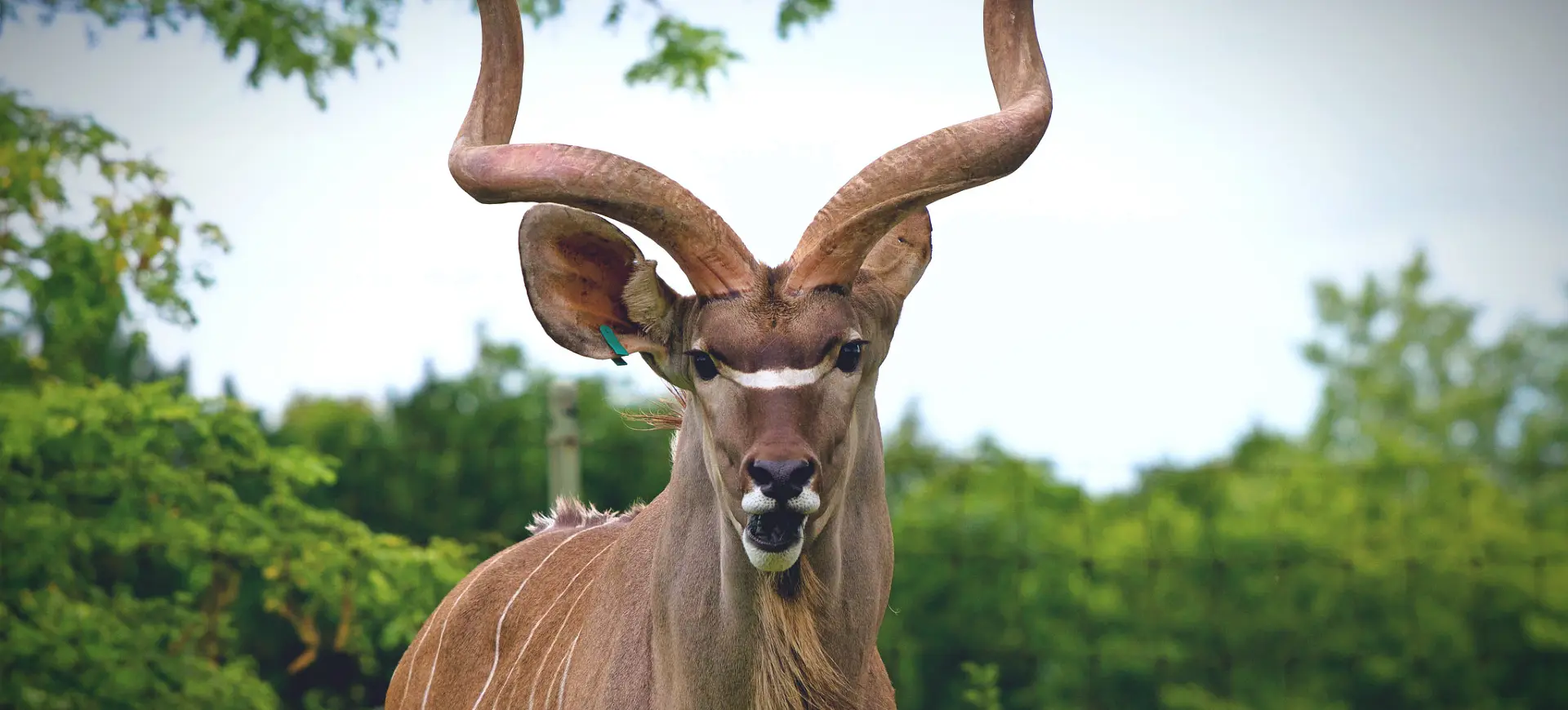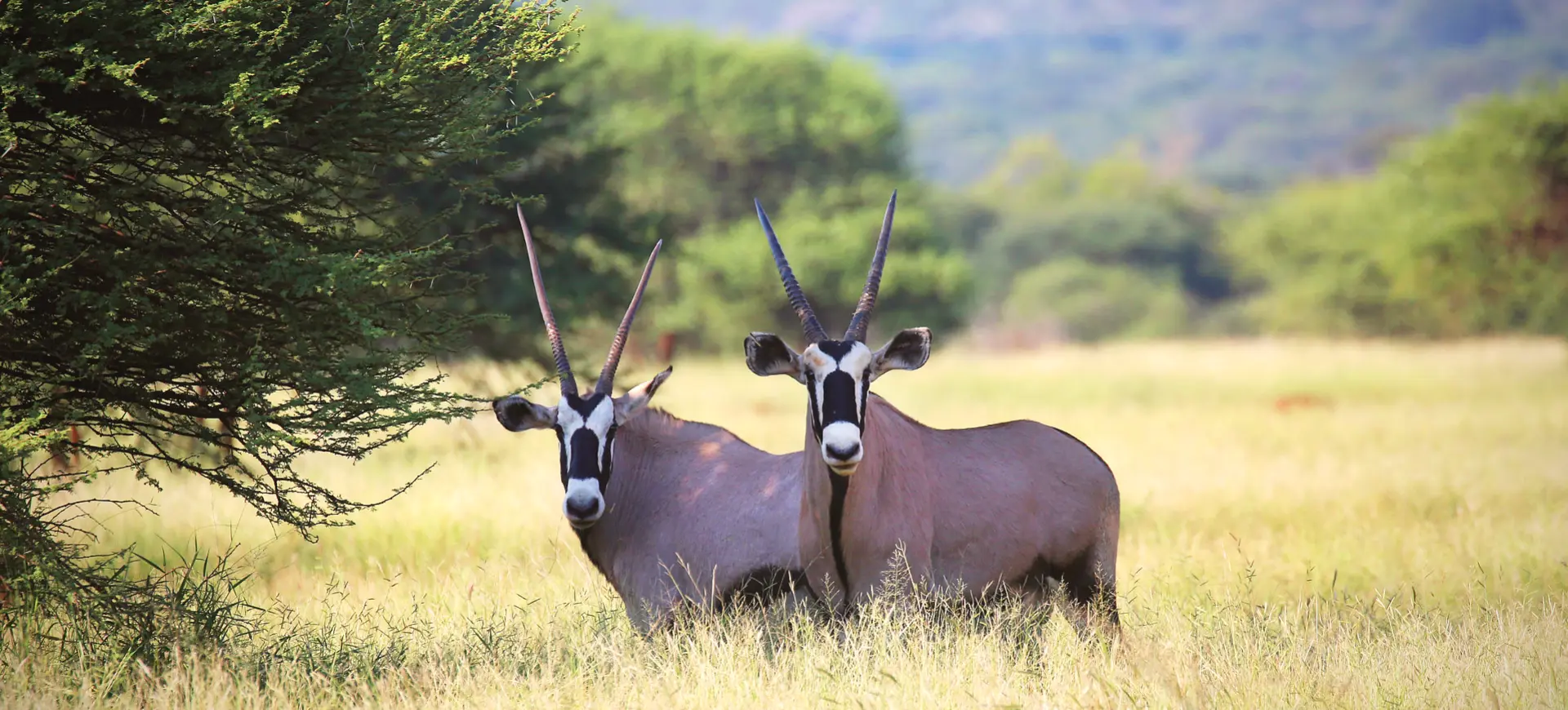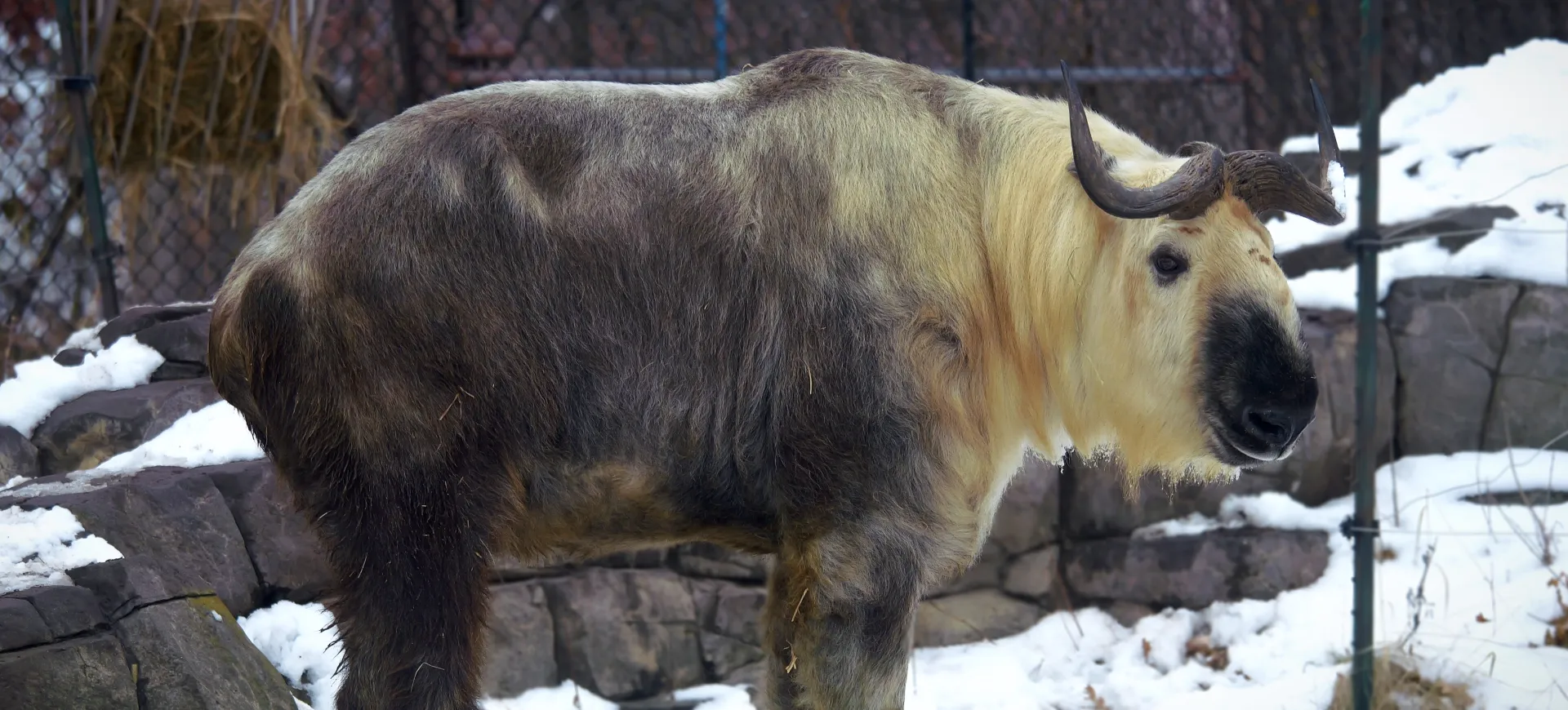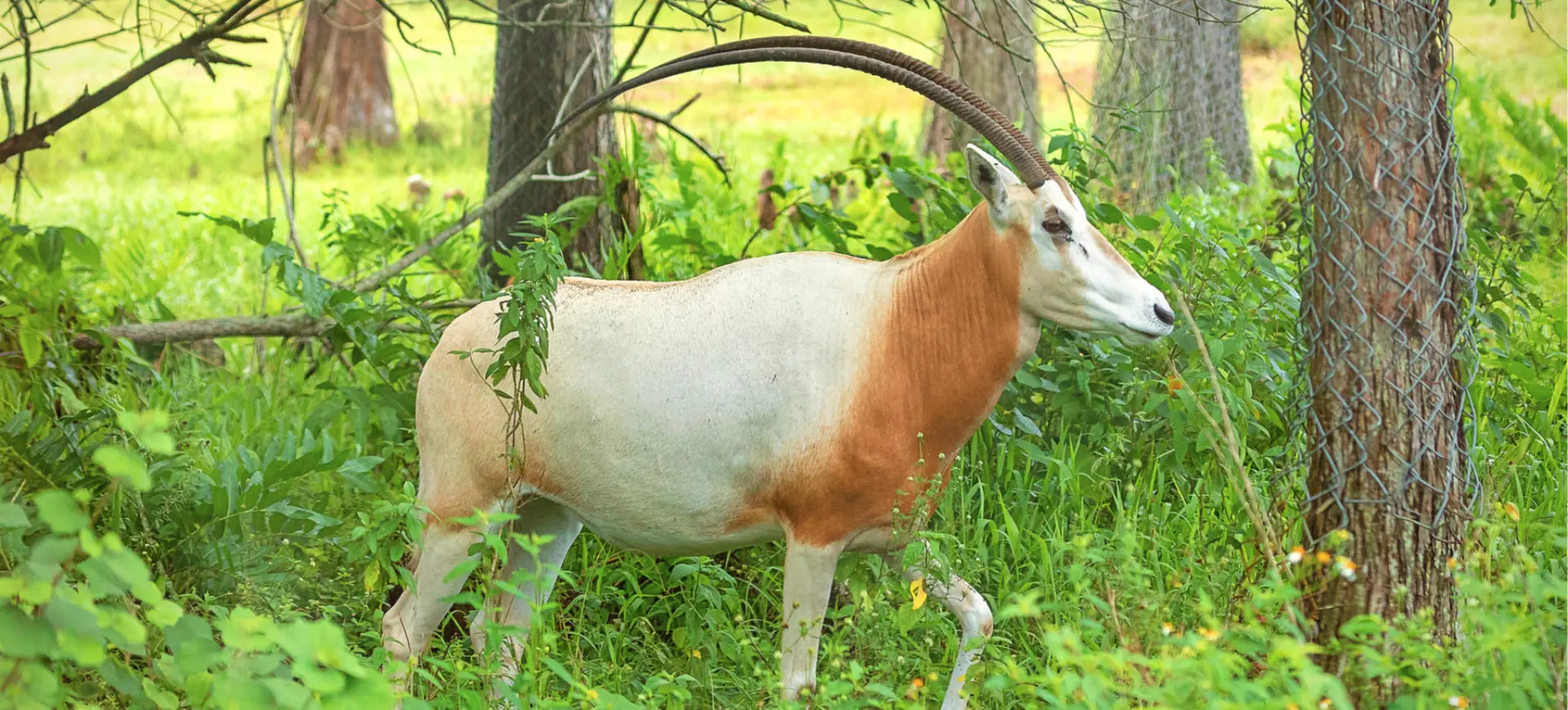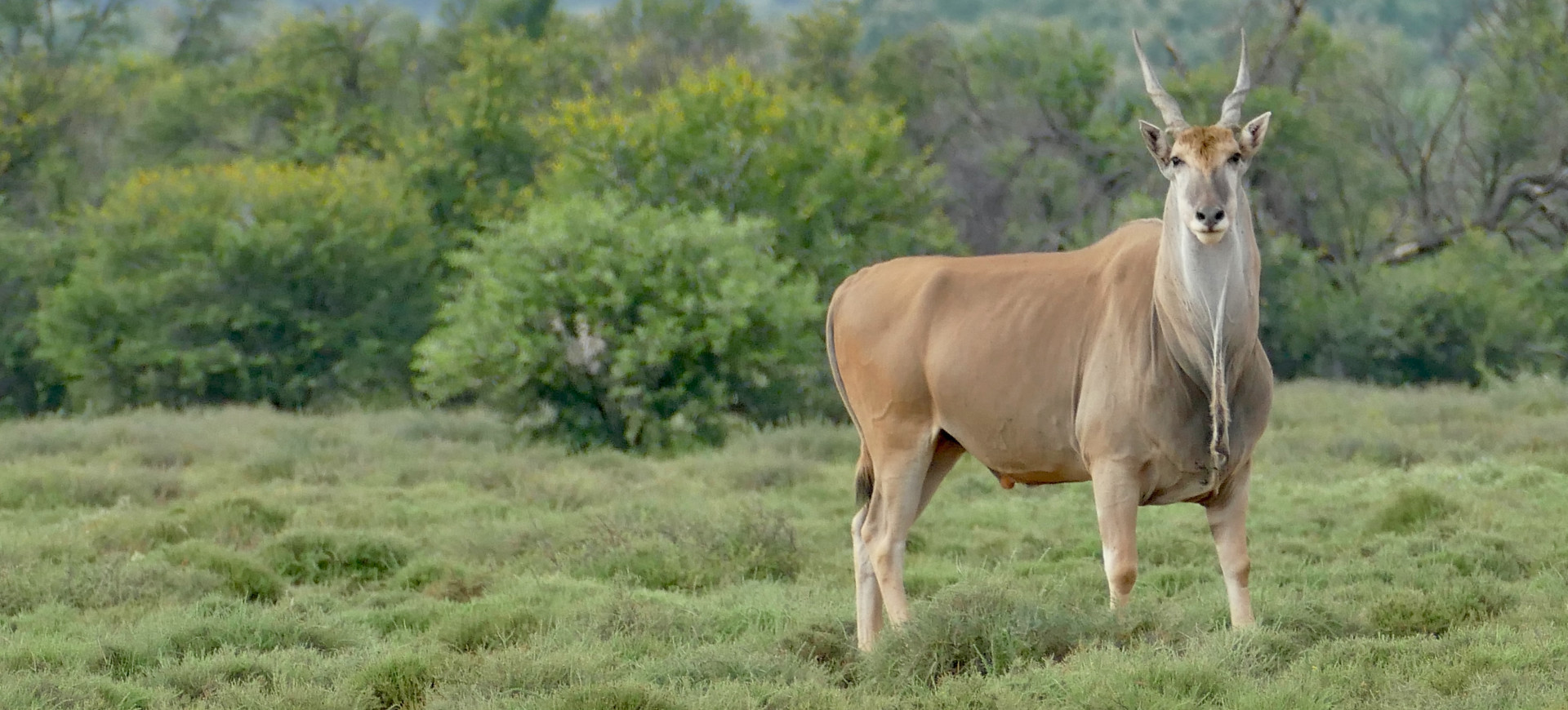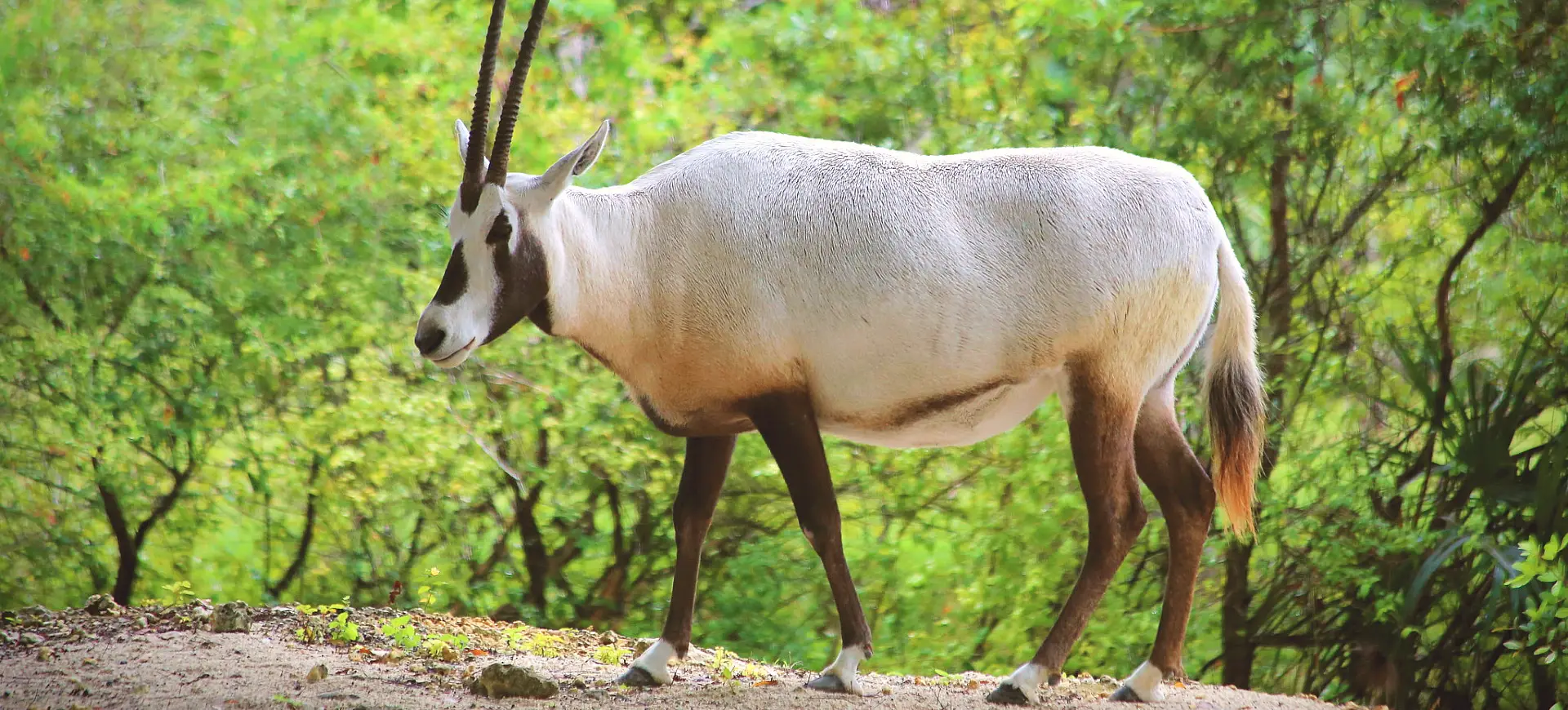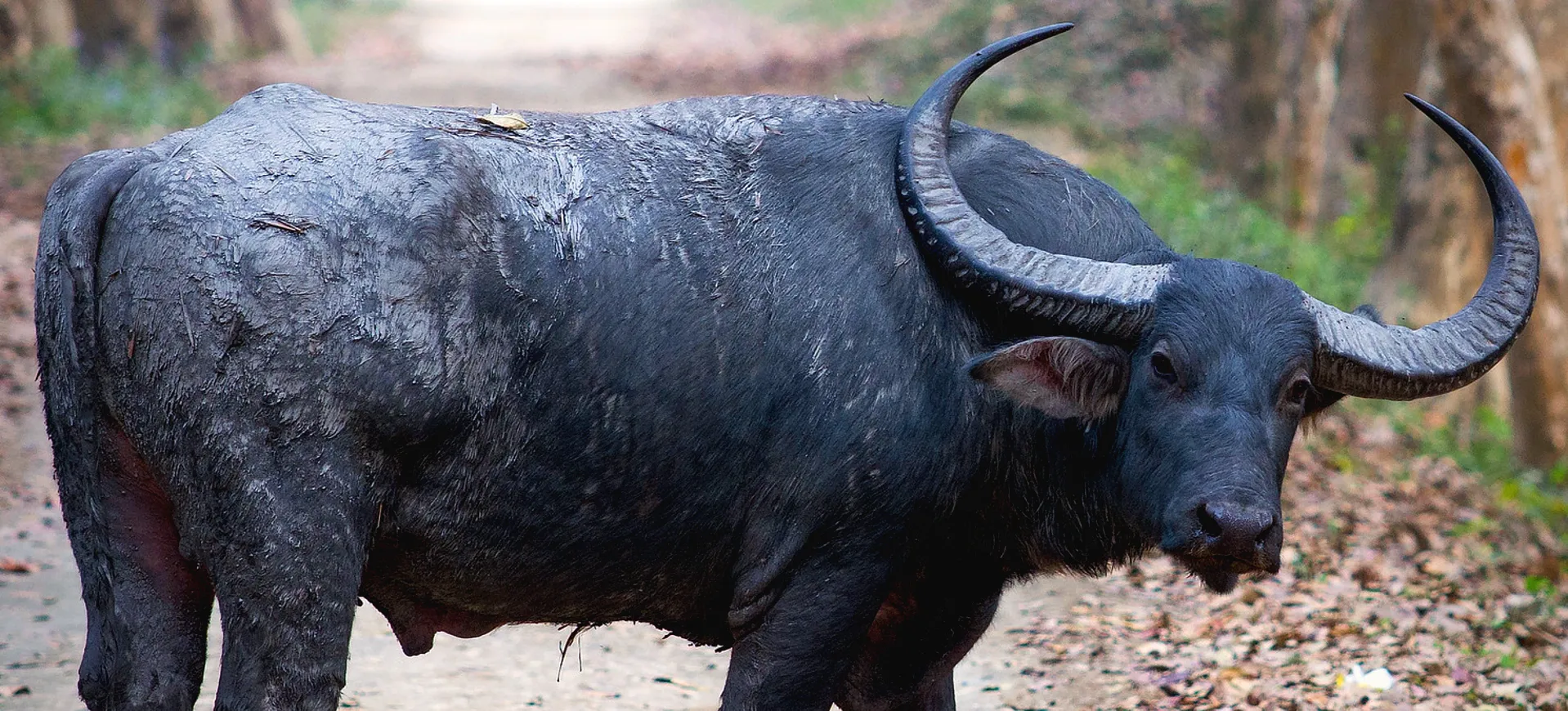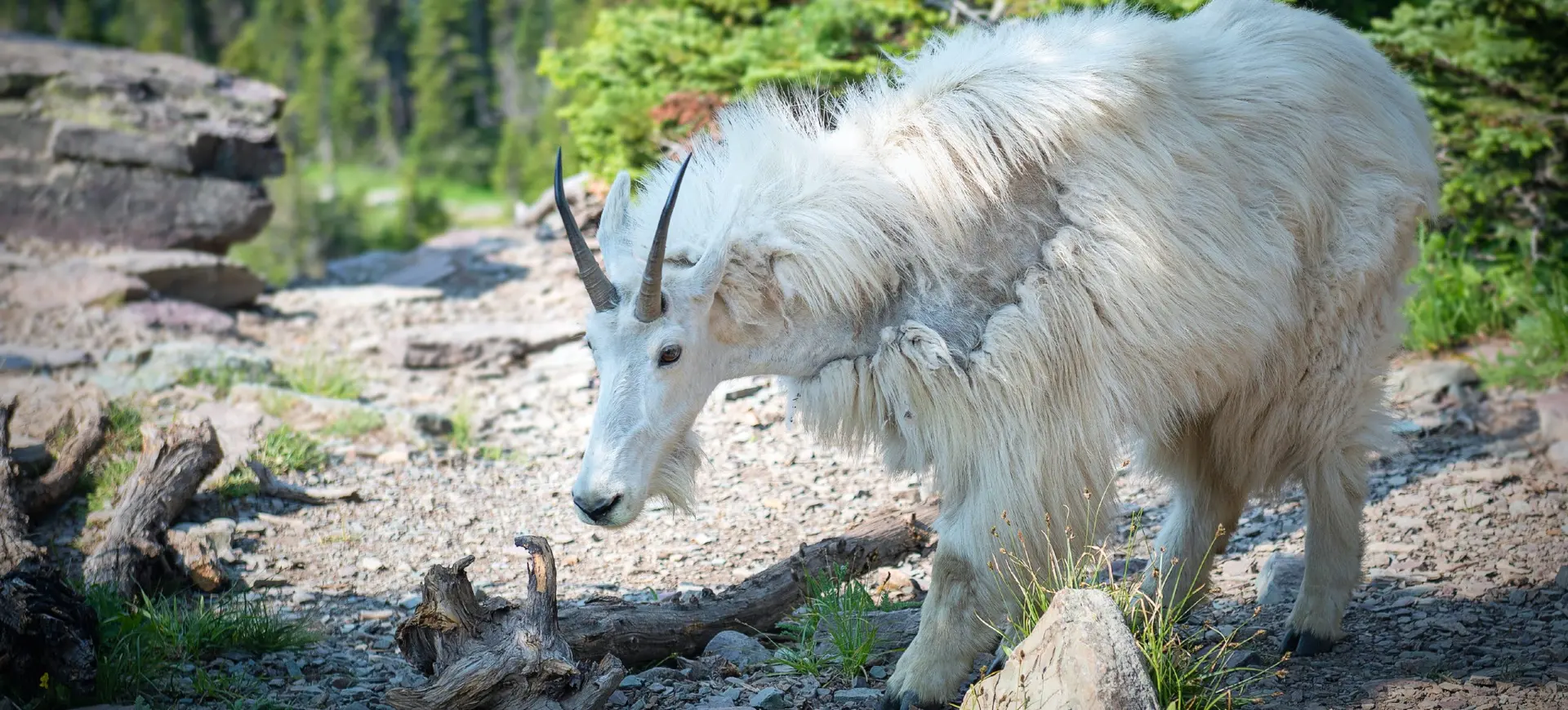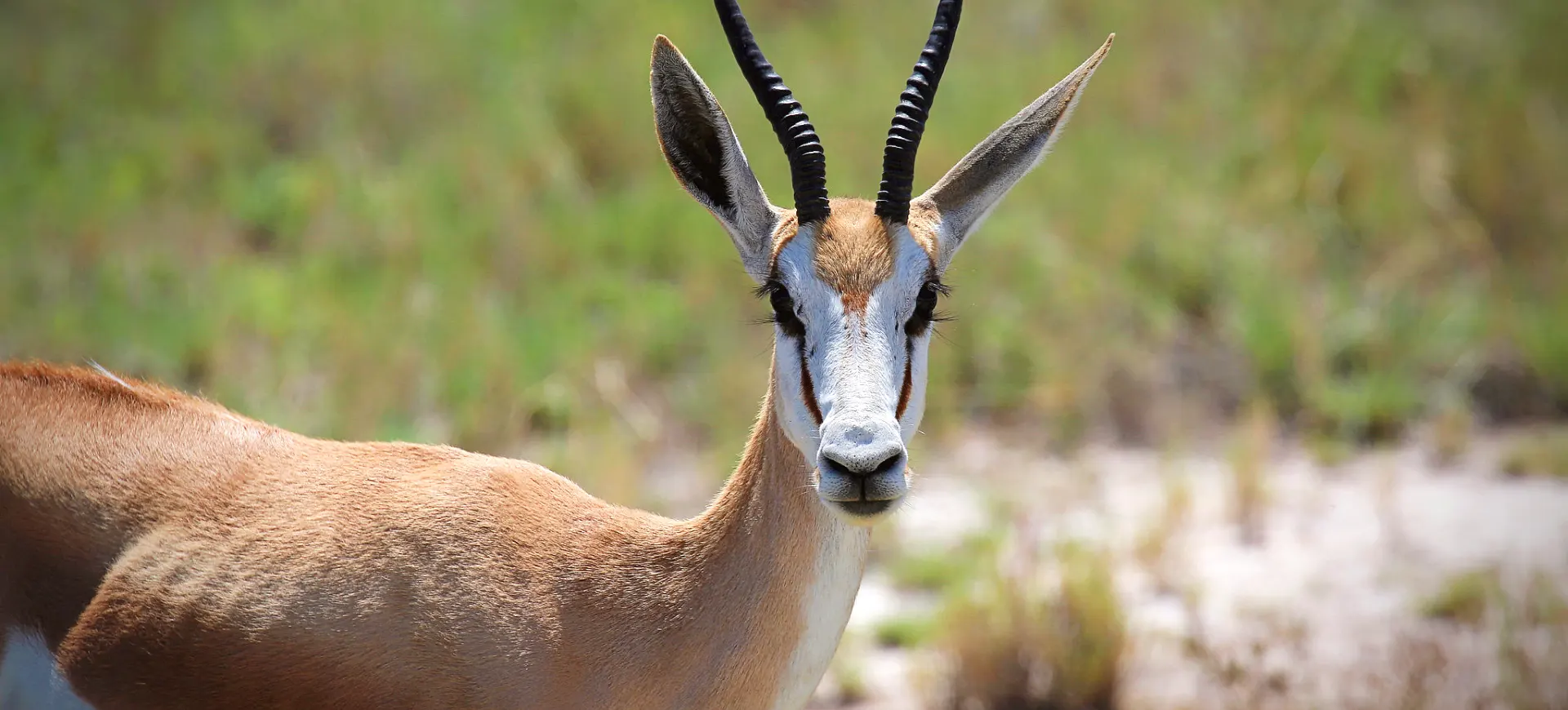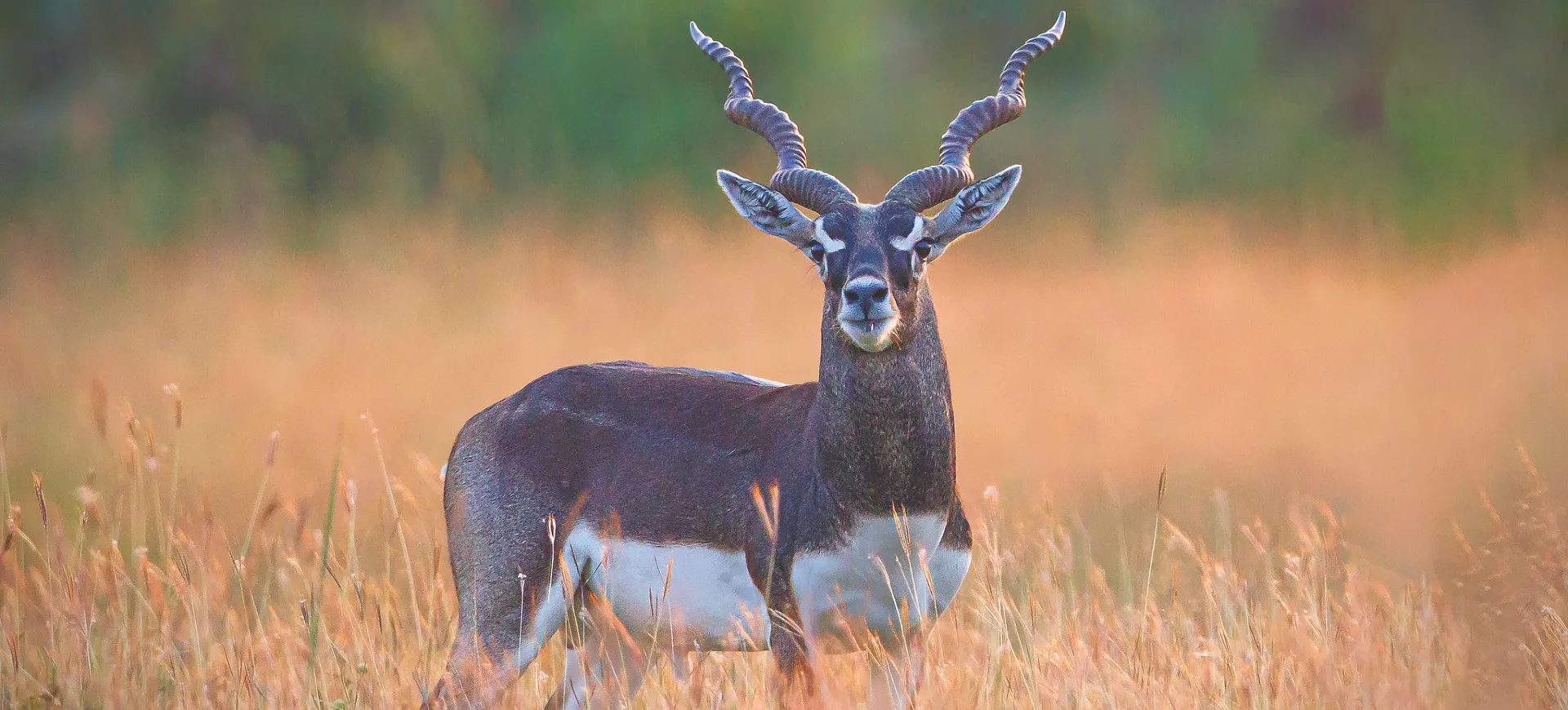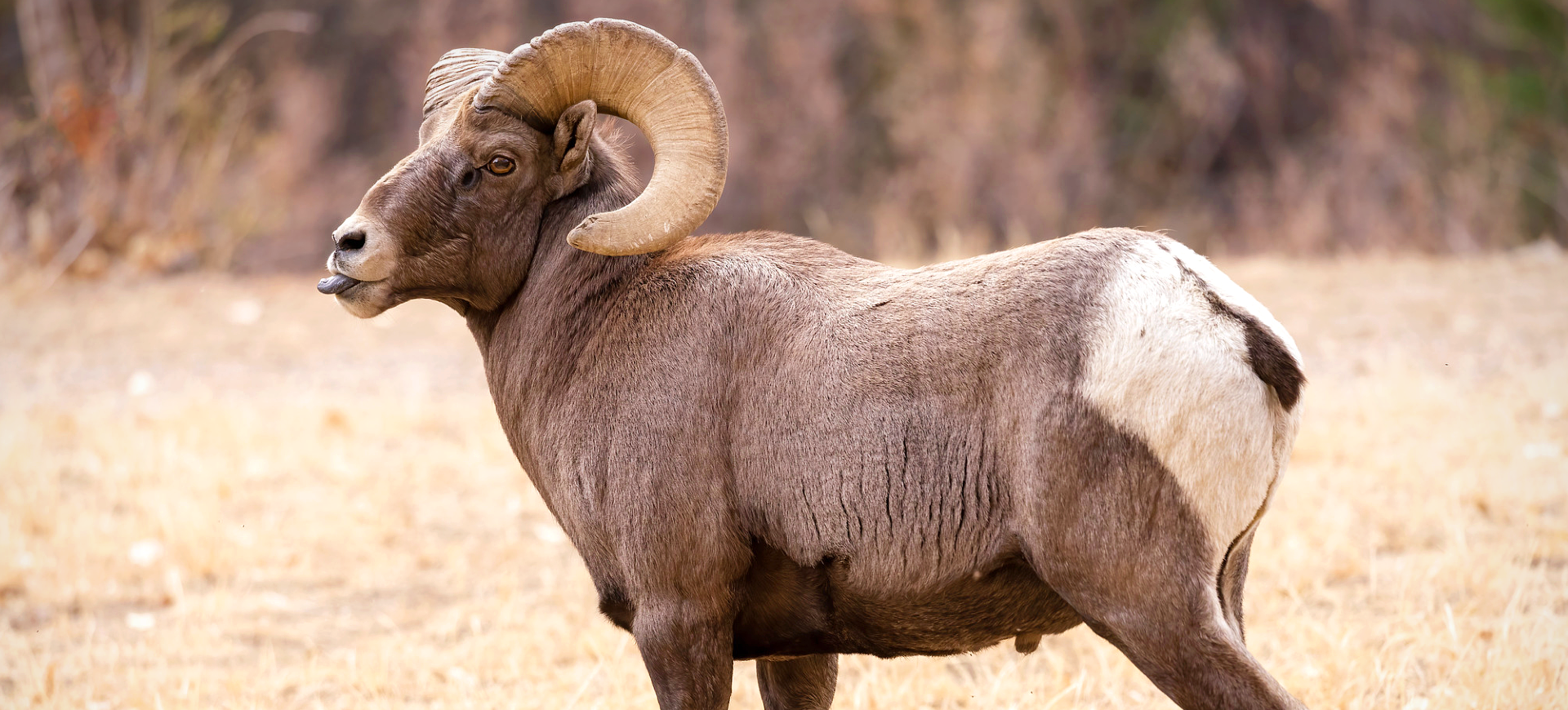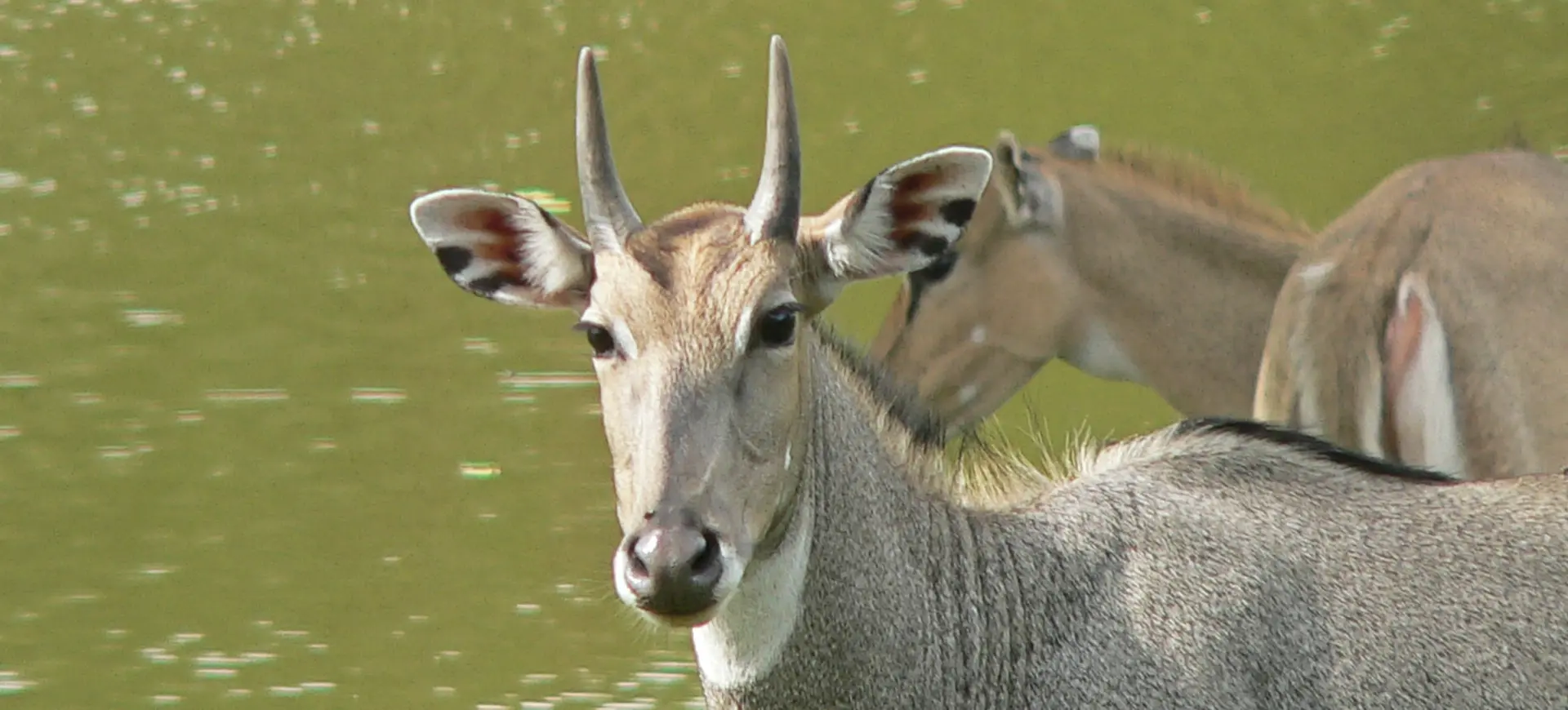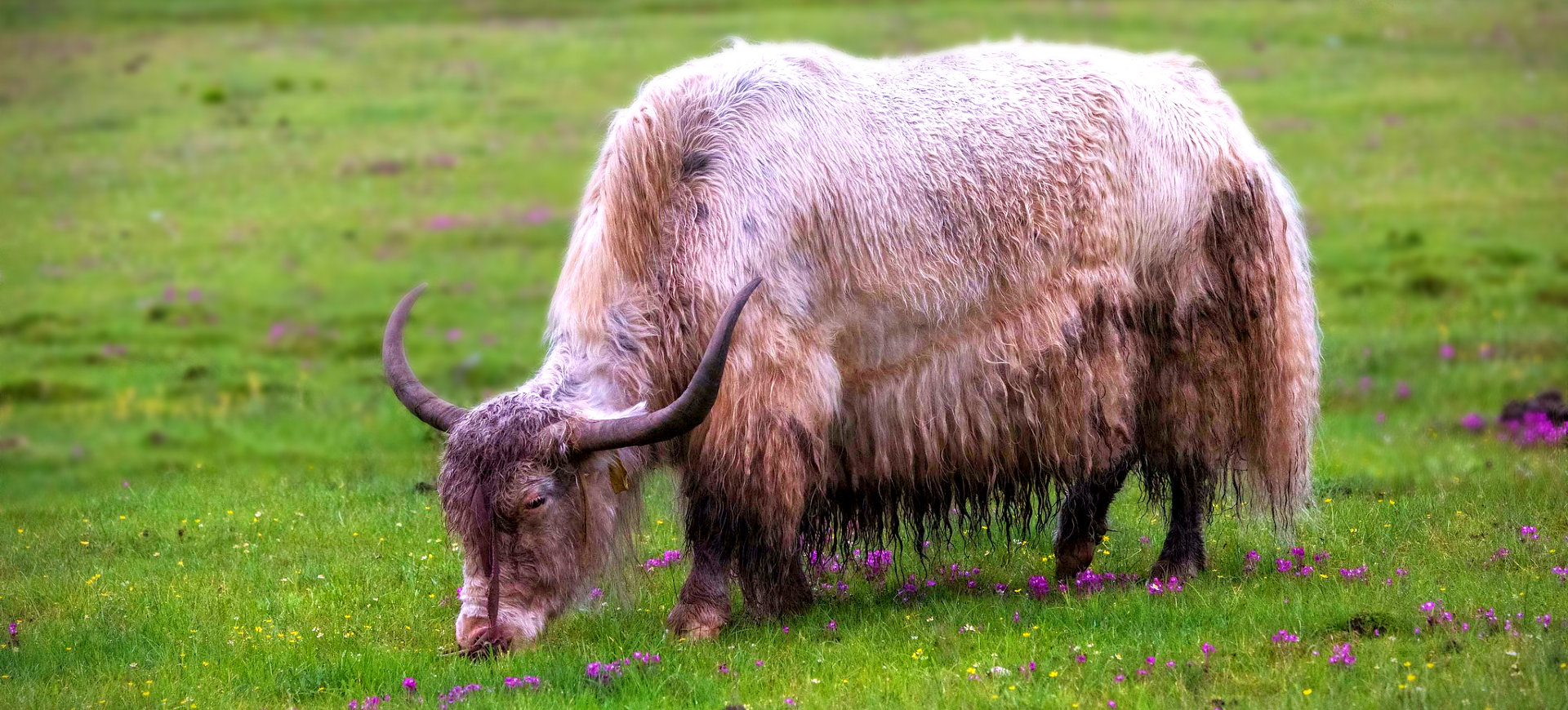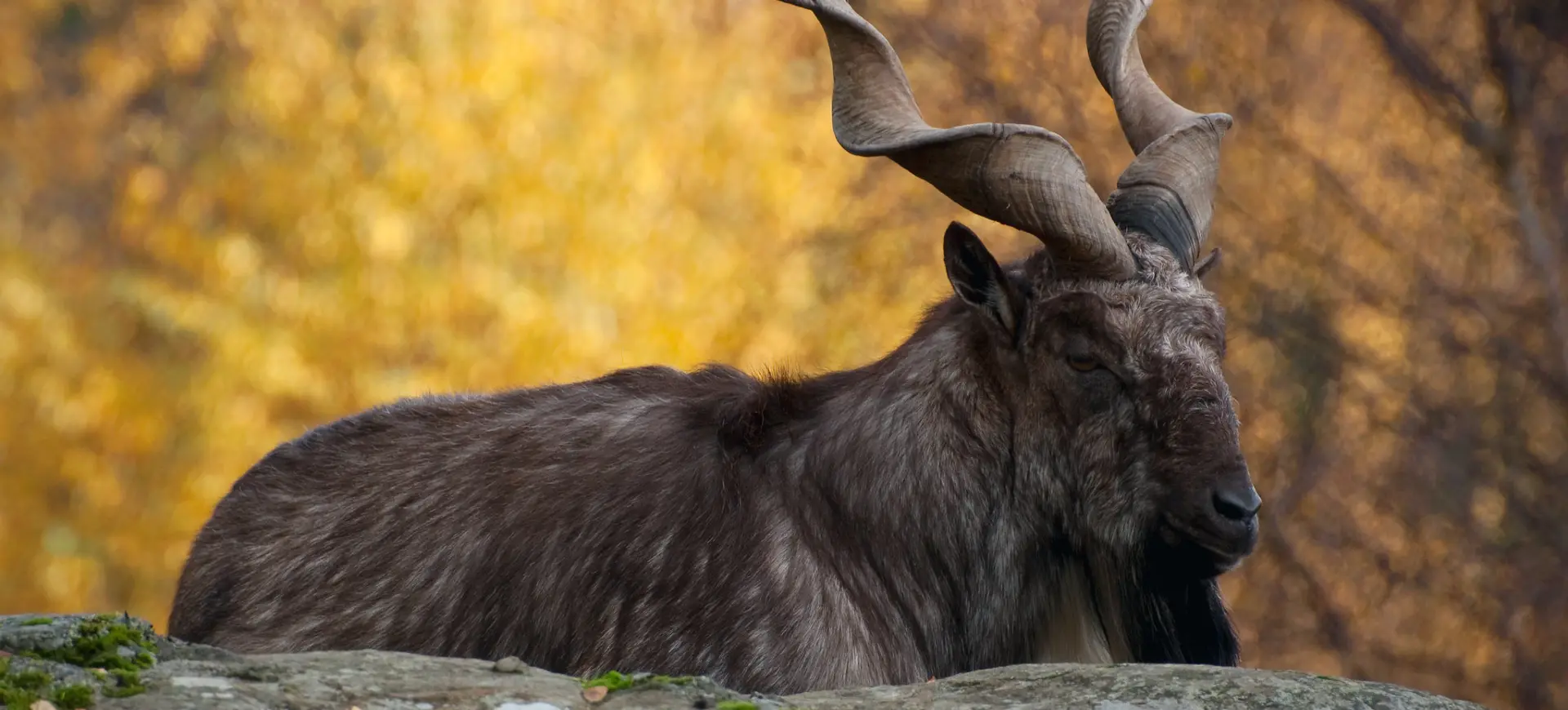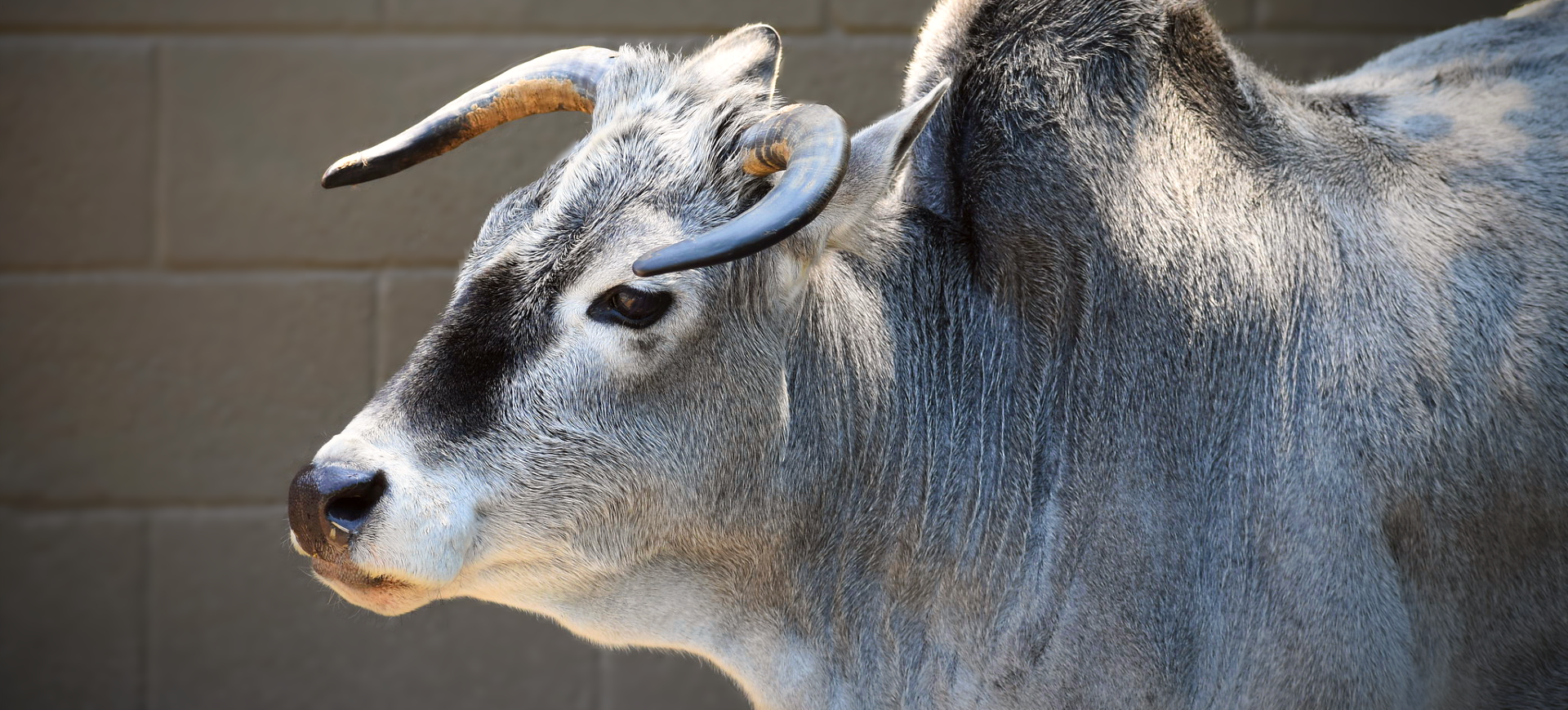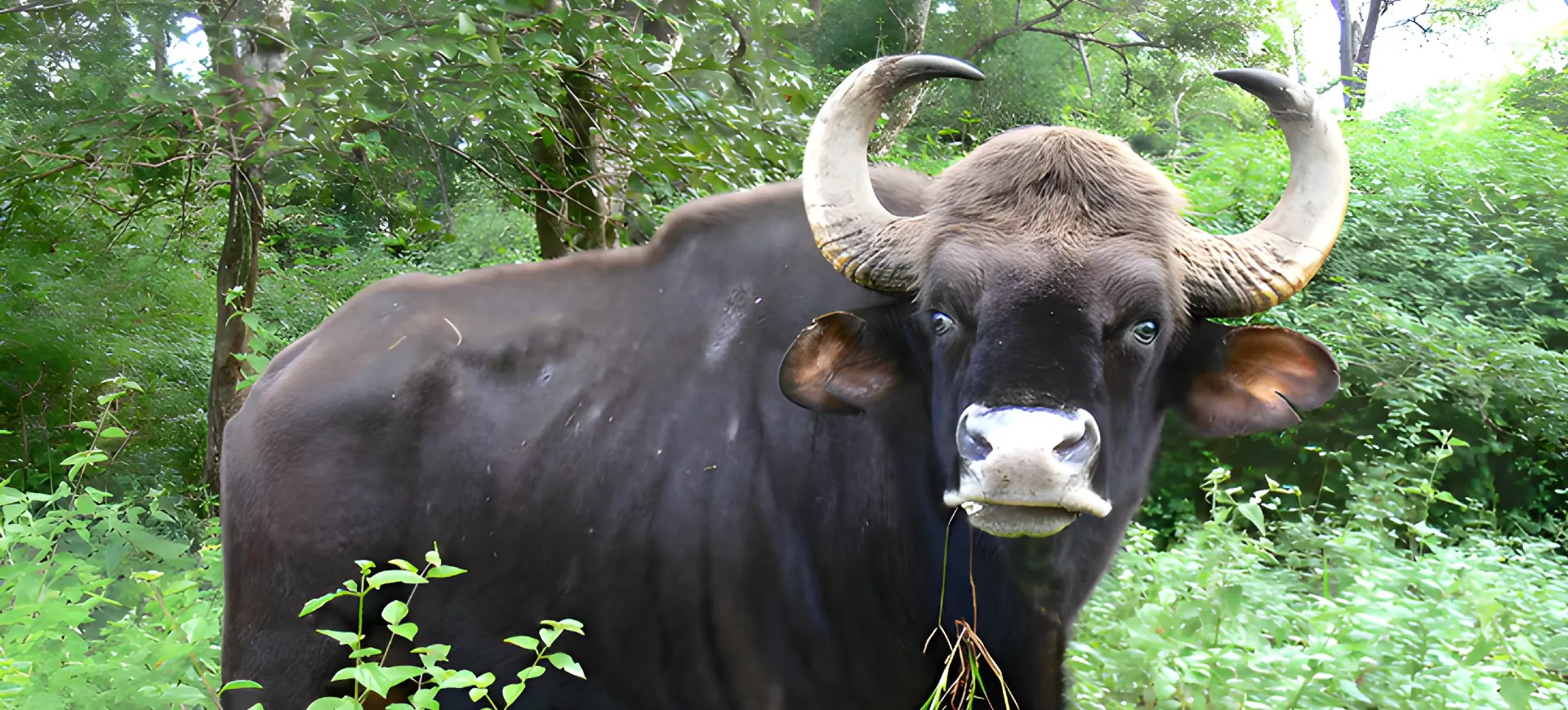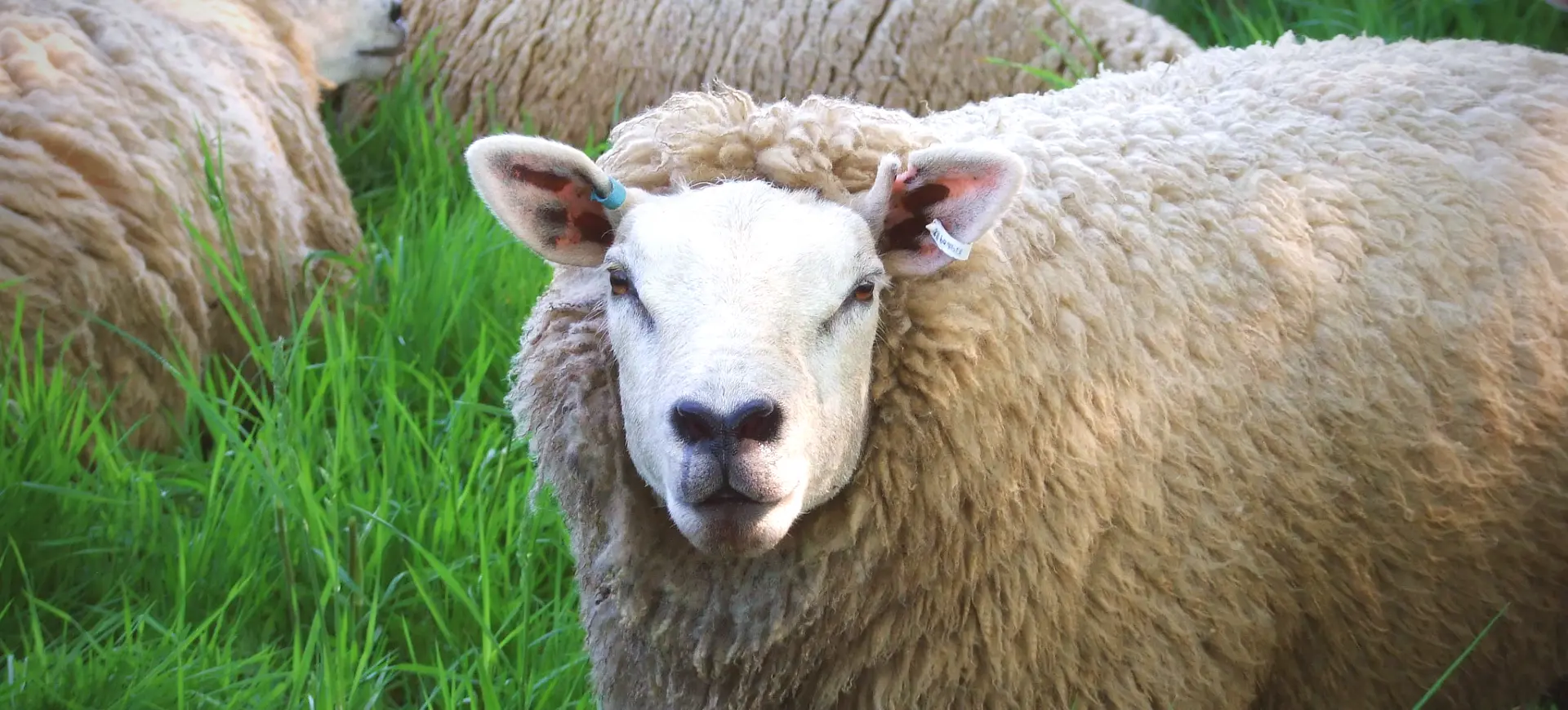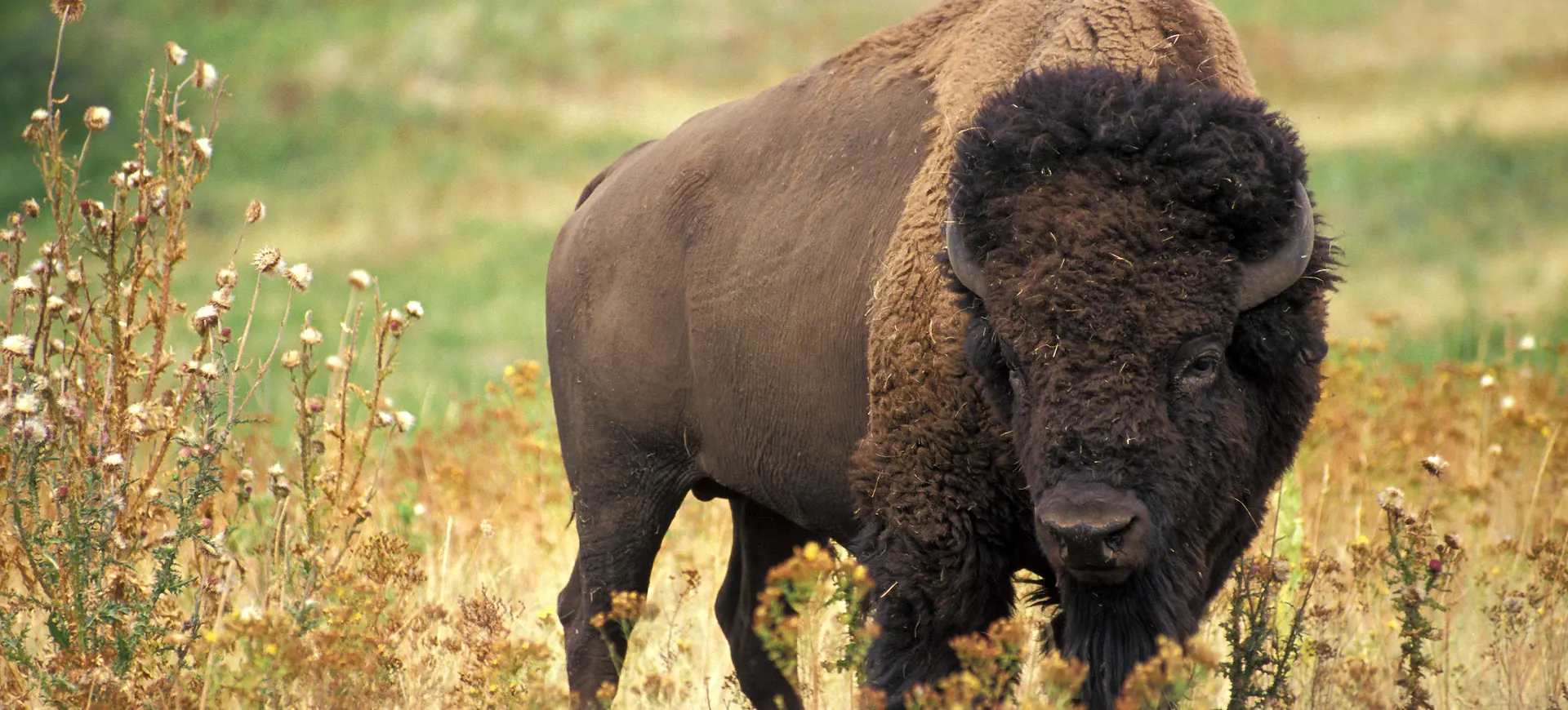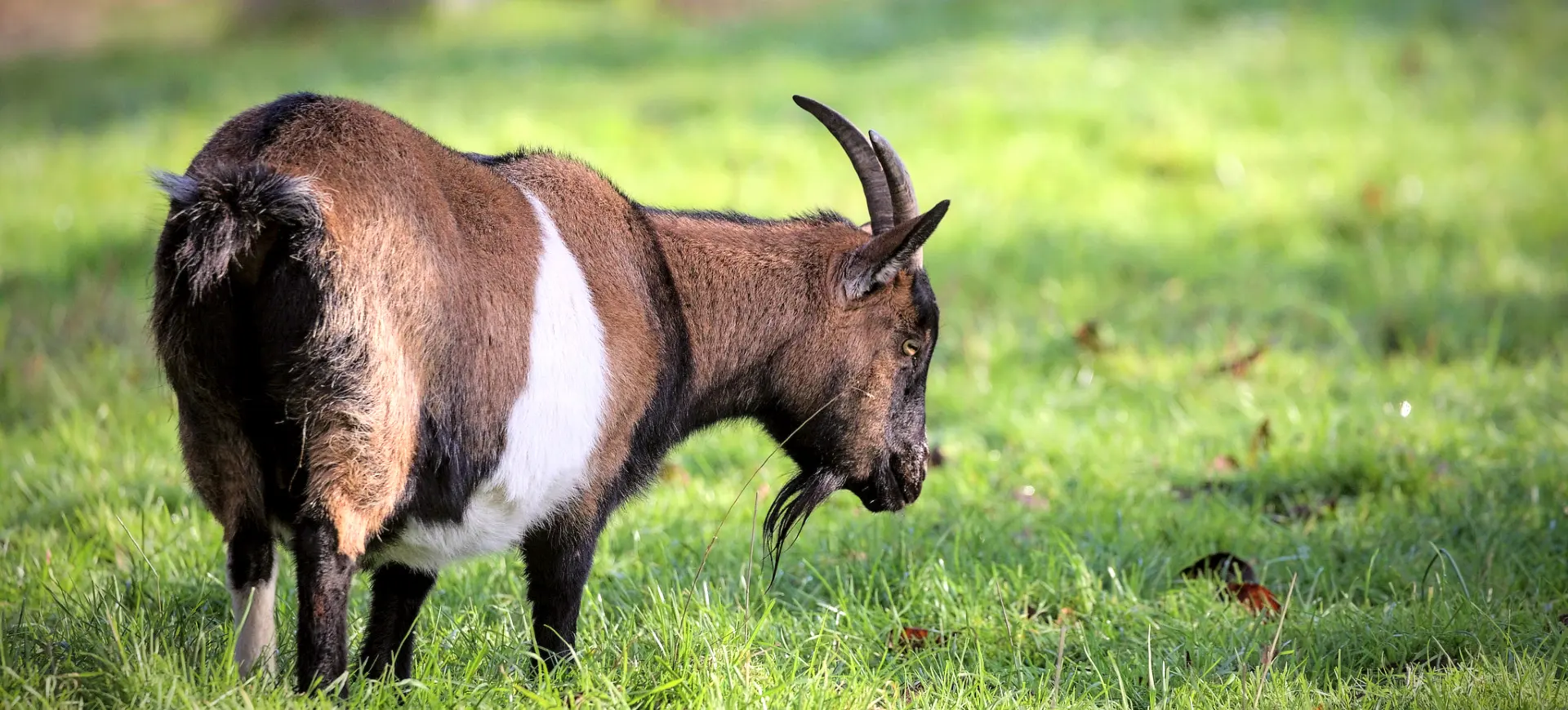Overview
The muskox is a sizeable, hoofed mammal predominantly distributed in the Arctic areas of North America, particularly in Canada and Alaska, as well as in Greenland. It has evolved specific physical features to cope with the harsh Arctic environment. One of its most distinctive attributes is its long, shaggy fur, which effectively provides insulation against extremely low temperatures. This fur consists of a coarse outer layer and a soft, dense undercoat that traps heat.
The animal is further distinguished by its prominent curved horns. These horns are a defining physical feature and serve practical purposes, such as defense against predators and during intraspecific competition among males during the mating season. Interestingly, despite its name suggesting a relationship to oxen, the muskox is a member of the Bovidae family, making it more closely related to goats and sheep.
In ecological terms, the muskox plays a crucial role in the Arctic ecosystems it inhabits. It contributes to nutrient cycling by grazing on local vegetation and thus aiding in the dispersal of plant seeds. Moreover, the muskox is an essential prey item for apex predators in the Arctic region, such as wolves and occasionally bears. By fulfilling this role in the food web, the muskox helps maintain the overall health and balance of its native ecosystems.
Taxonomy
Kingdom
Phylum
Class
Order
Family
Genus
Species
Sub Species
Type
Physical Description:
Thanks to their specialized fur, Muskoxen are well-equipped for life in extreme cold. This fur comprises two distinct layers: a soft, insulating undercoat known as qiviut and a more extended, coarser outer layer. The dual-layer fur structure enables these mammals to withstand the harsh Arctic temperatures effectively.
In terms of physical characteristics, one of the most notable features of the muskox is its pair of curved horns. These can span more than 24 inches across and are generally more pronounced in males. Adult male muskoxen are also typically larger and heavier than females, adding another layer of sexual dimorphism within the species.

Lifespan: Wild: ~12 Years || Captivity: ~20 Years

Weight: Male: 600-900 lbs (272-408 kg) || Female: 400-700 lbs (181-317 kg)

Length: Male: 72-98 inches (183-249 cm) || Female: 64-84 inches (163-213 cm)

Height: Male: 50-60 inches (127-152 cm) || Female: 44-54 inches (112-137 cm)

Top Speed: 25 mph (40 km/h)
Characteristic:
Native Habitat:
The muskox is indigenous to the Arctic, predominantly occupying areas in Alaska, Canada, and Greenland. These animals are adapted to survive in the severe cold, often residing in tundra landscapes marked by permafrost, scarce tall vegetation, and extreme temperatures. Their specialized fur and diet enable them to thrive in such challenging habitats.
Beyond their natural range, muskoxen can also be found in certain Arctic islands where they have been introduced or reintroduced as part of conservation initiatives. These efforts aim to bolster declining populations and to reestablish the species in areas where they were once native but had disappeared due to various factors such as hunting and habitat loss.
Climate Zones:
Biomes:
WWF Biomes:
Biogeographical Realms:
Continents:
Countries:
Diet:
Diet & Feeding Habits:
Muskoxen are herbivorous animals adapted to the sparse vegetation of their Arctic habitat. During warmer summers, their diet predominantly consists of grasses, sedges, and forbs. This season, these plants are more abundant, allowing the muskoxen to feed more easily and store energy for the harsh winter months ahead.
In the winter, muskoxen face a significant reduction in available plant food sources. As a result, they turn to woody plants such as willows and various types of shrubs to sustain themselves. Their specialized four-chambered stomachs enable them to efficiently break down these tougher plant materials, maximizing nutrient extraction and aiding their survival during these leaner months.
Mating Behavior:
Mating Description:
Muskoxen participate in a polygynous mating system, where dominant males, commonly called bulls, take charge of small herds consisting mainly of females, known as cows, during the breeding season. These bulls engage in intense head-butting contests to establish their rank and secure mating rights. The outcome of these violent confrontations helps to determine which males will have the opportunity to mate with the females in the herd.
The females, or cows, usually have a gestation period of approximately 8.5 months and typically give birth to a single calf. Calving most often occurs in late spring or early summer, when the weather is milder and food is more abundant, increasing the calf’s chances of survival. By the end of their first year, most calves are weaned and start to graze on the Arctic vegetation, just like the adults in their herd.
Reproduction Season:
Birth Type:
Pregnancy Duration:
Female Name:
Male Name:
Baby Name:
Social Structure Description:
Muskoxen exhibit a complex social structure, generally forming small, mixed-sex herds that include both males and females and their young. These herds are hierarchical, with a dominant male usually leading the group. This social organization is crucial for the muskoxen, enabling efficient foraging, mating, and defense against predators.
During winter, these smaller herds often coalesce to form larger aggregations, offering additional protection and social interaction. The herd utilizes specific defensive formations to guard against predators, especially when protecting vulnerable members like calves. This collective behavior is a key survival strategy that allows muskoxen to thrive in their challenging Arctic environments.
Groups:
Conservation Status:
Population Trend:
The current estimated population of wild muskoxen ranges between 80,000 and 125,000 individuals. This population resides in Arctic regions, specifically Canada, Alaska, and Greenland. These numbers have been on an upward trend in certain areas due to targeted conservation efforts, especially in locations where the species had previously been extirpated.
While the overall muskox population is generally considered stable, it faces vulnerabilities. Key threats include habitat loss due to human activity and the overarching impact of climate change, which can alter the fragile ecosystems they rely on for survival. These factors underscore the importance of ongoing conservation initiatives to safeguard this Arctic species.
Population Threats:
Climate change is a pressing concern for the muskox, impacting their cold-adapted physiology and Arctic habitats. As temperatures rise, the environments they have evolved to thrive in change, making it increasingly challenging for these animals to find suitable food and shelter. Disease transmission from domestic livestock is another emerging risk, as warmer conditions may expand the ranges of some pathogens and parasites that can adversely affect muskoxen.
Though mostly regulated in areas where muskoxen are found, hunting still threatens their populations. Overhunting can lead to unsustainable loss of individuals, disrupting herds’ social and reproductive dynamics. Another significant issue is increased human activity, particularly Arctic oil and gas extraction projects. These activities result in habitat loss and introduce other environmental hazards, like pollution, that can be detrimental to muskox populations.
Conservation Efforts:
Muskoxen conservation efforts are multifaceted, focusing largely on habitat protection and promoting sustainable hunting practices. Reintroduction programs have proven effective in bringing the species back to areas from which they had been previously extirpated. In places like Greenland, hunting quotas are strictly implemented to ensure the sustainable management of the species, thereby contributing to its long-term survival.
In addition to these direct conservation measures, educational programs play a crucial role in muskox conservation. Public awareness campaigns, often supported by governmental and non-governmental organizations, aim to educate people about the ecological significance of muskoxen and the urgent need for their protection. These educational initiatives are crucial for garnering public support, which is key to successfully implementing any conservation strategy.
Additional Resources:
Fun Facts
- Muskoxen can survive temperatures as low as -40°F.
- They have a special undercoat called qiviut, which is softer than cashmere.
- During the rut, males engage in head-butting contests to win mating rights.
- The name “muskox” is derived from the musky odor of males during the rutting season.
- They have poor eyesight but excellent senses of smell and hearing.
- Muskoxen is one of the few large mammals in North America following the last Ice Age.
- Their thick skulls can withstand impacts of up to 20 mph.
- They are a primary food source for Arctic predators like wolves.
- Muskoxen use a “defensive circle” strategy to protect their young from predators.
- An adult muskox can consume up to 9.5 lbs of vegetation per day.








